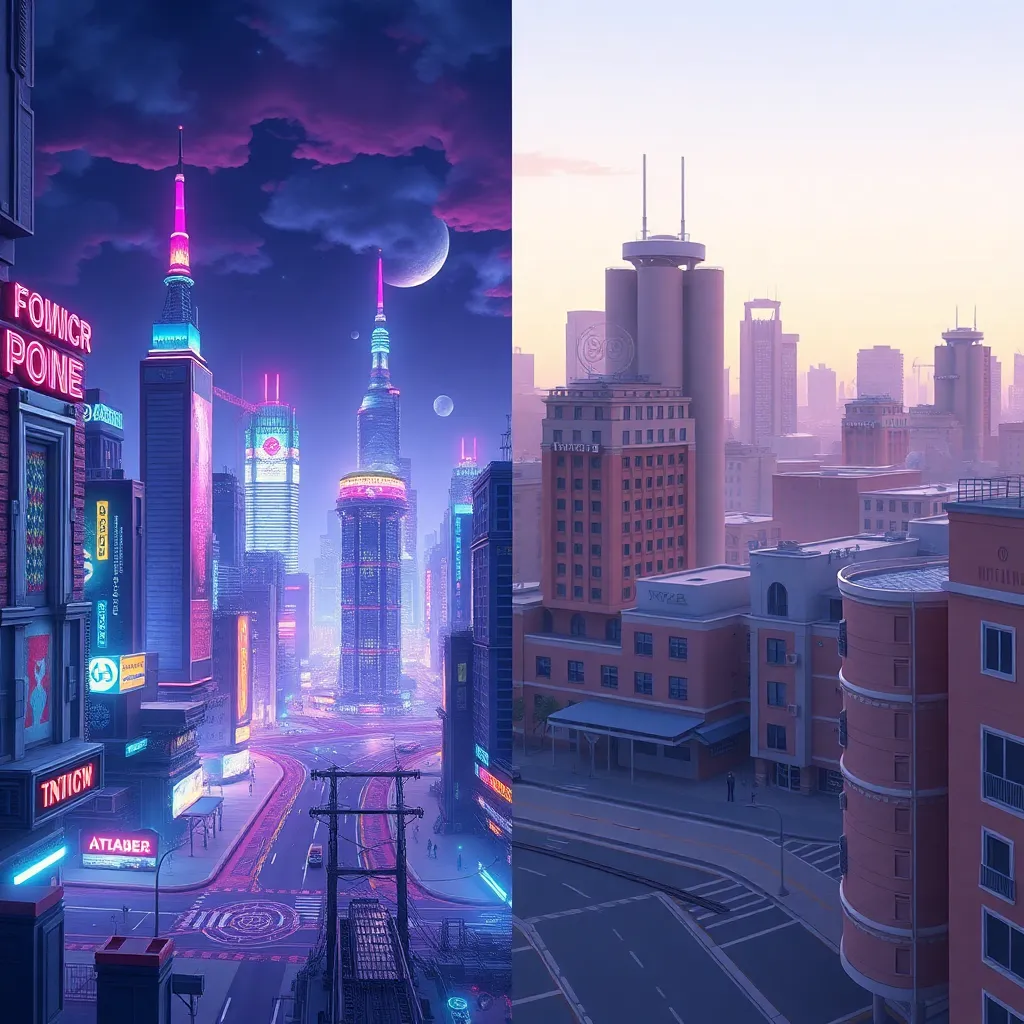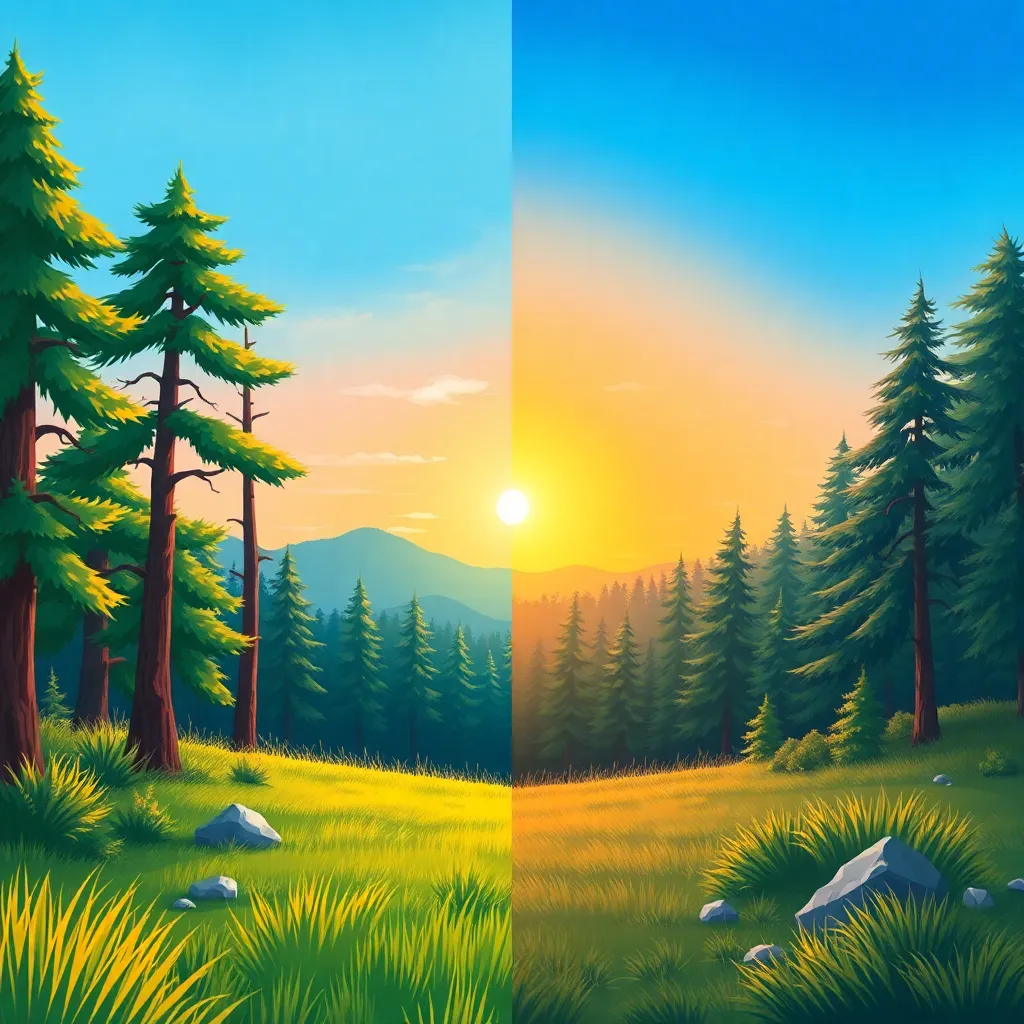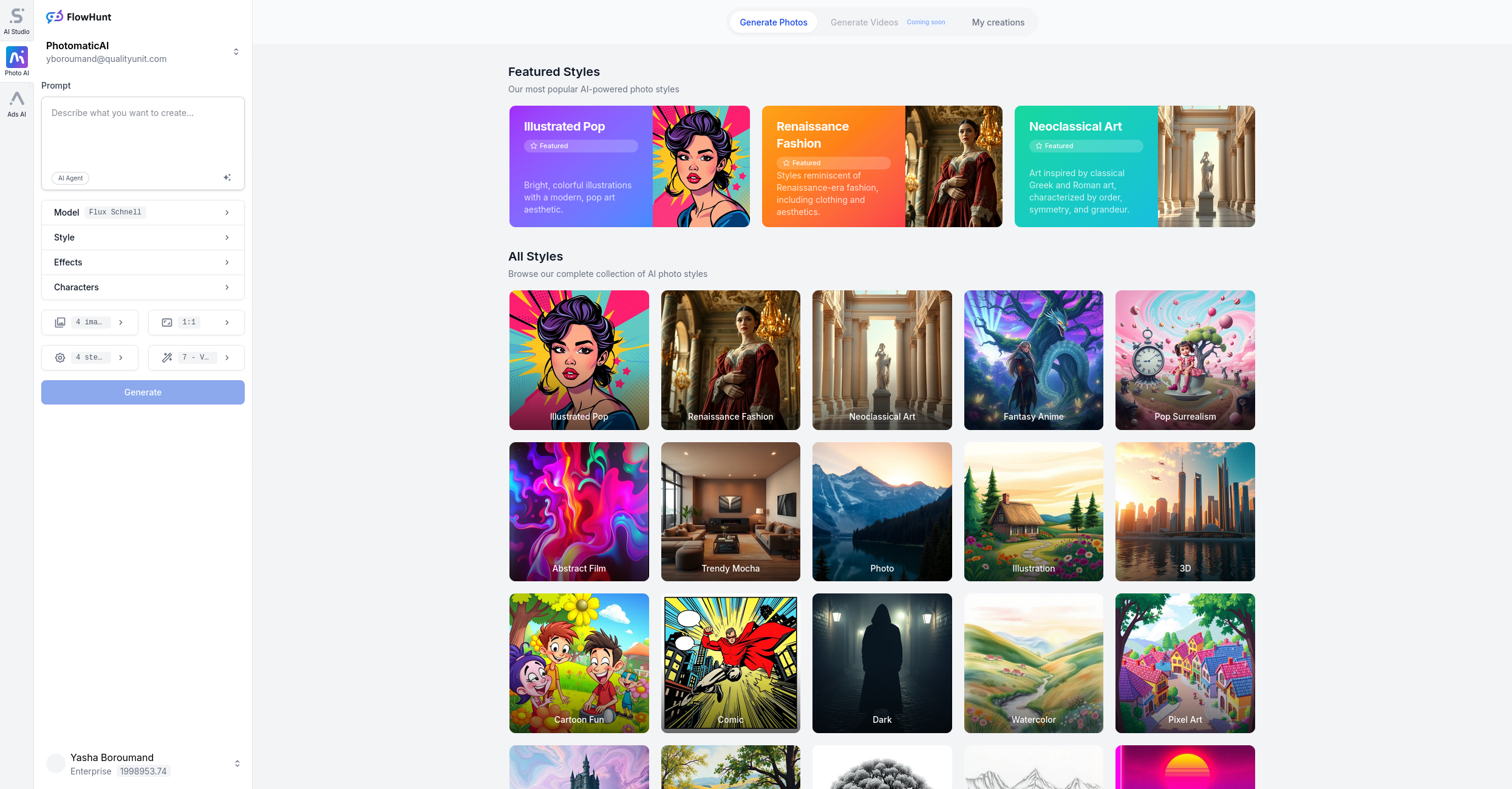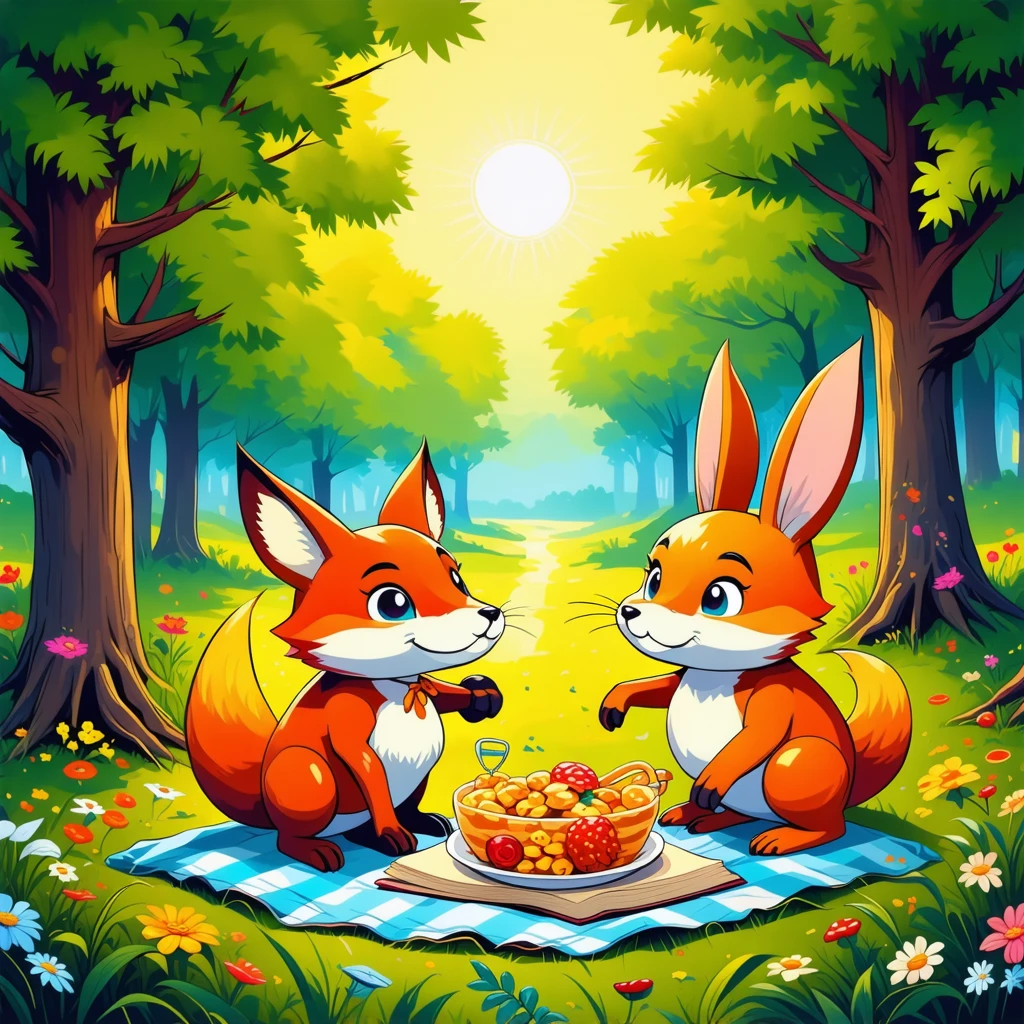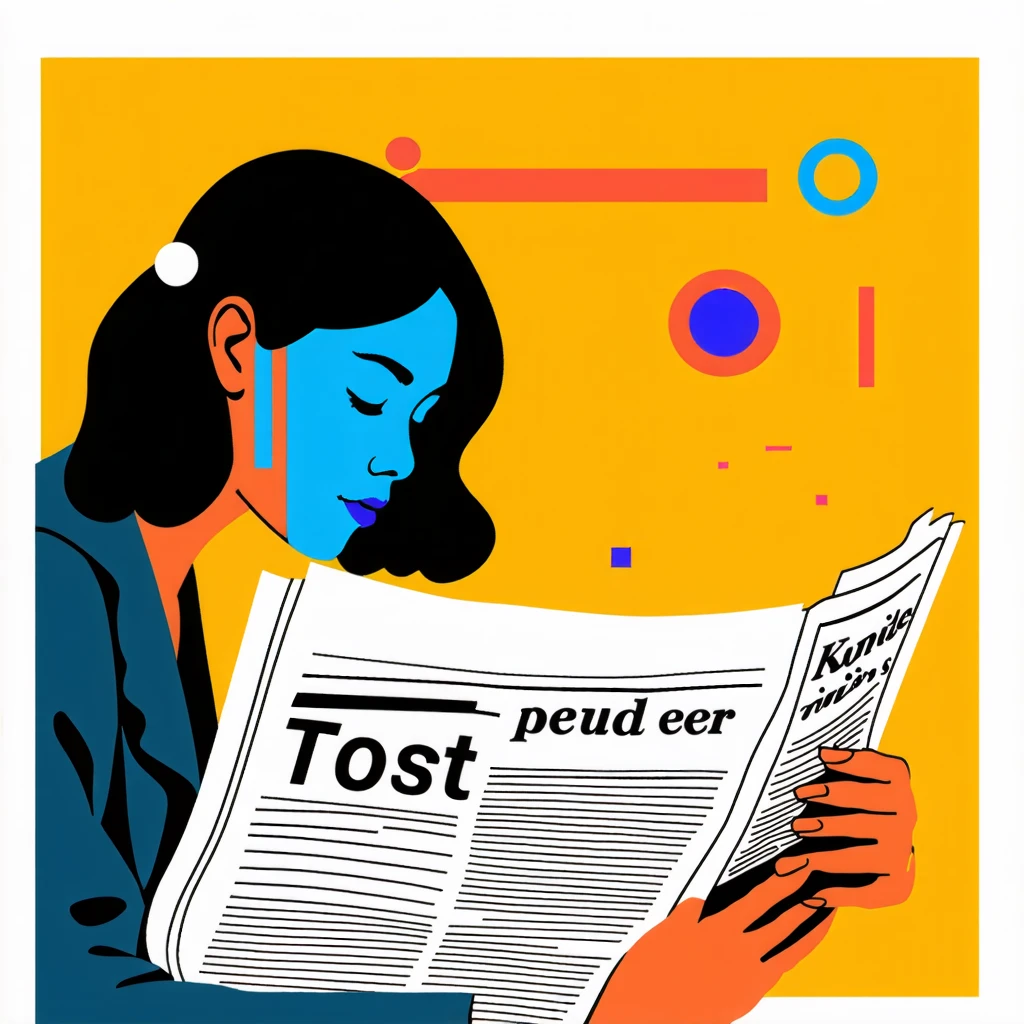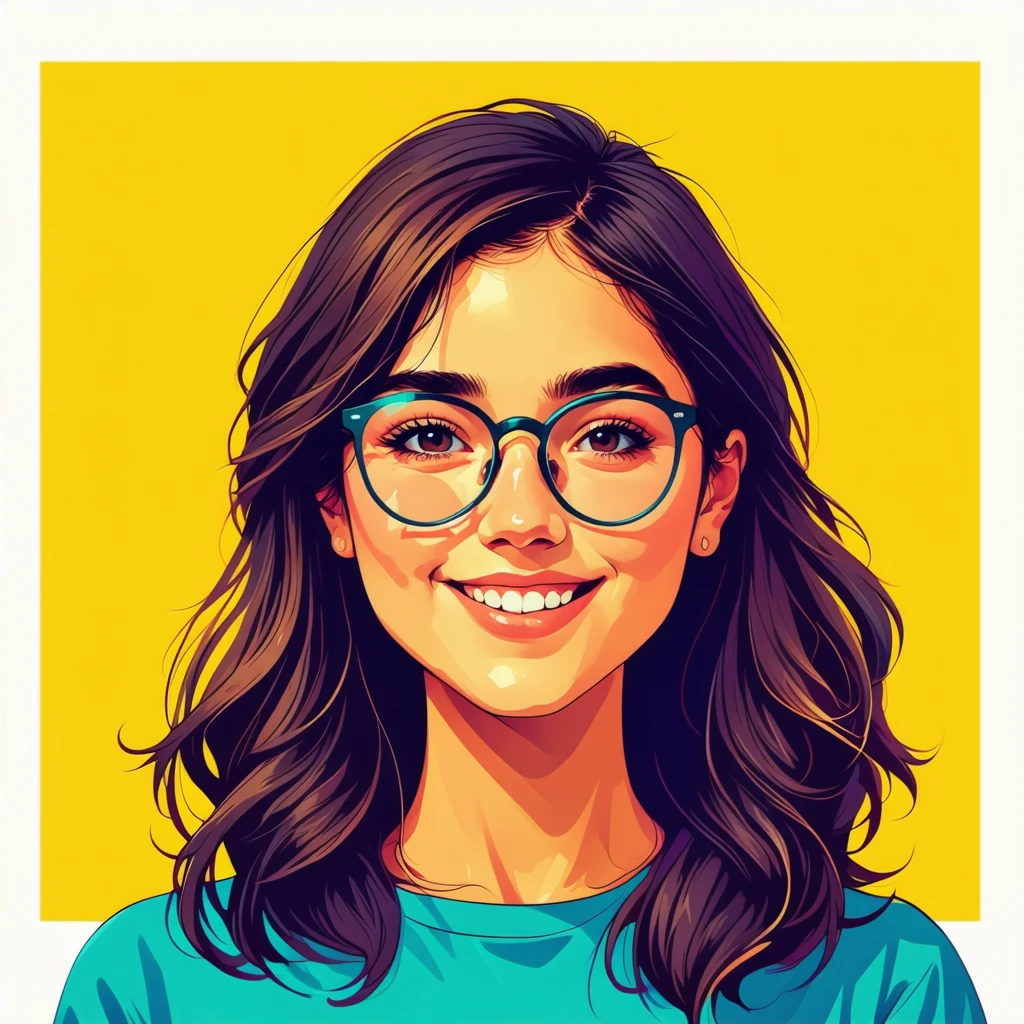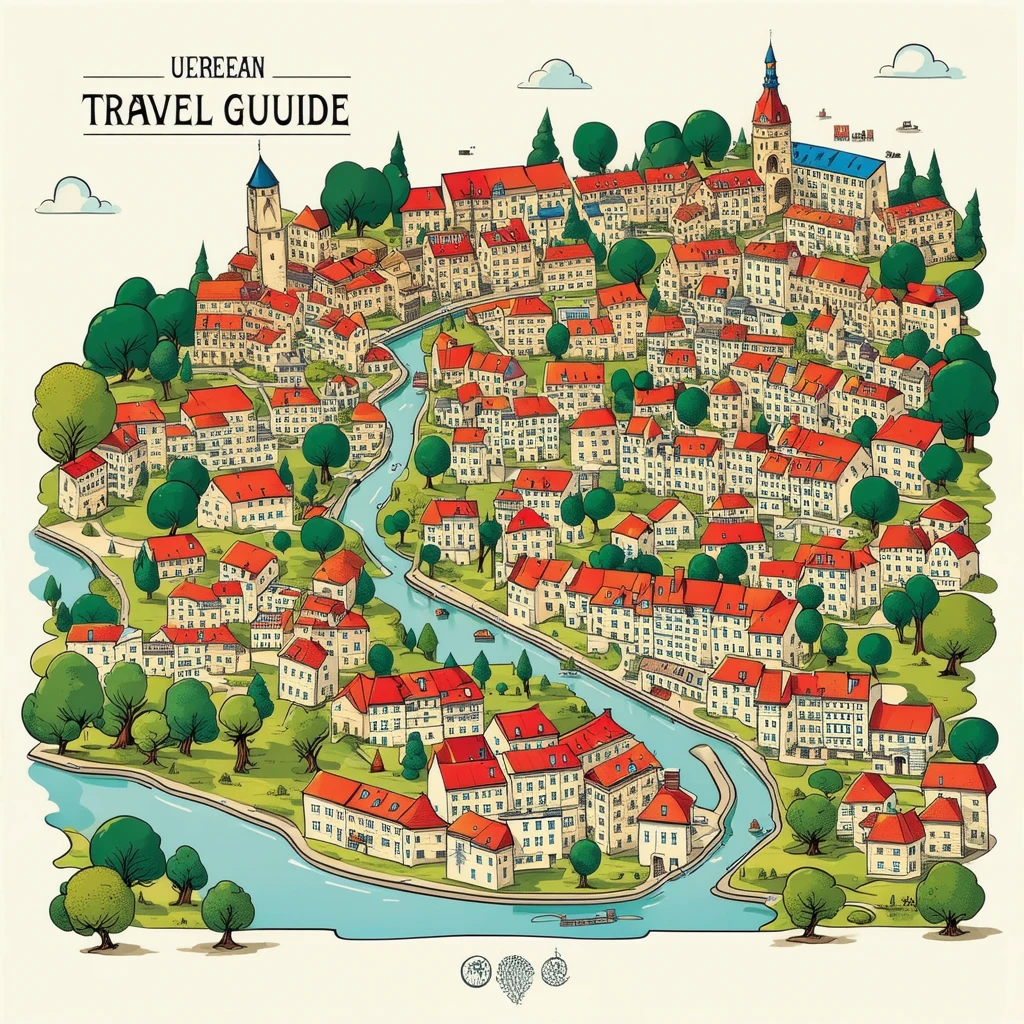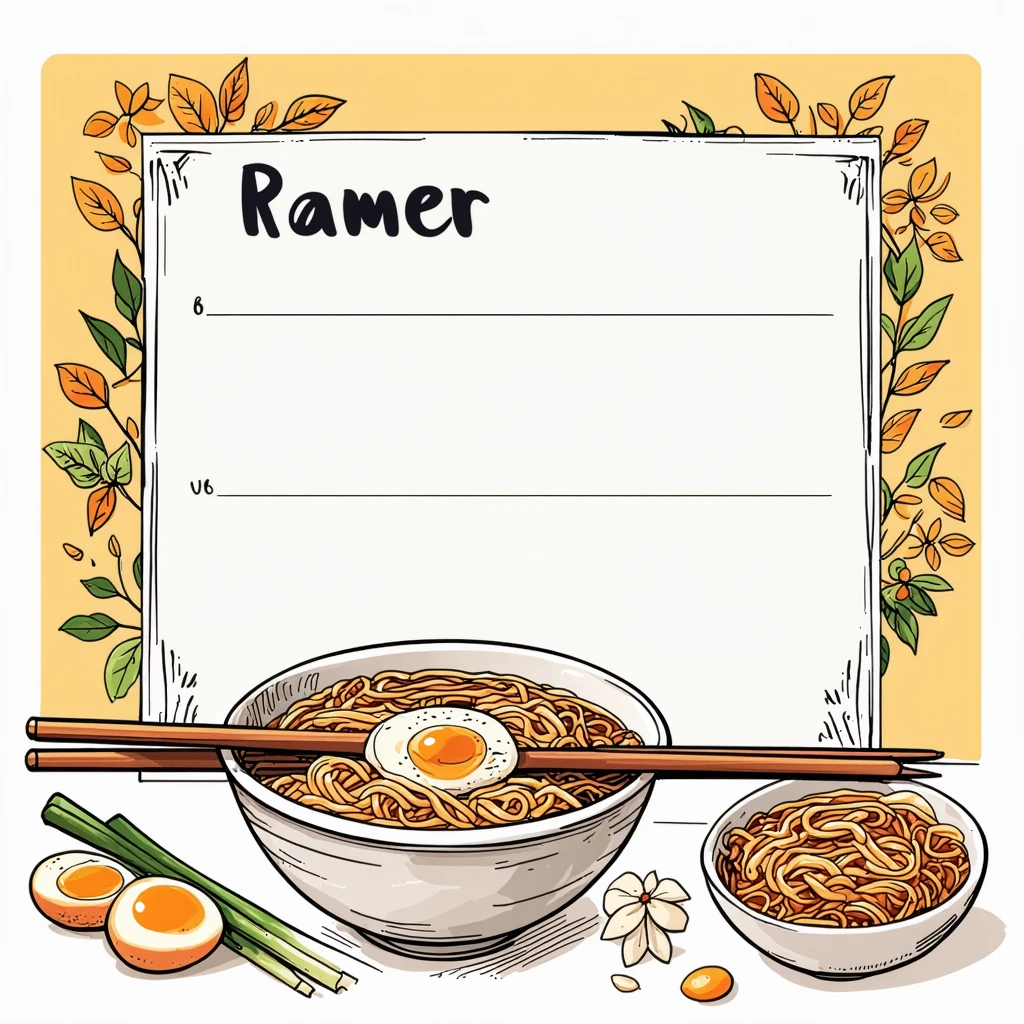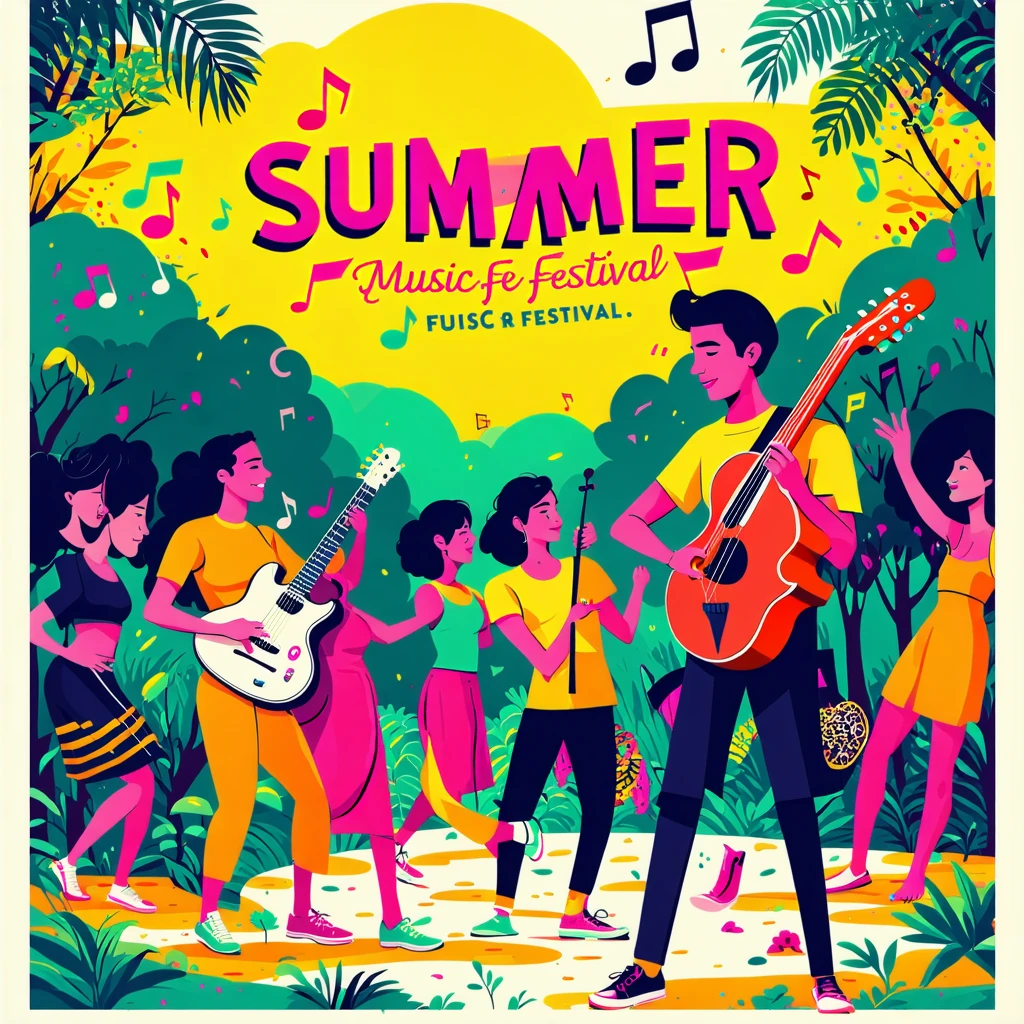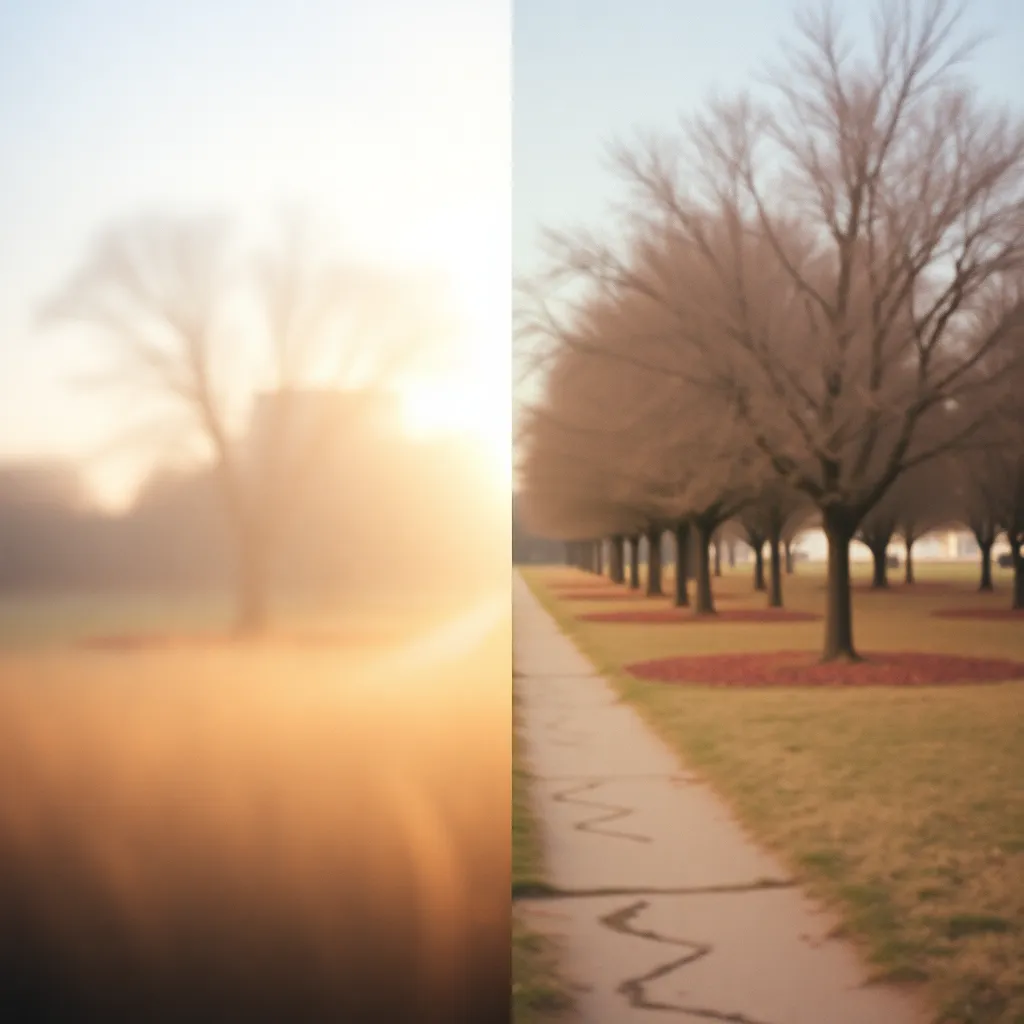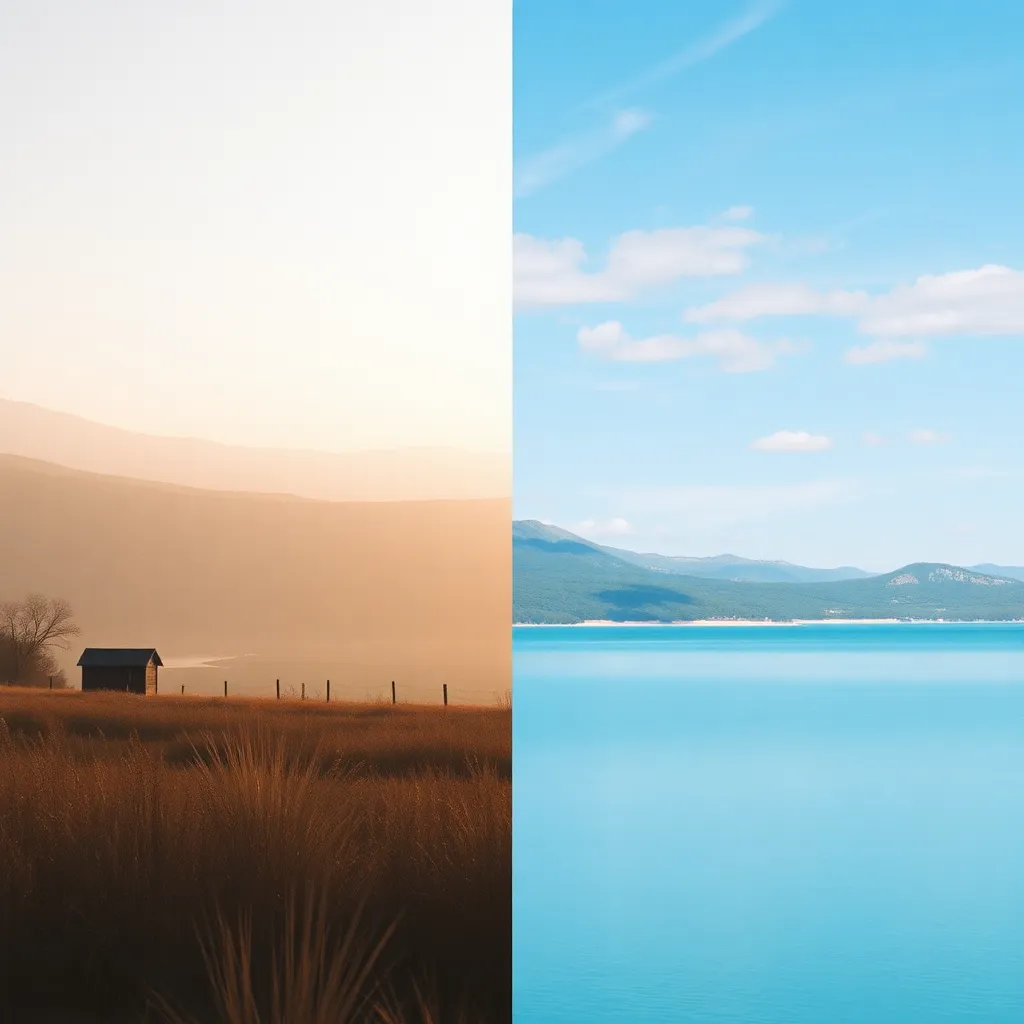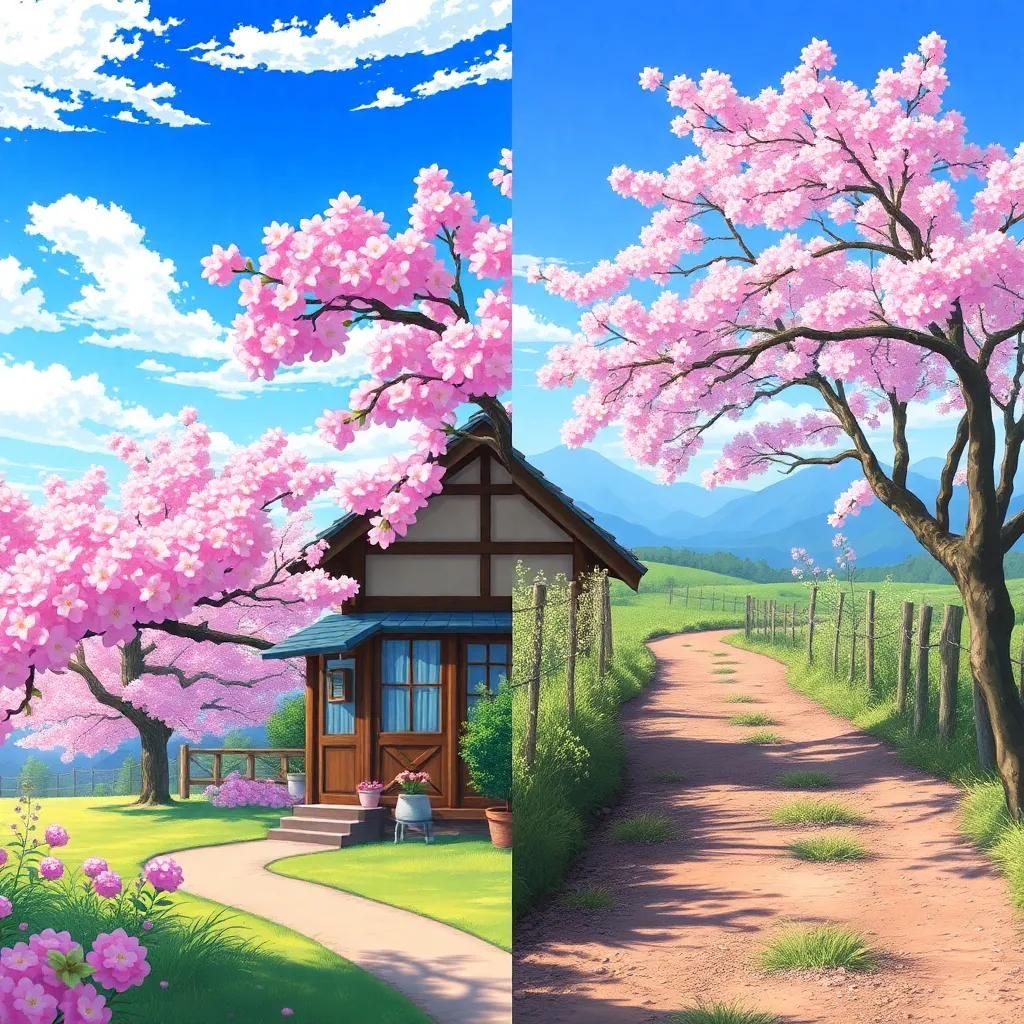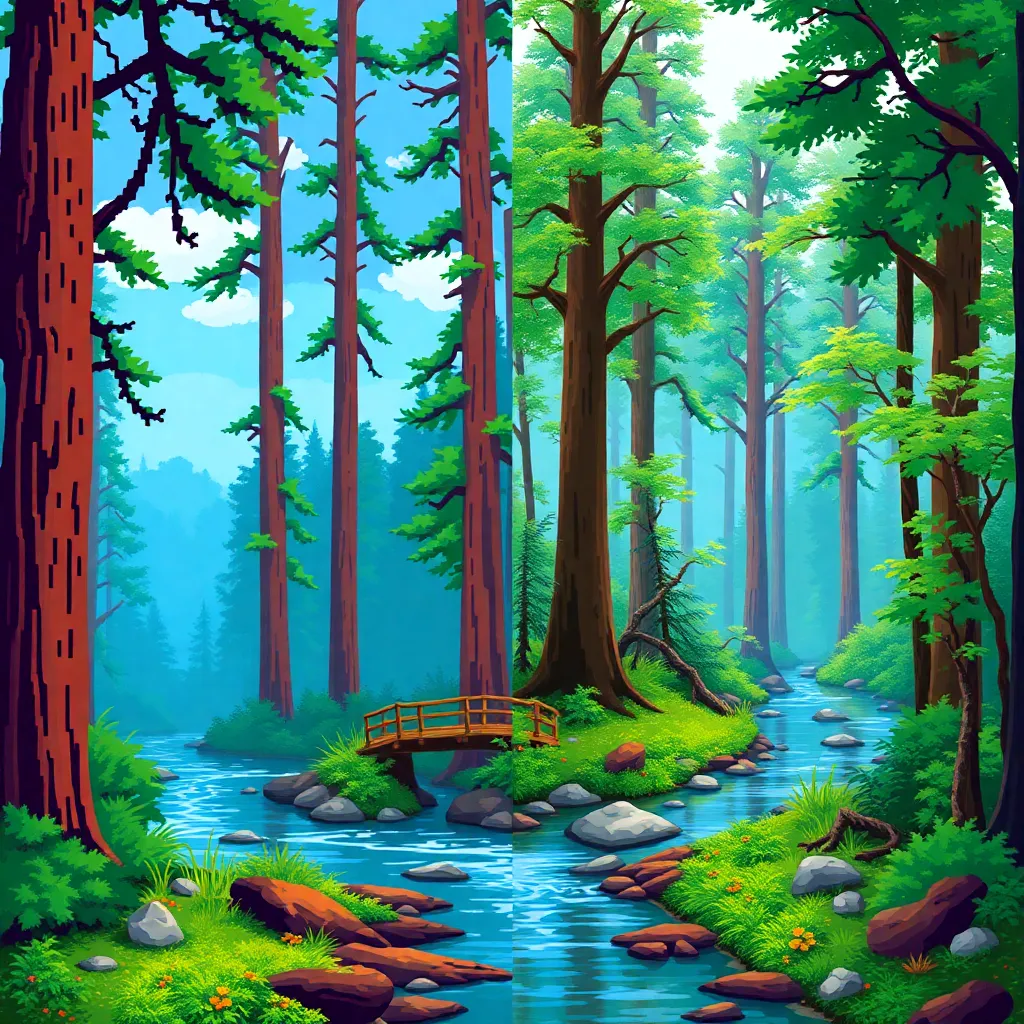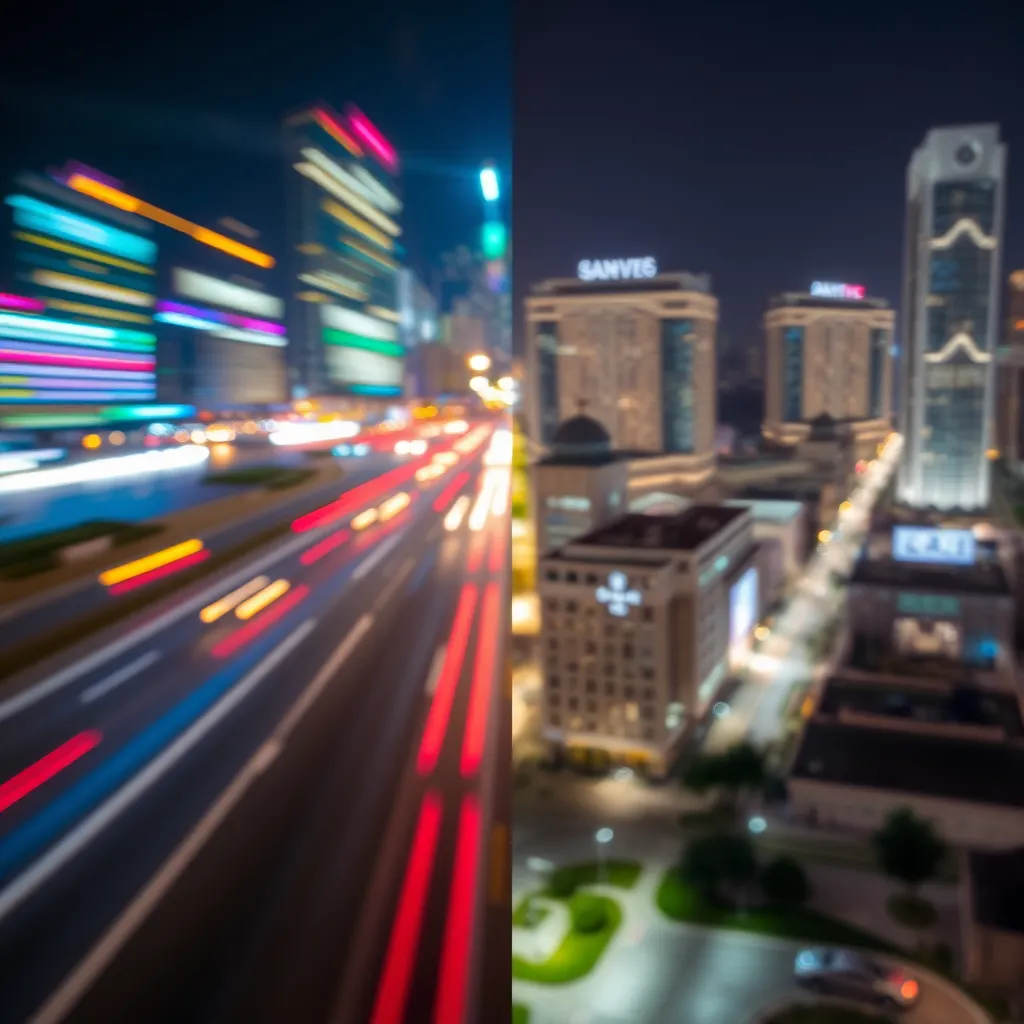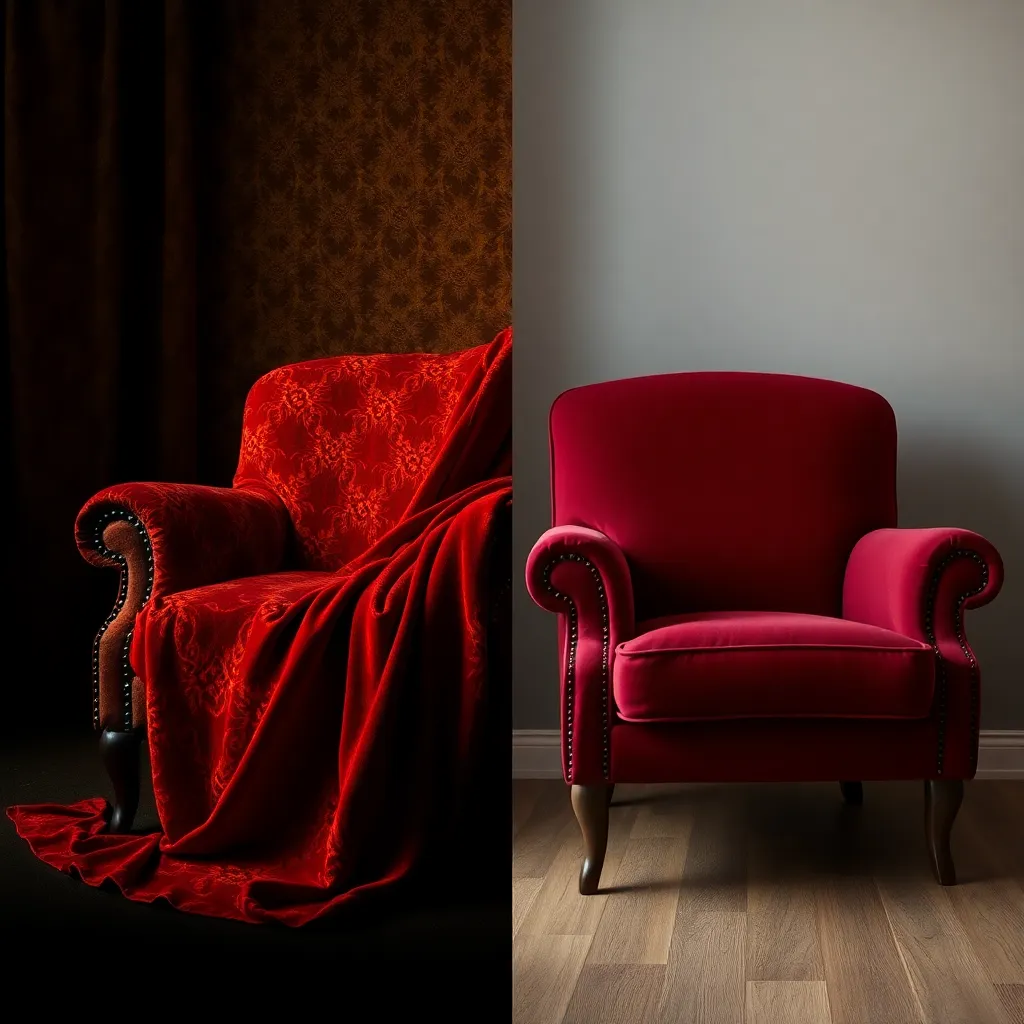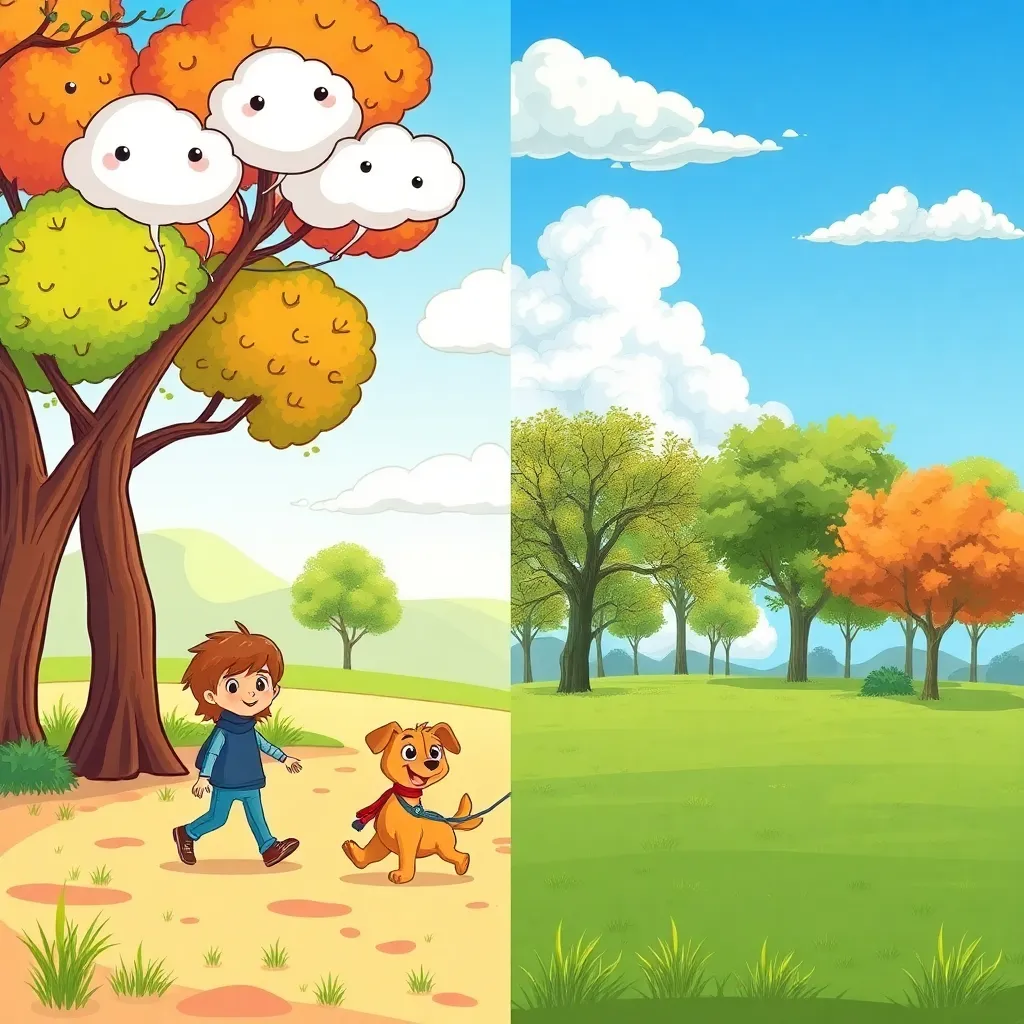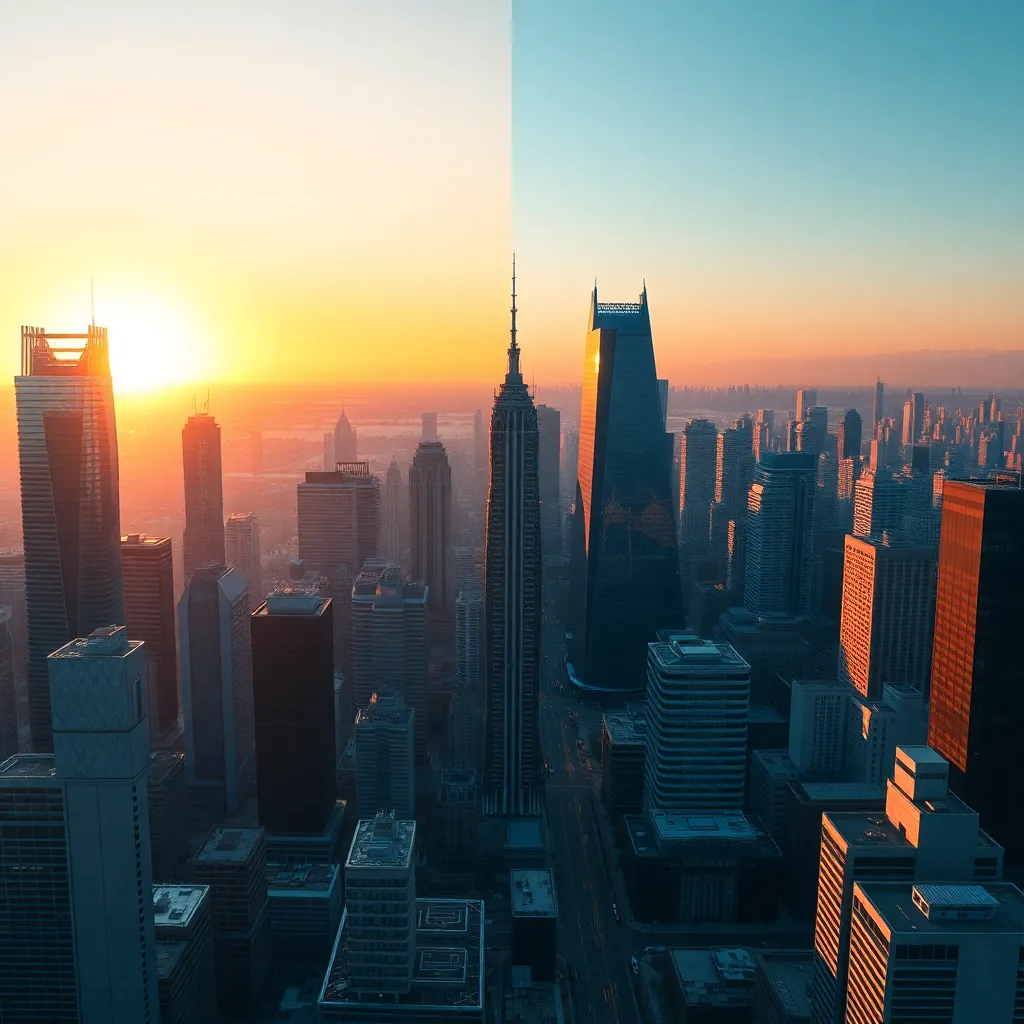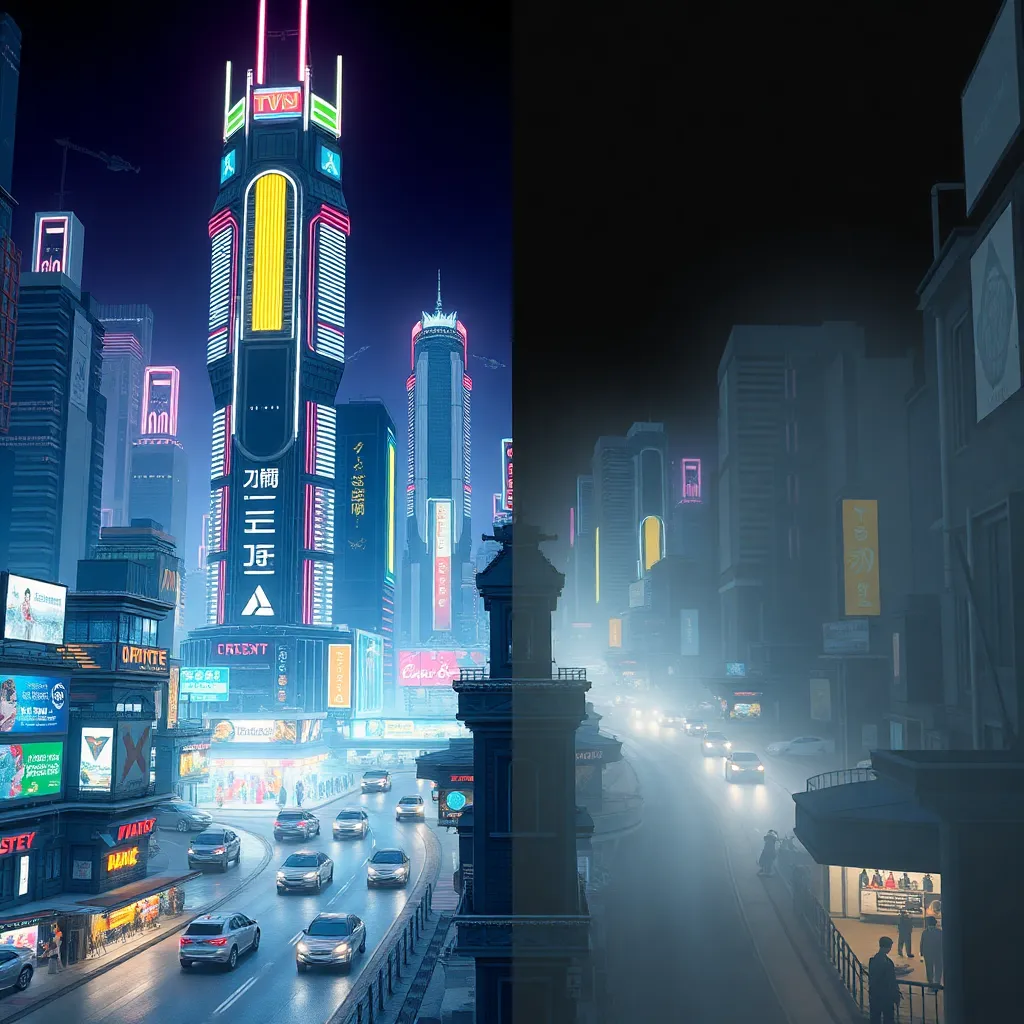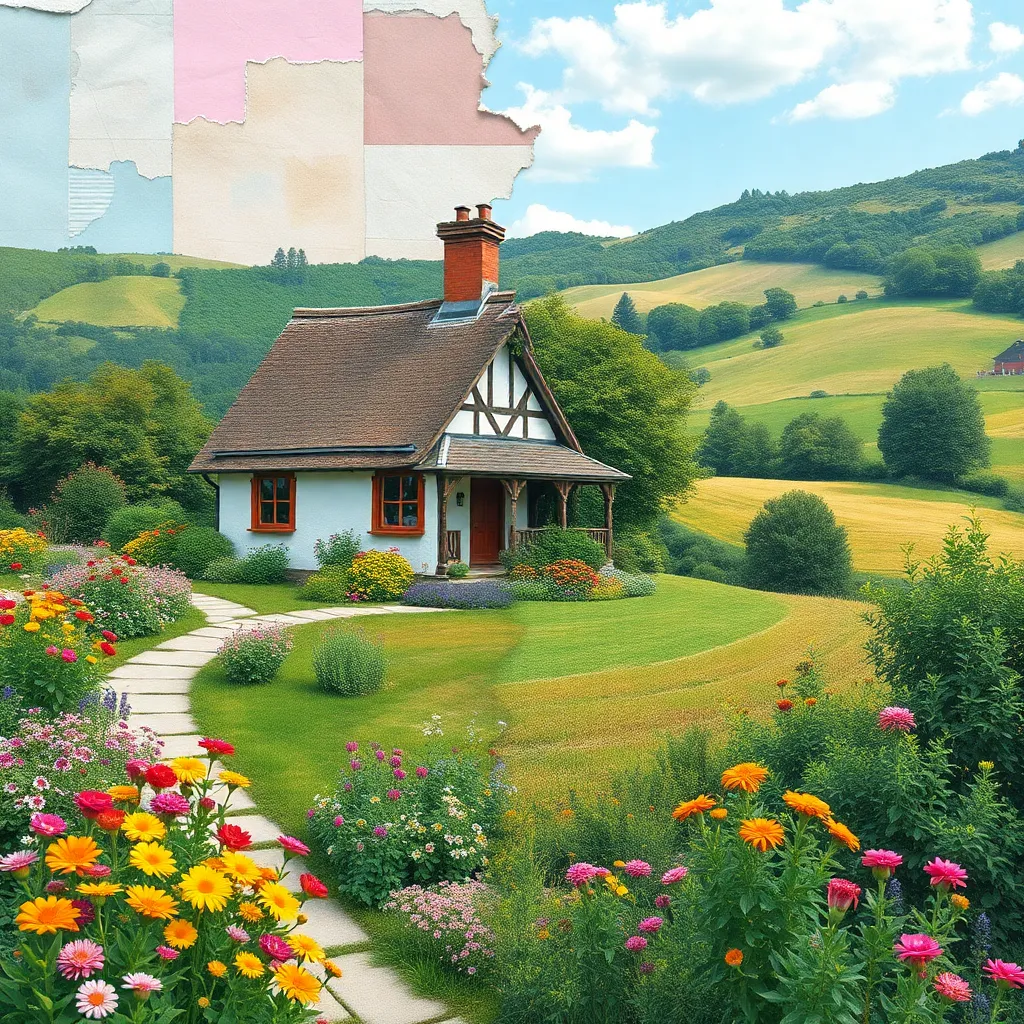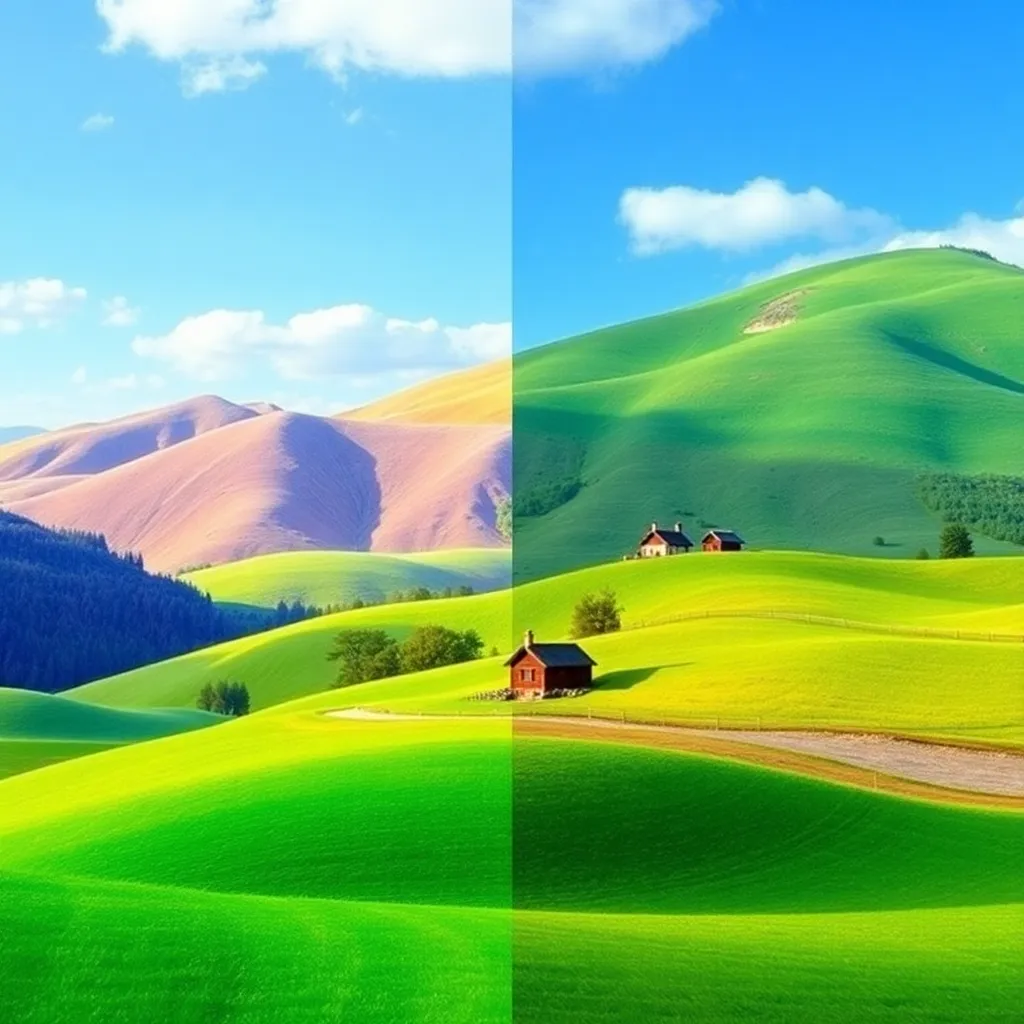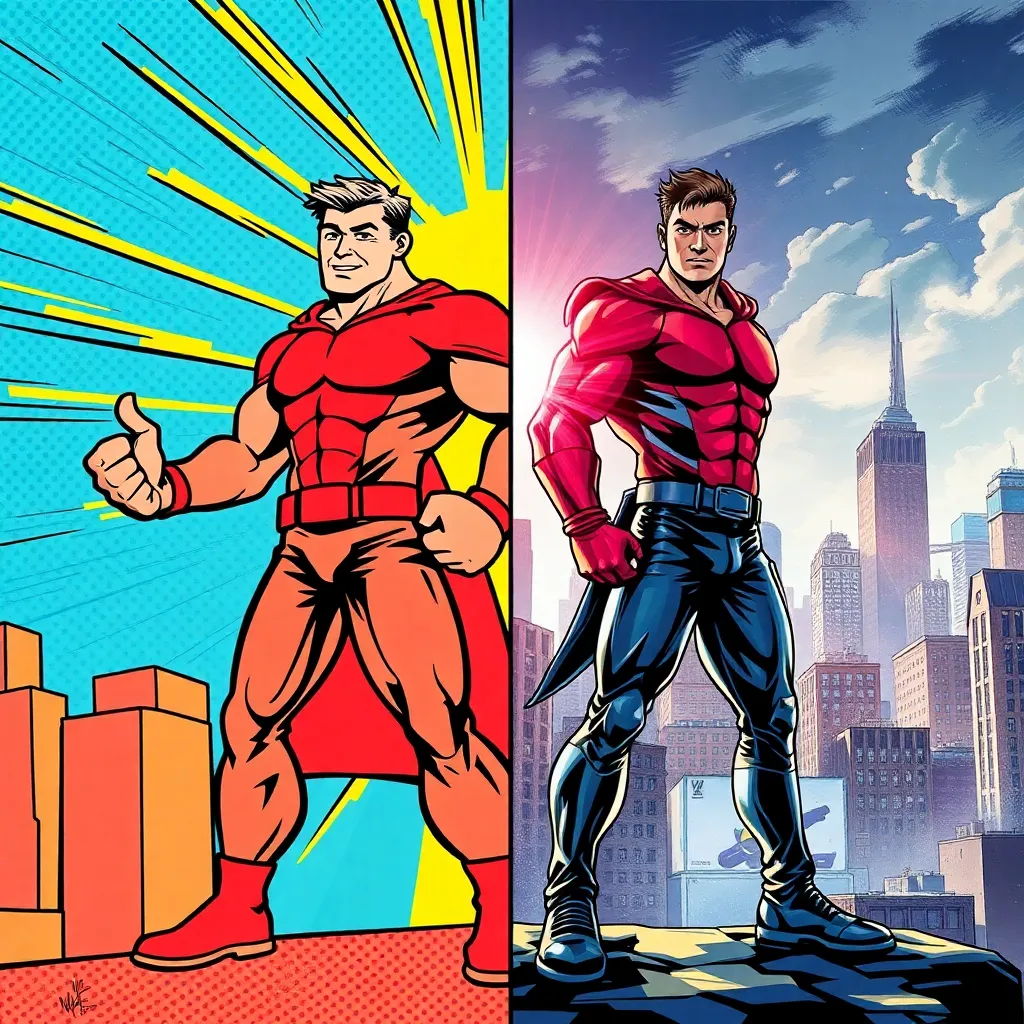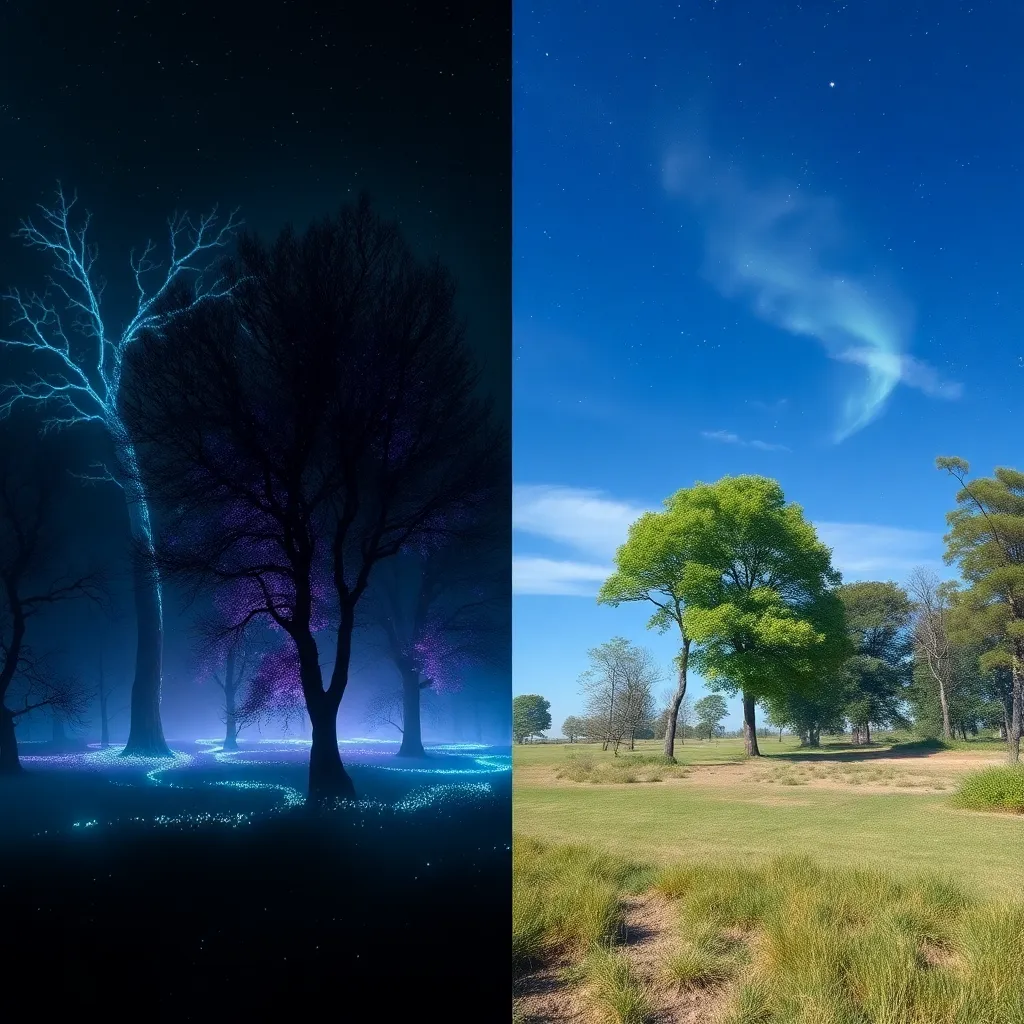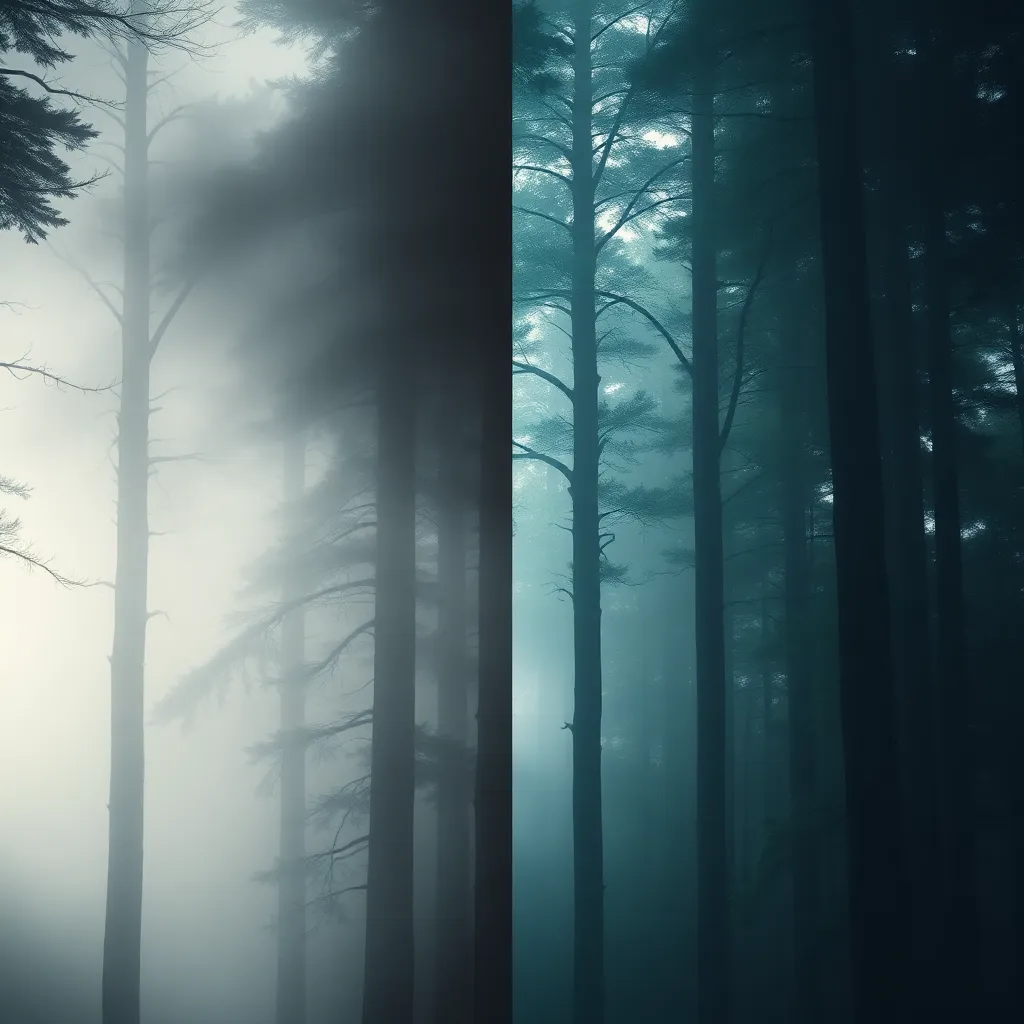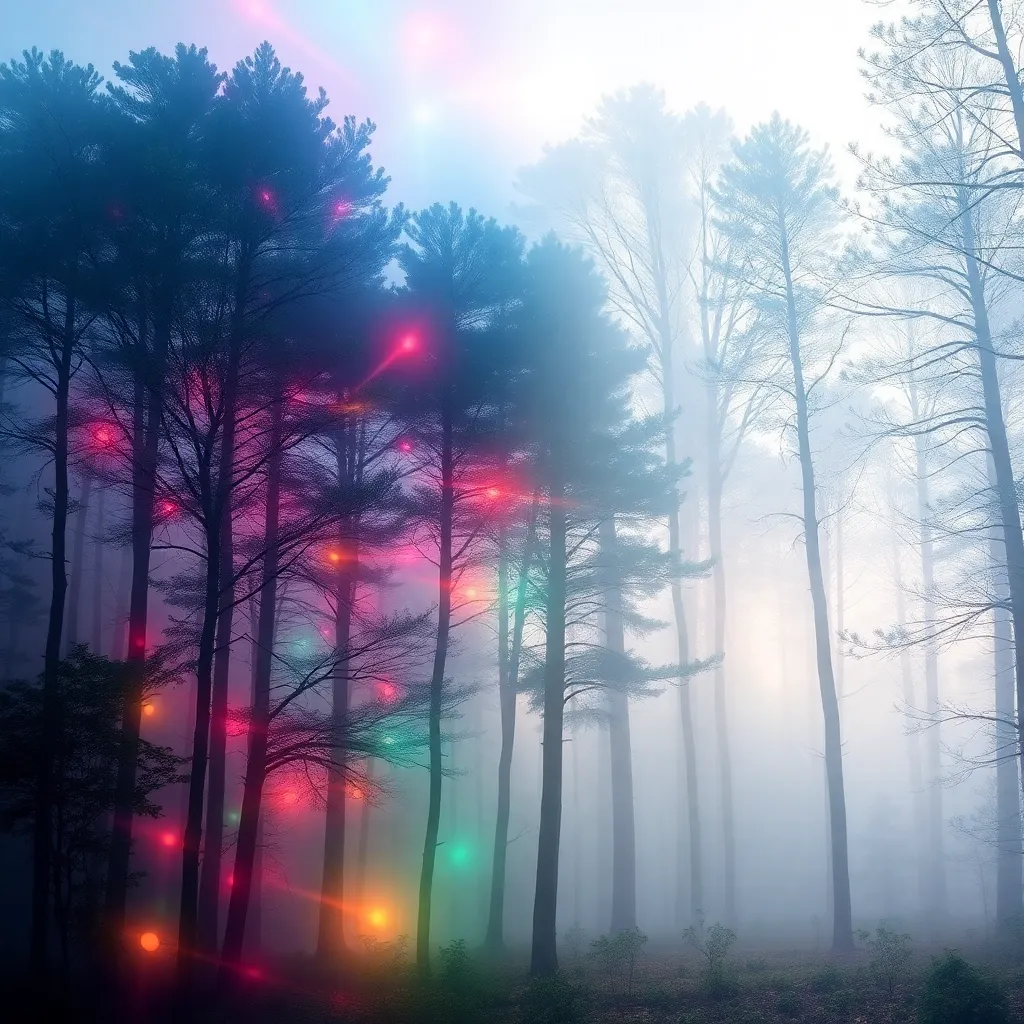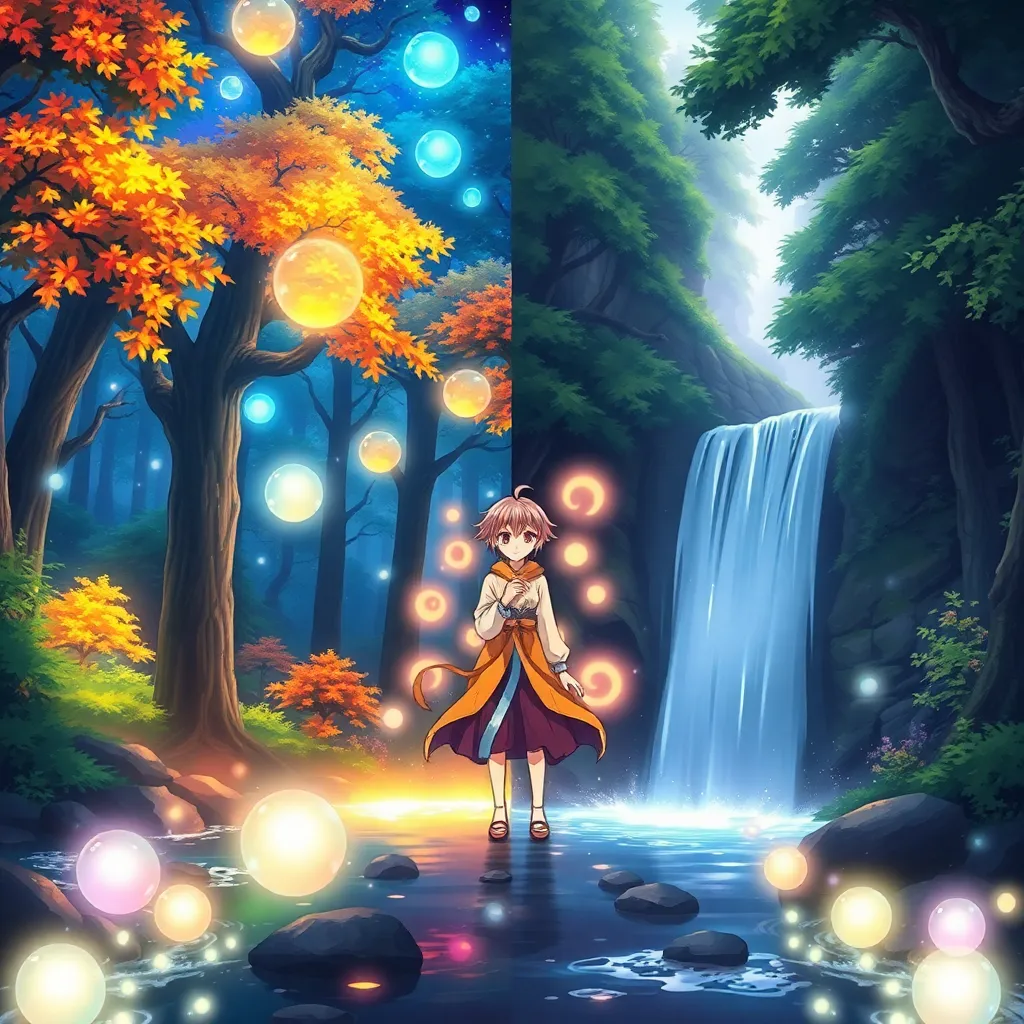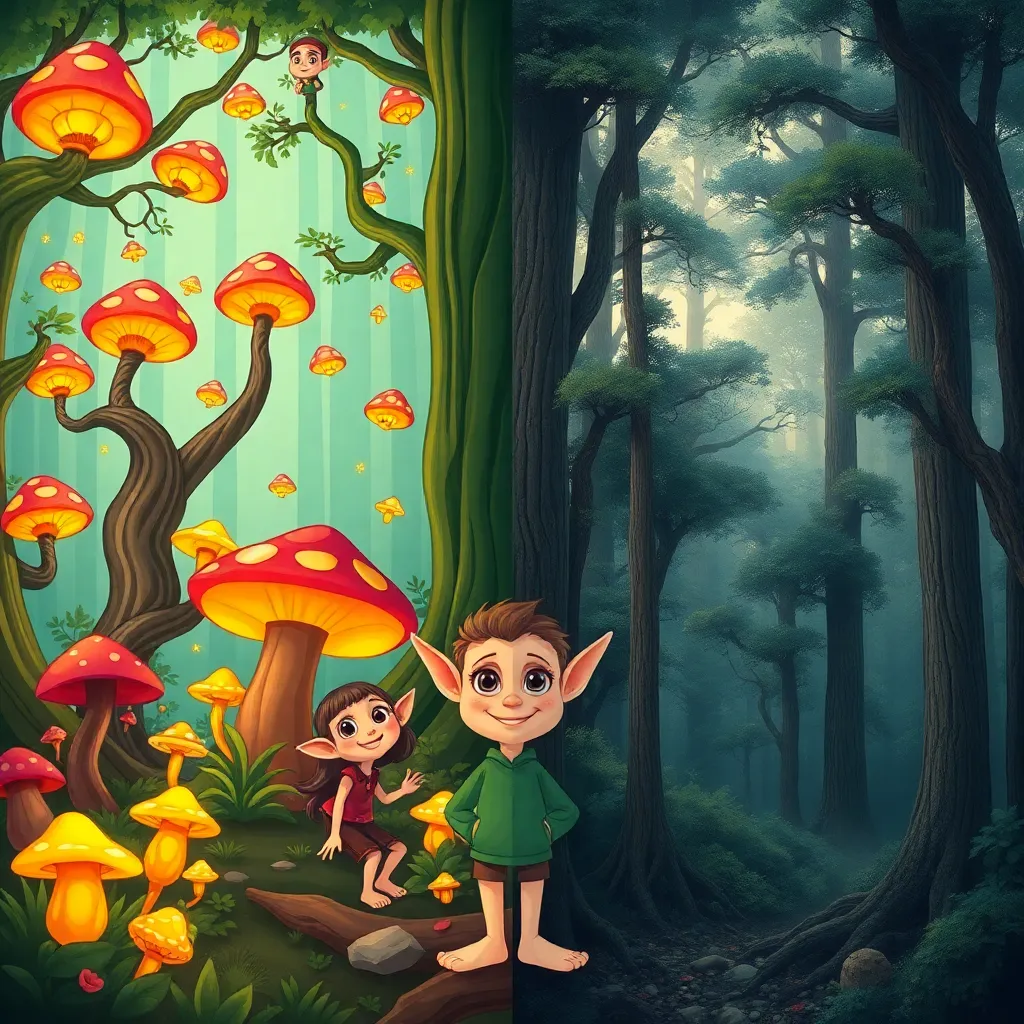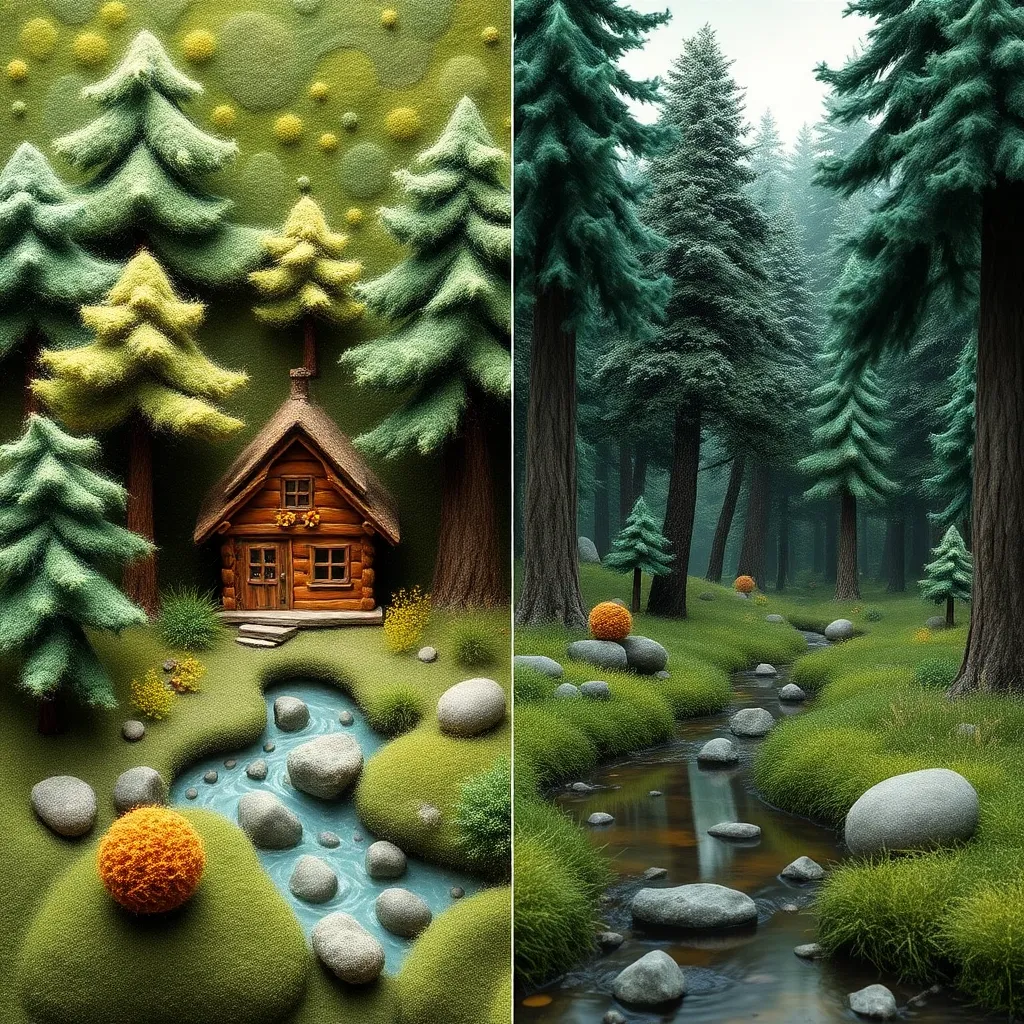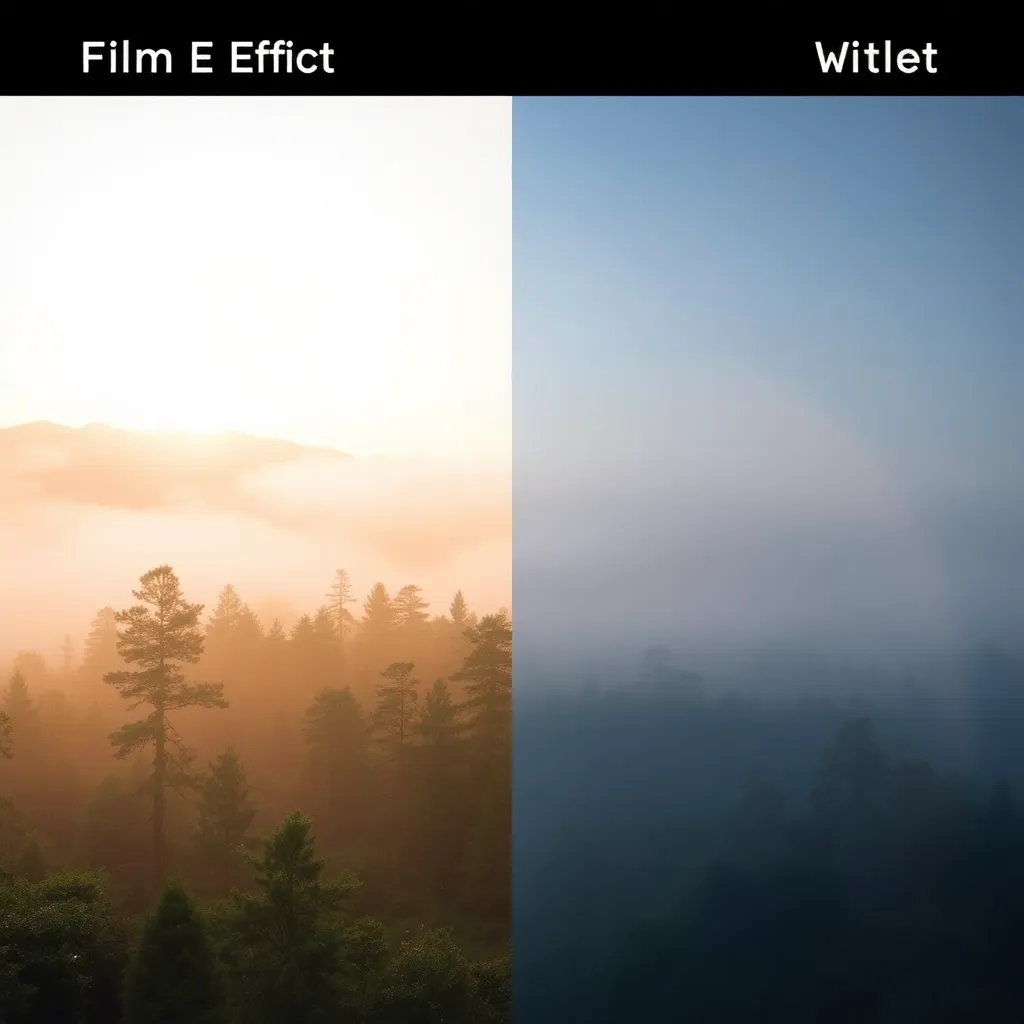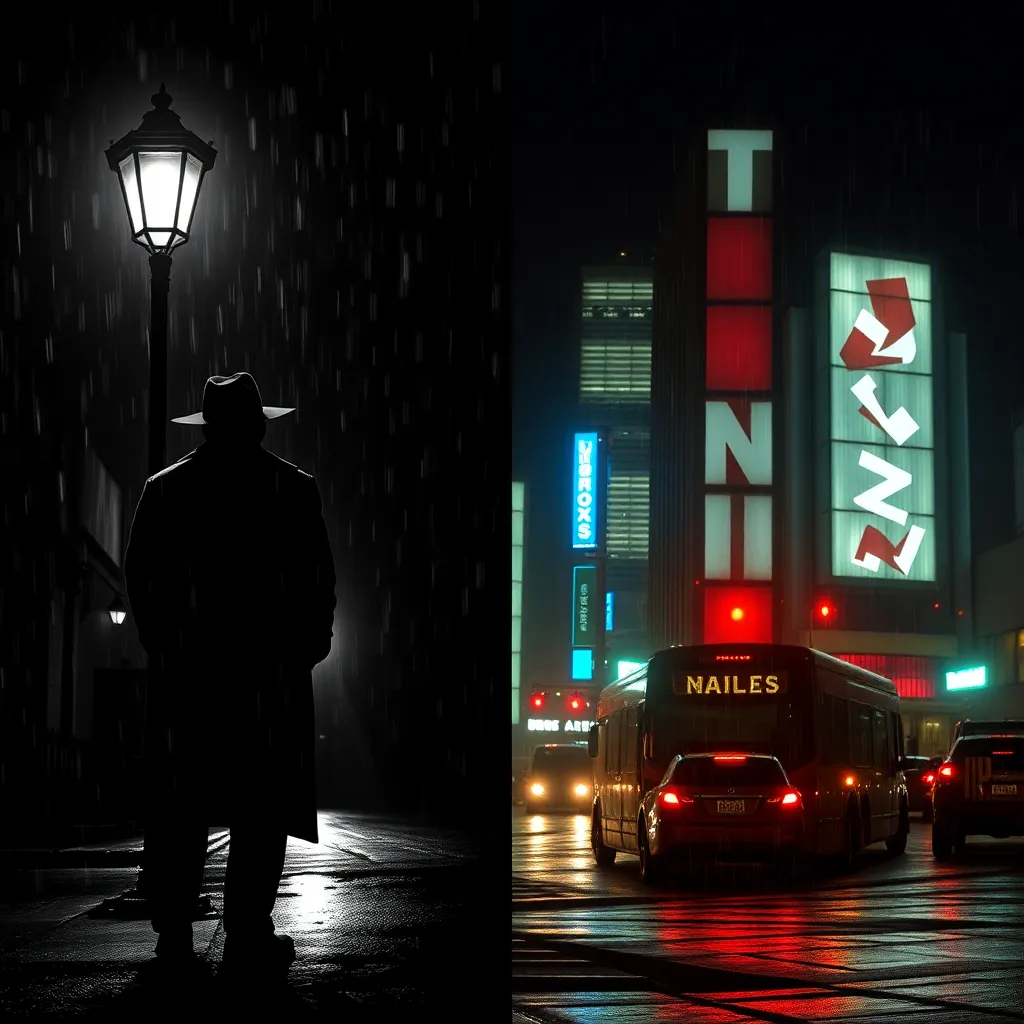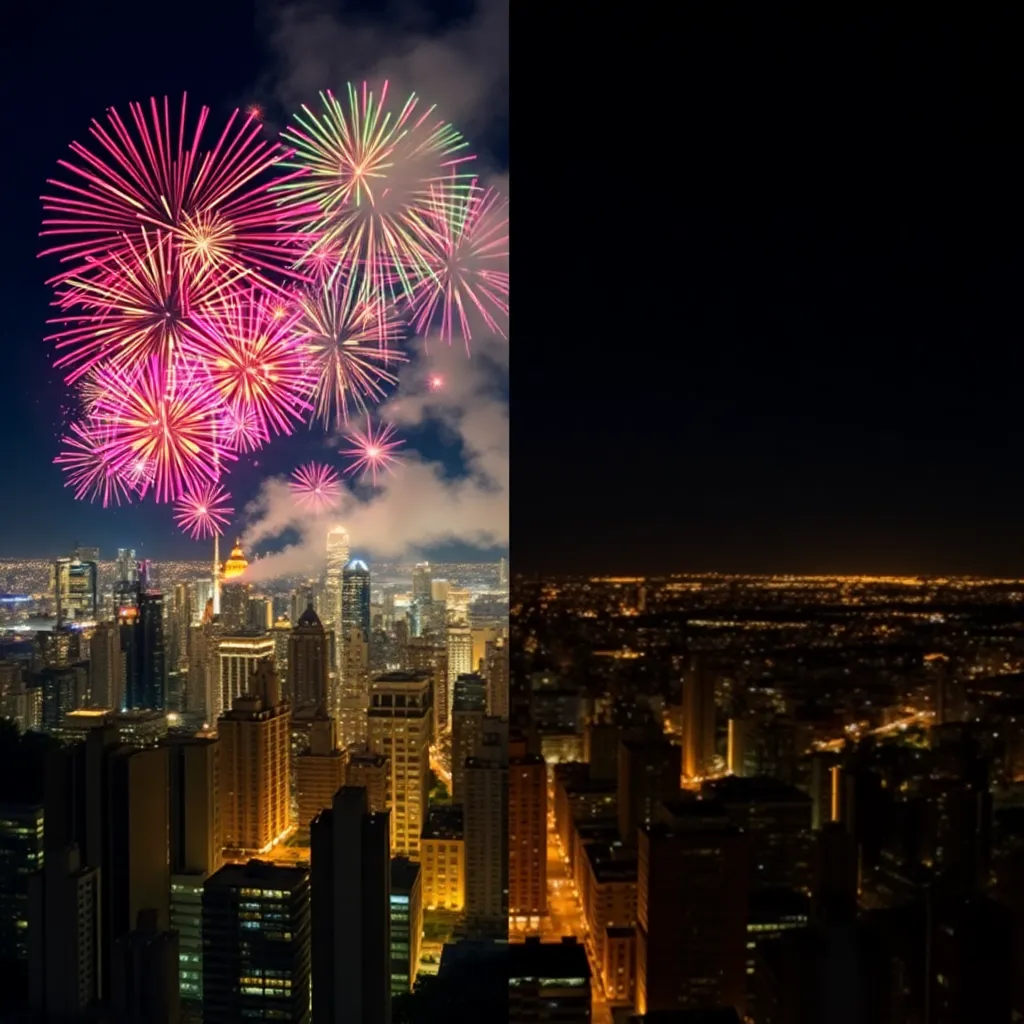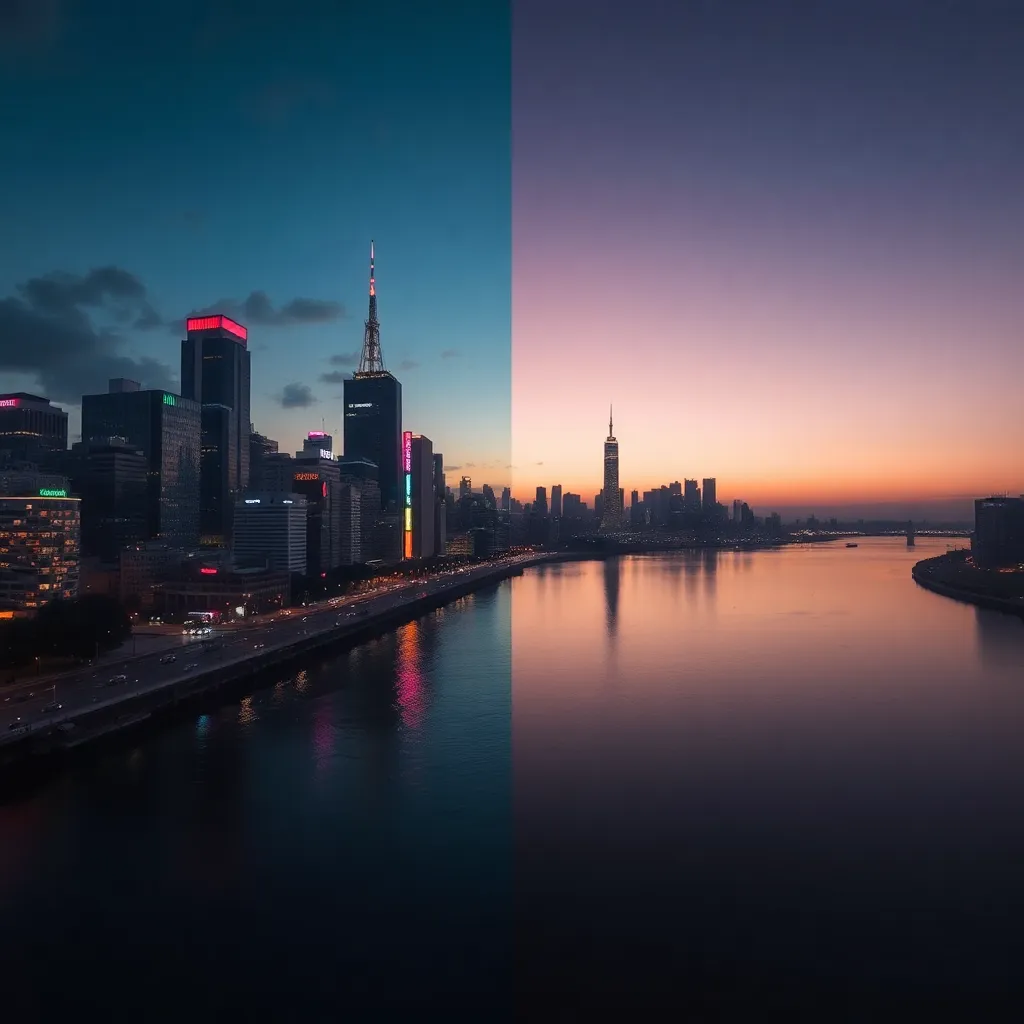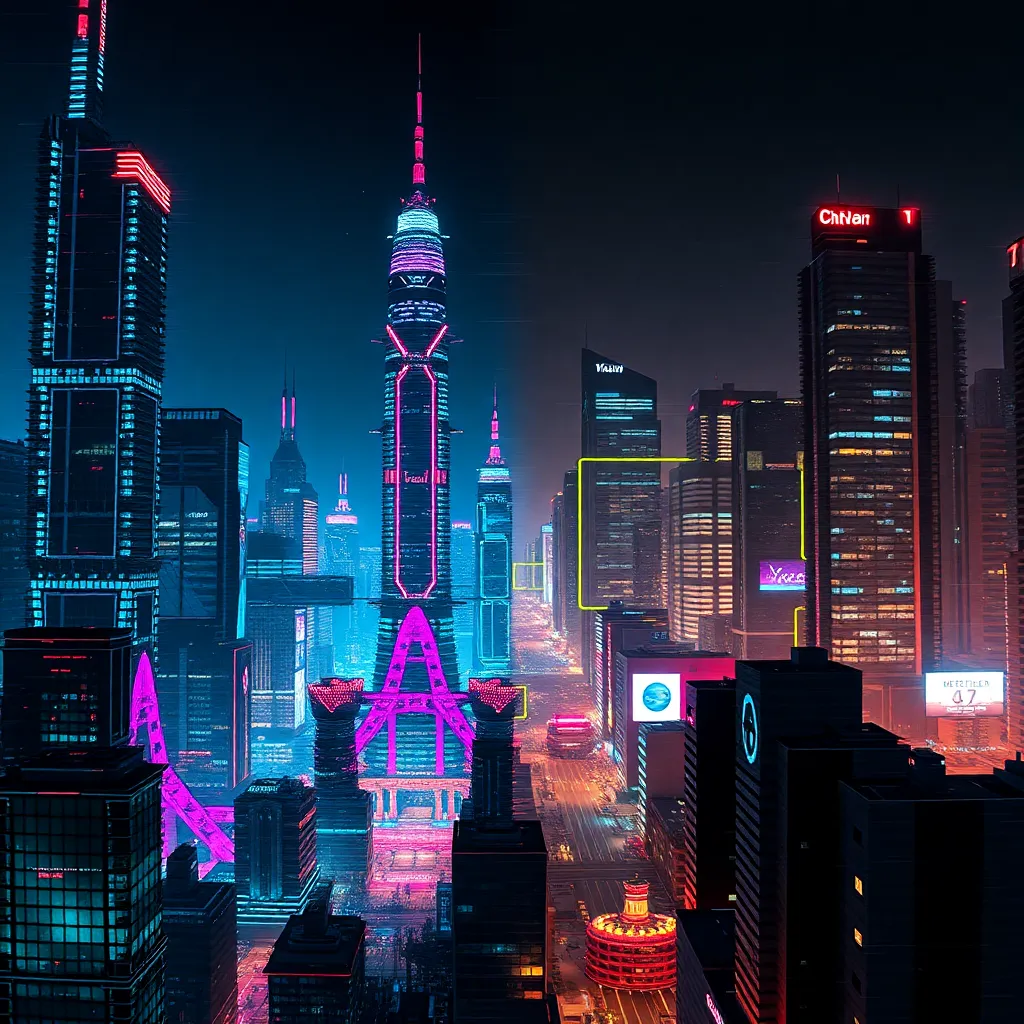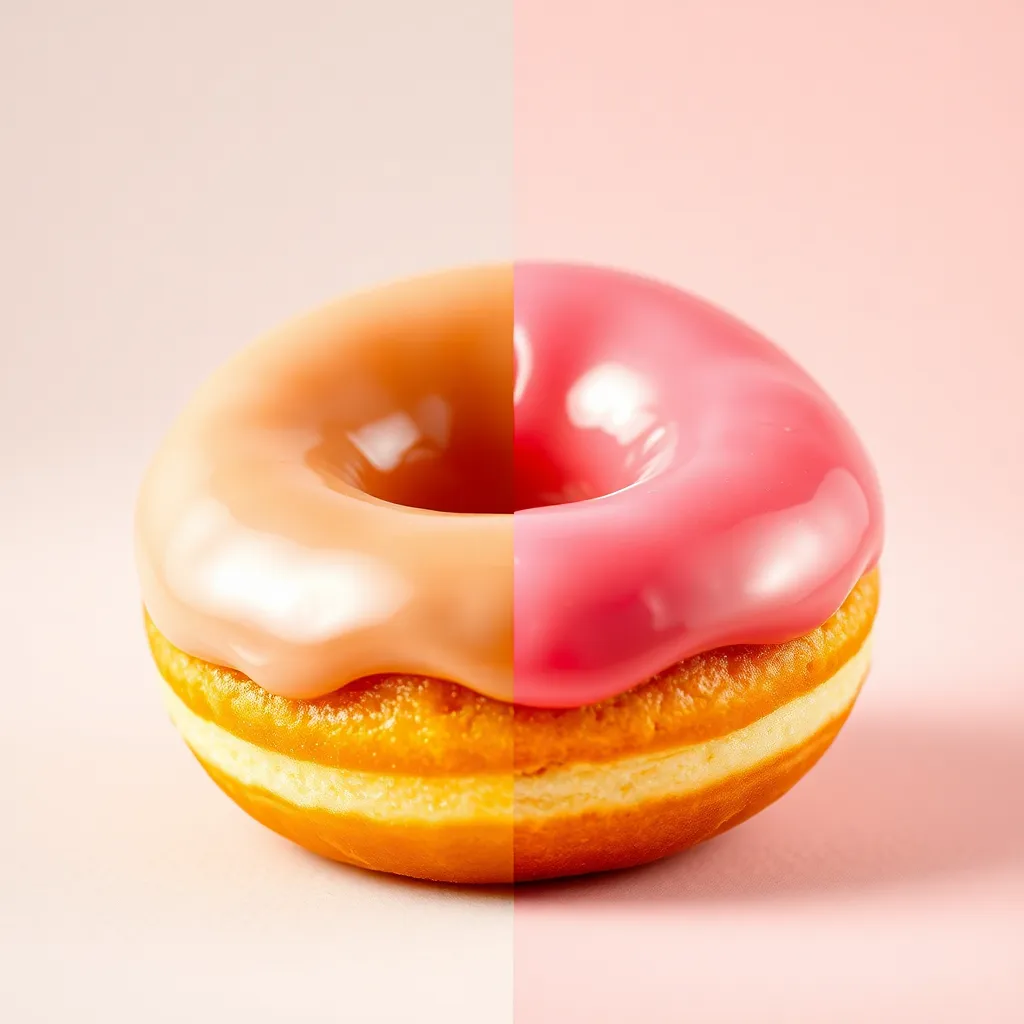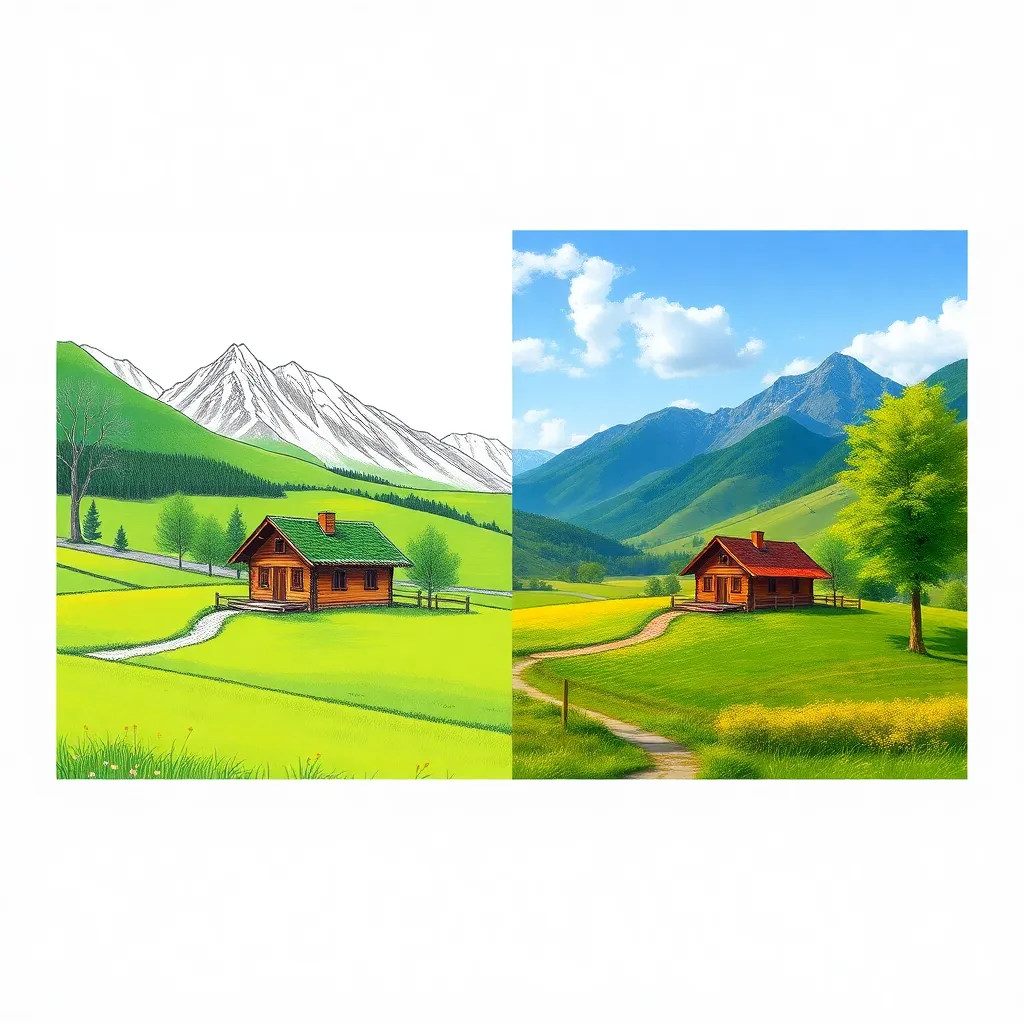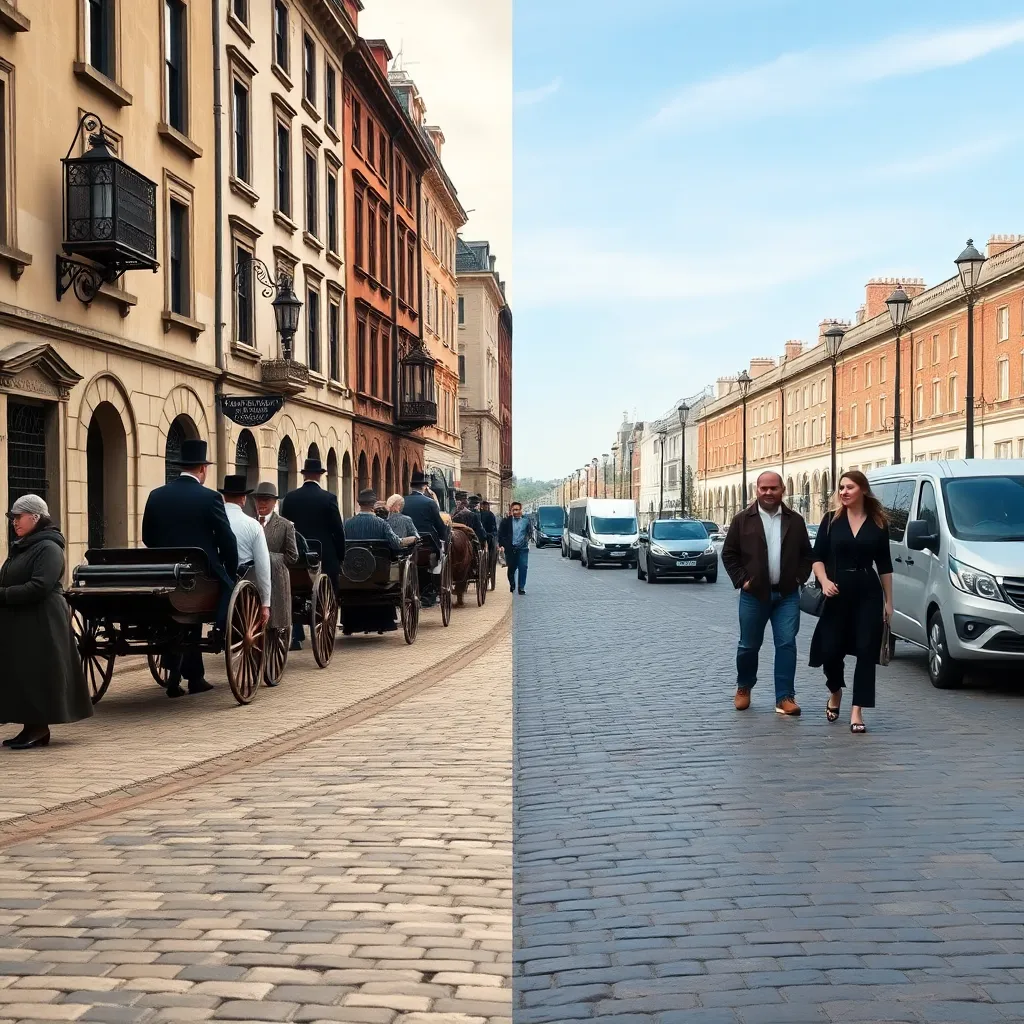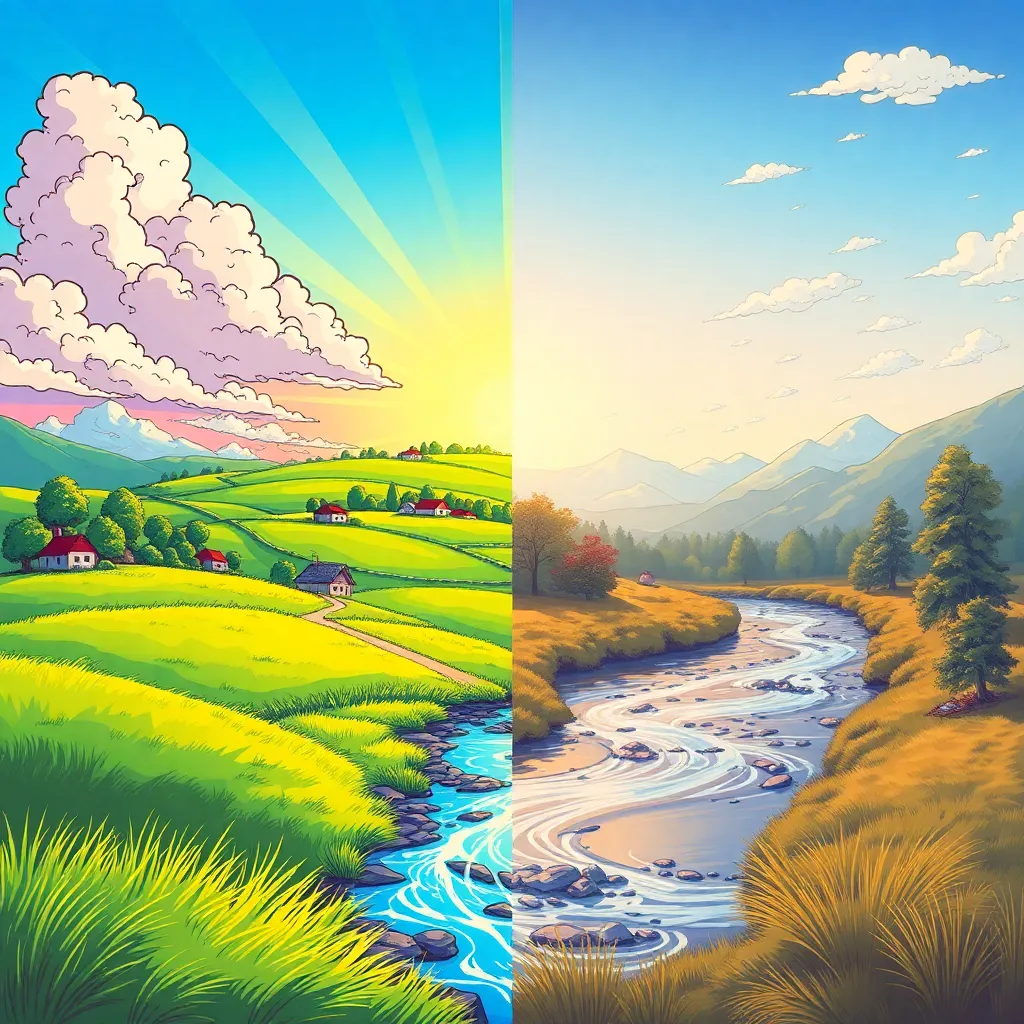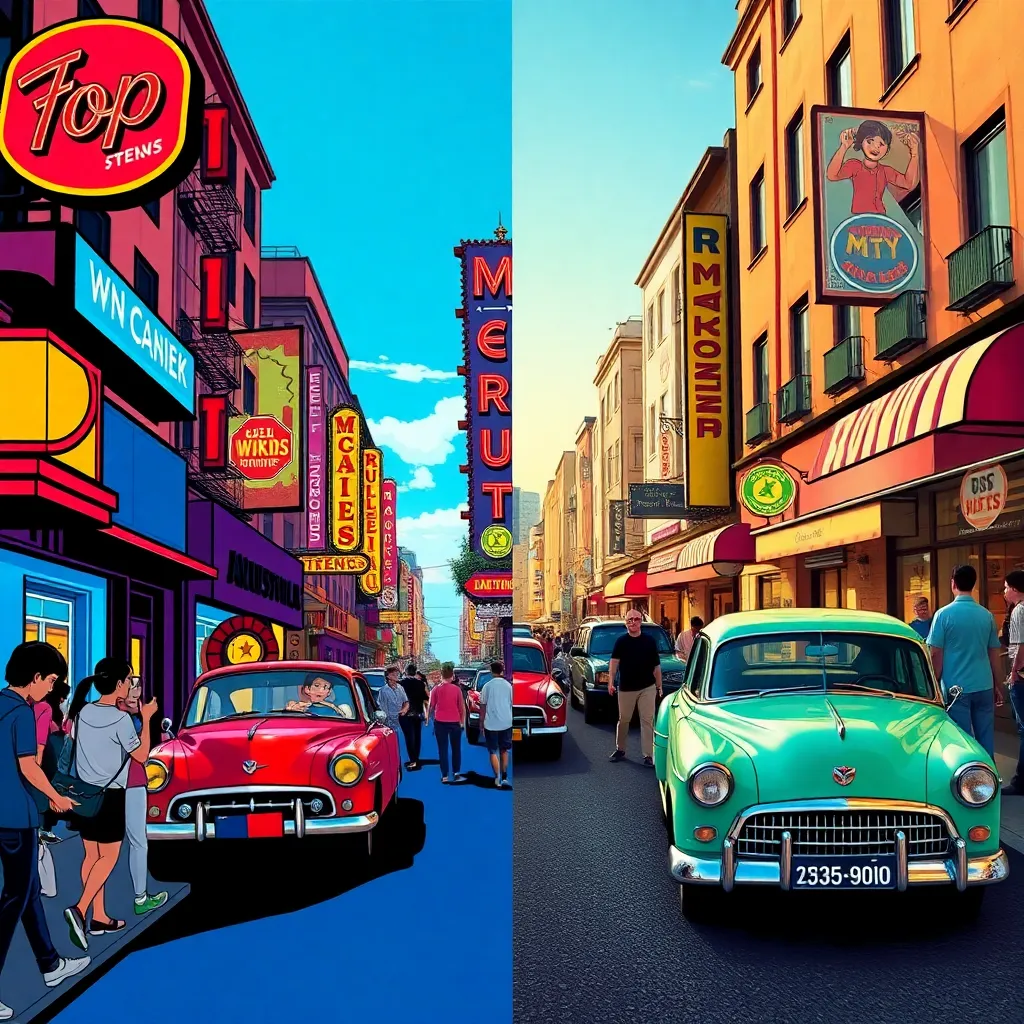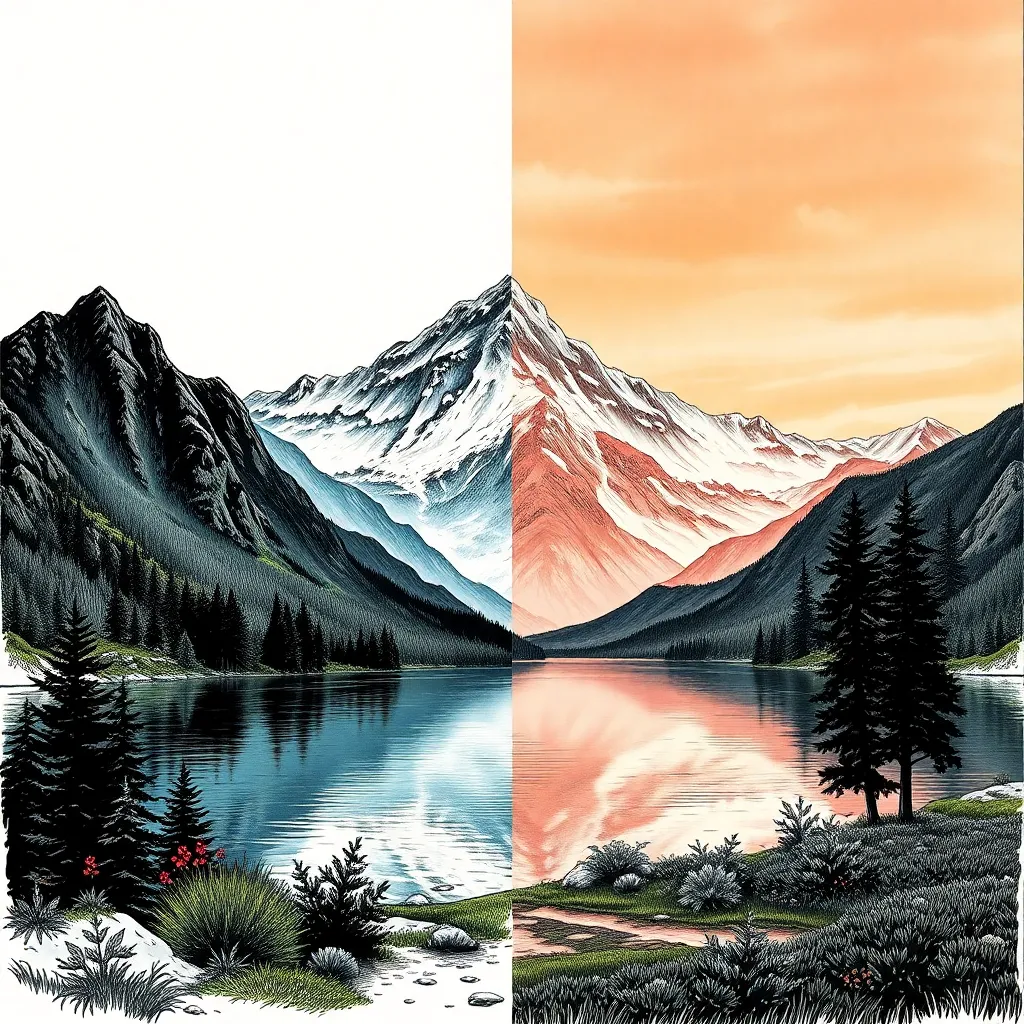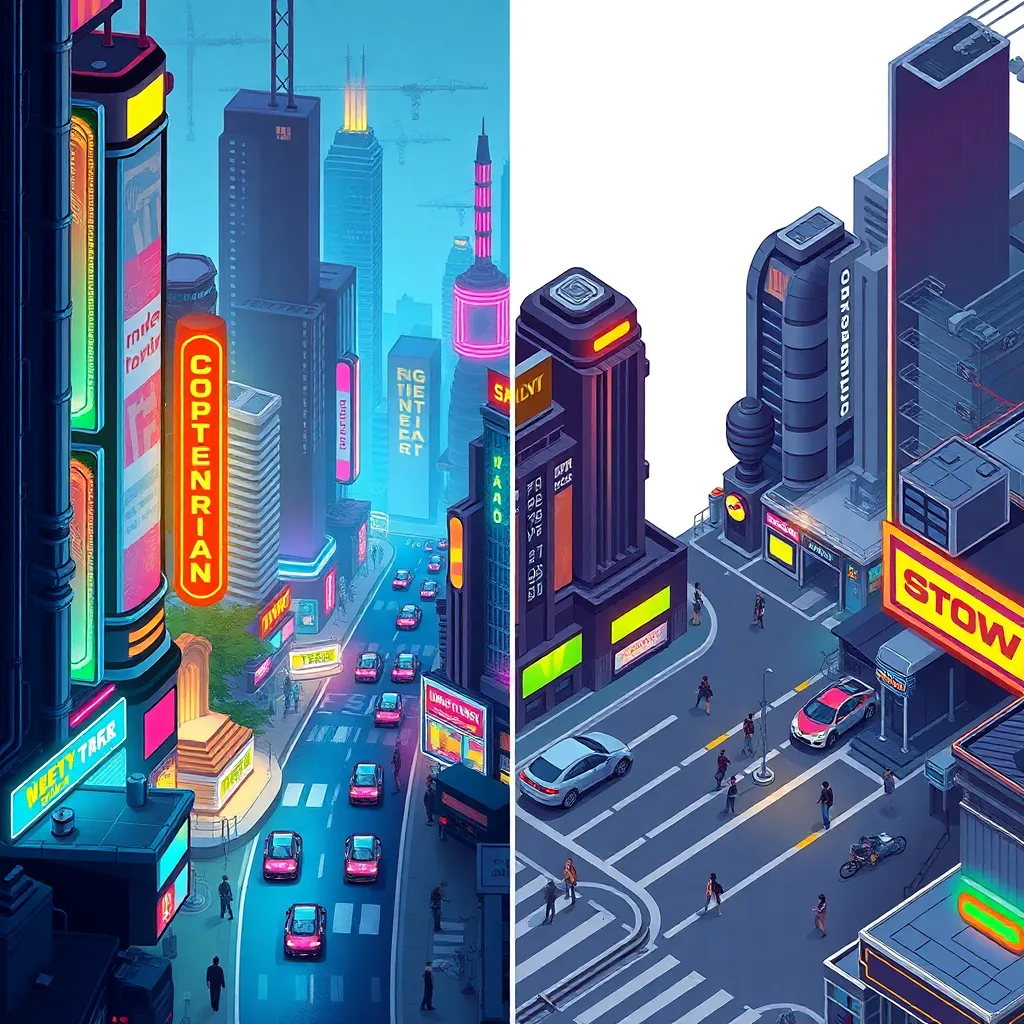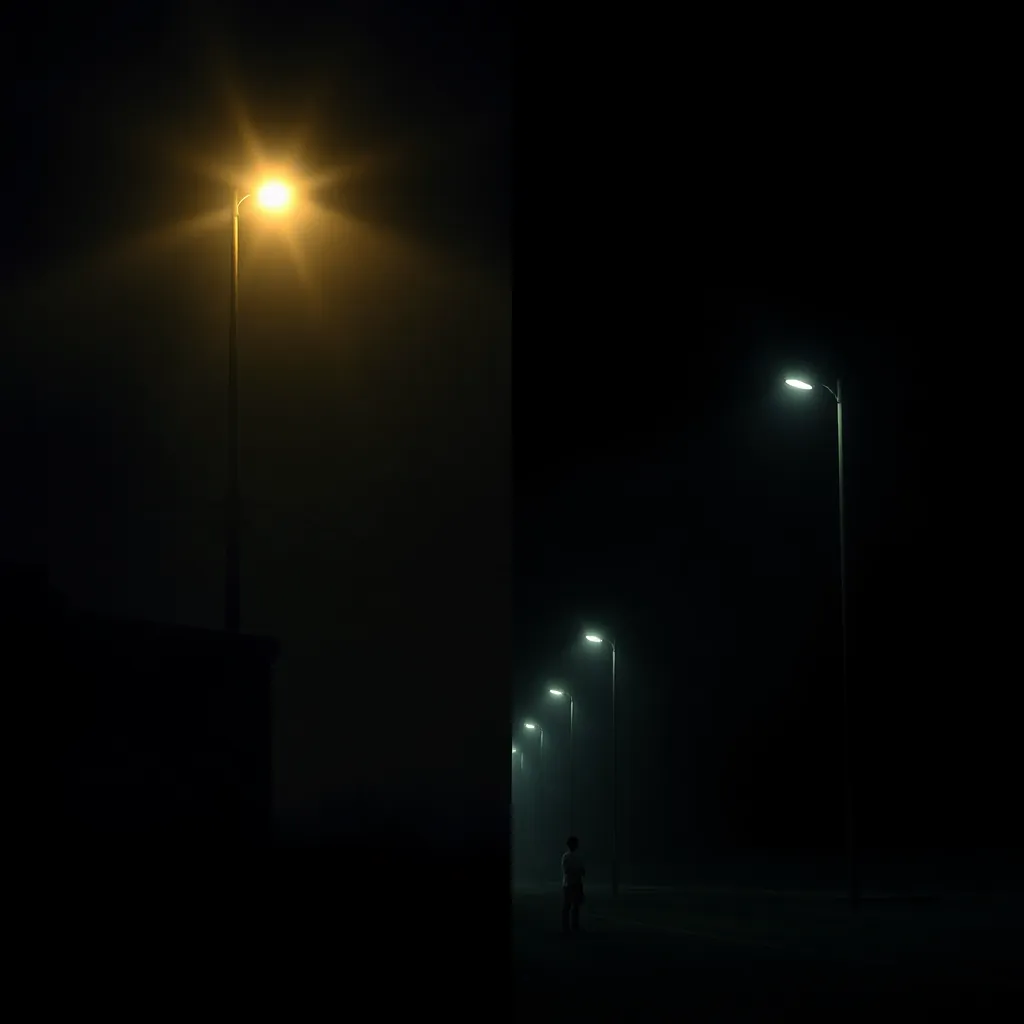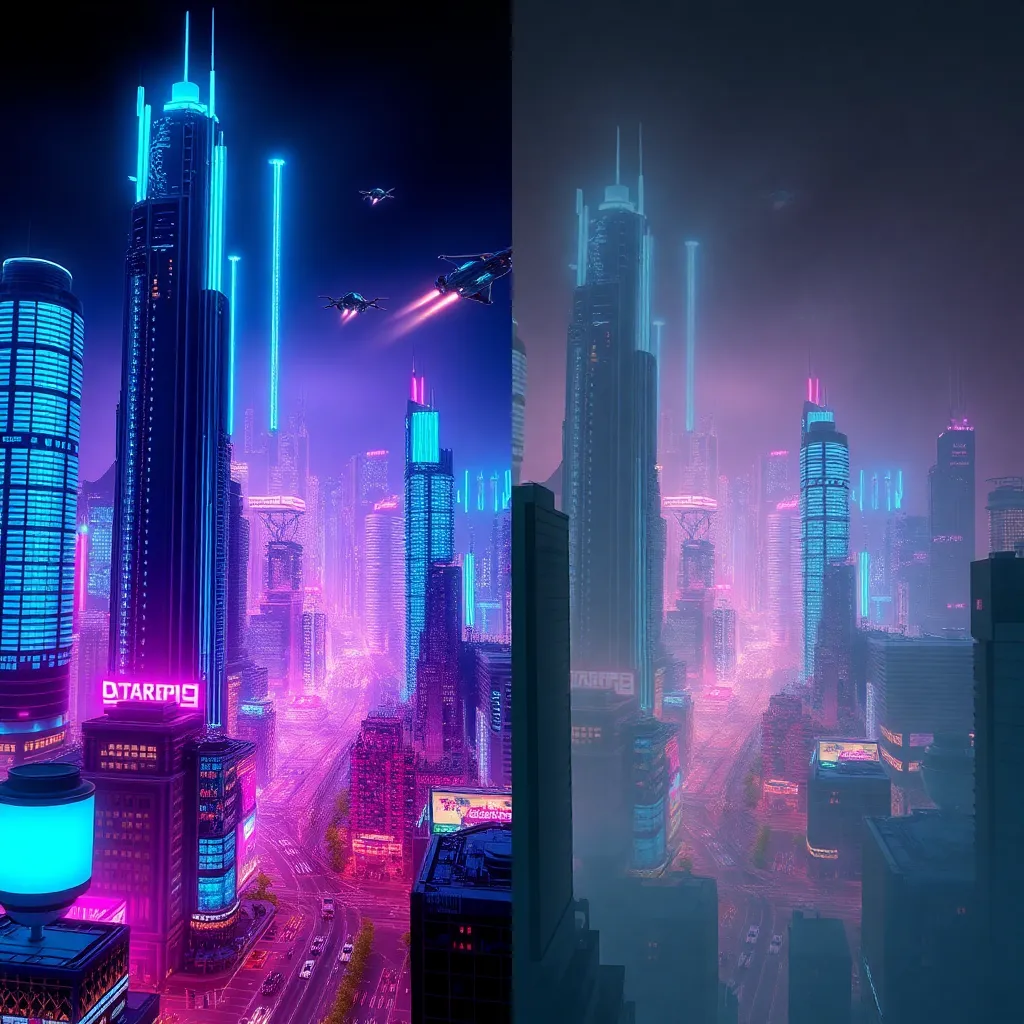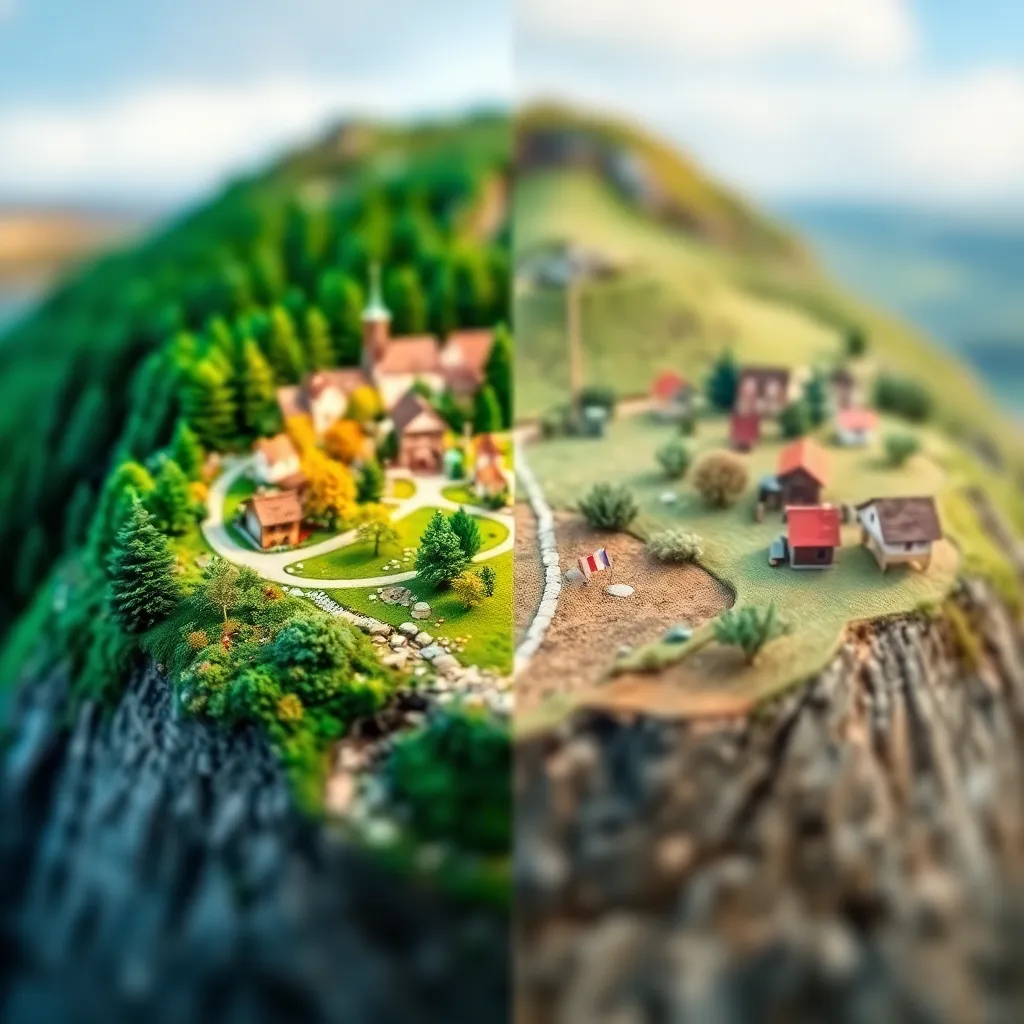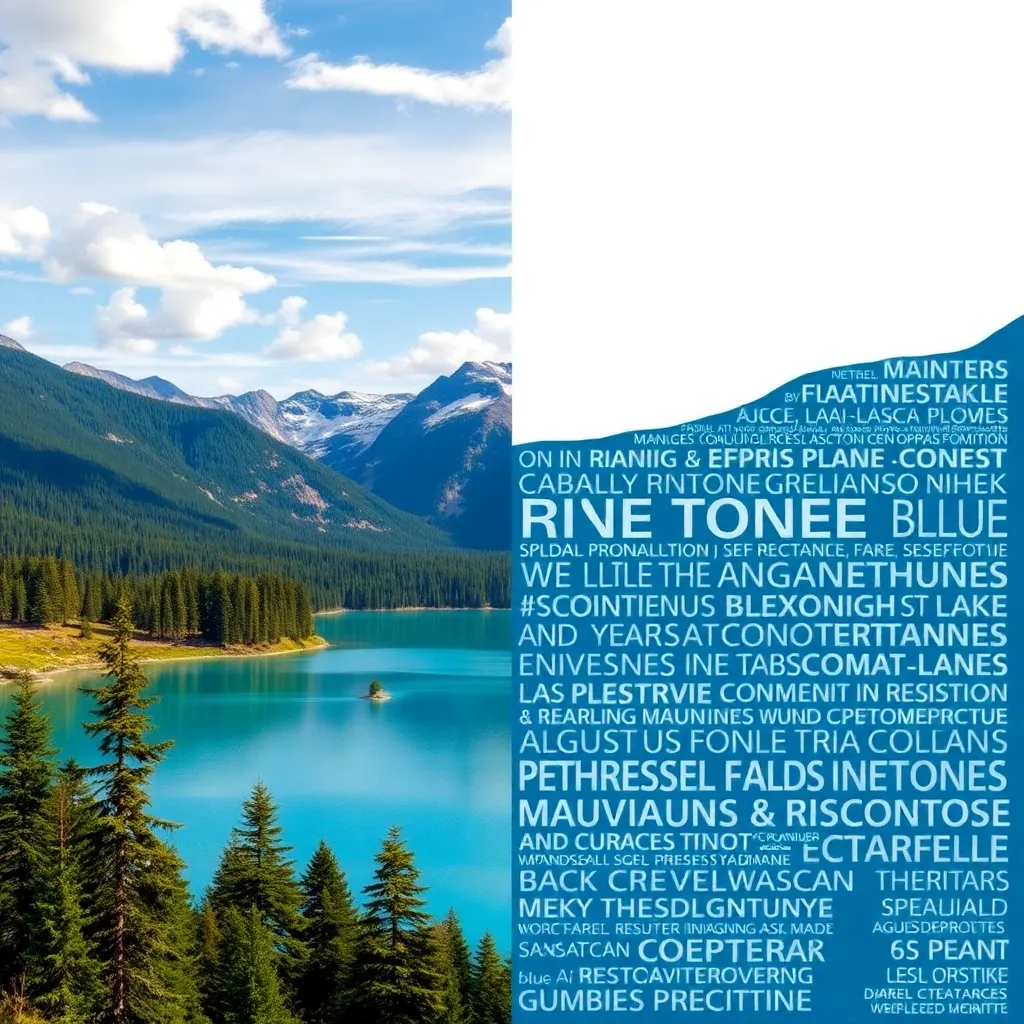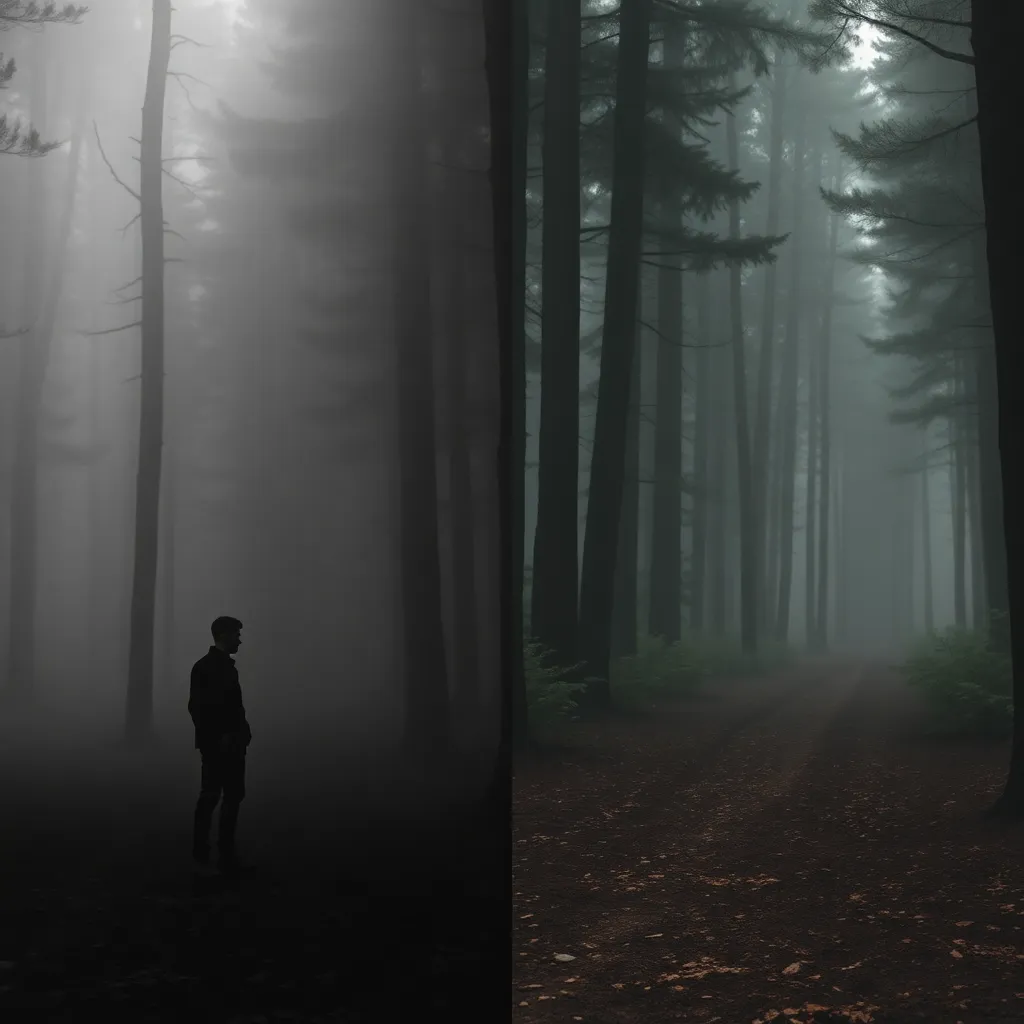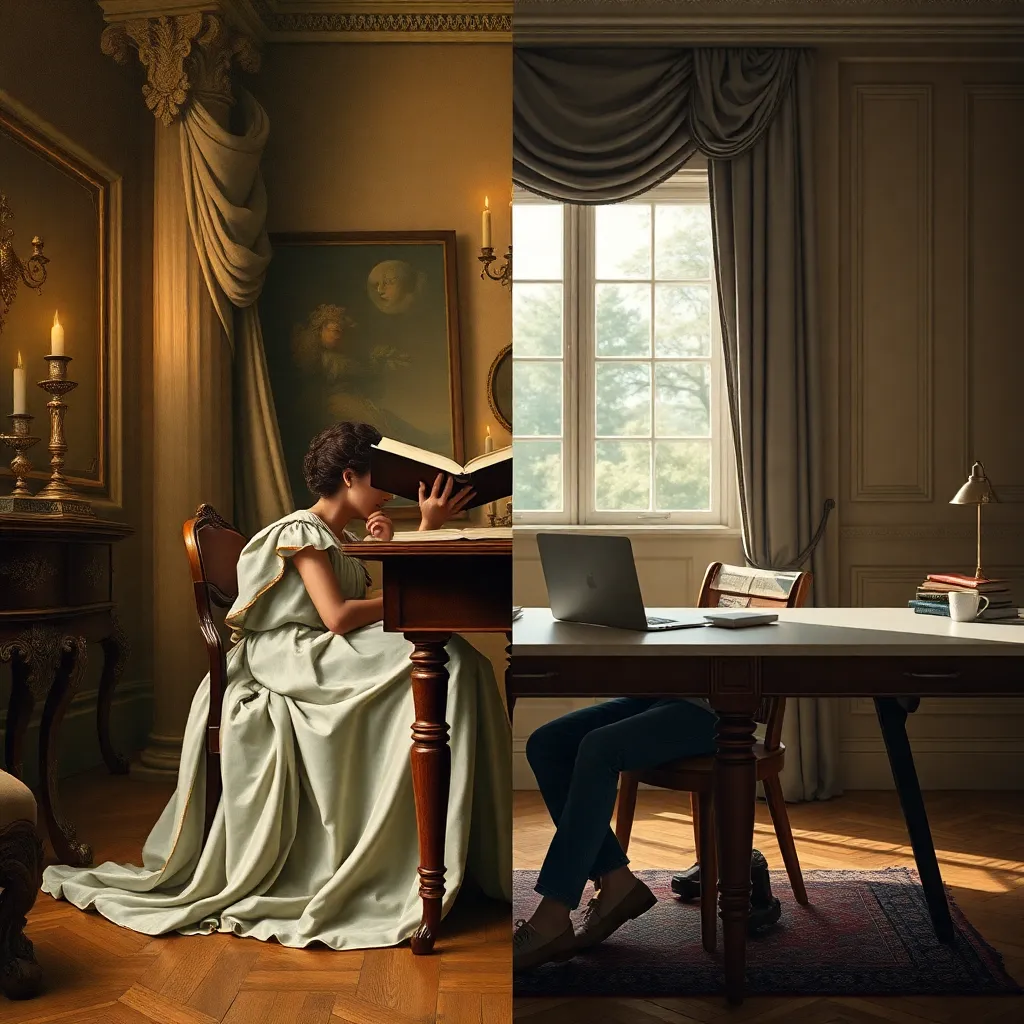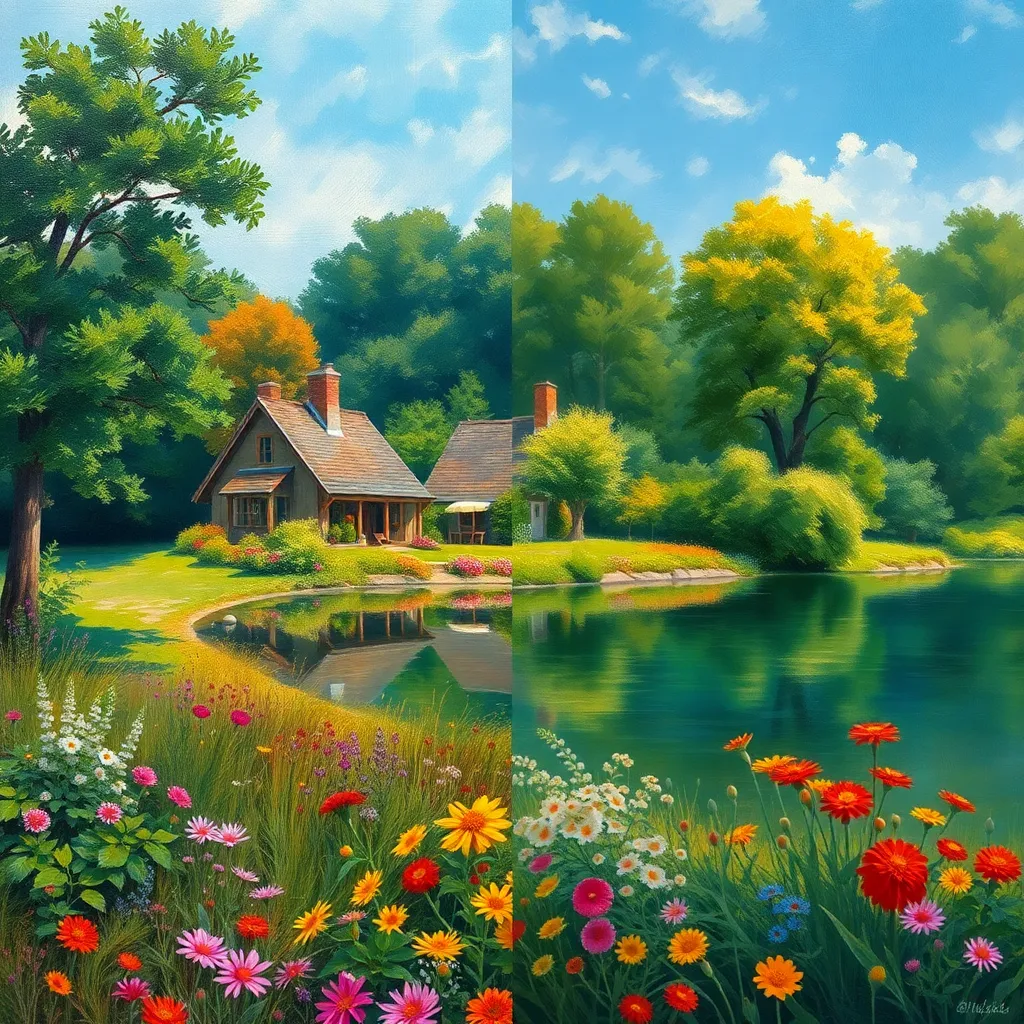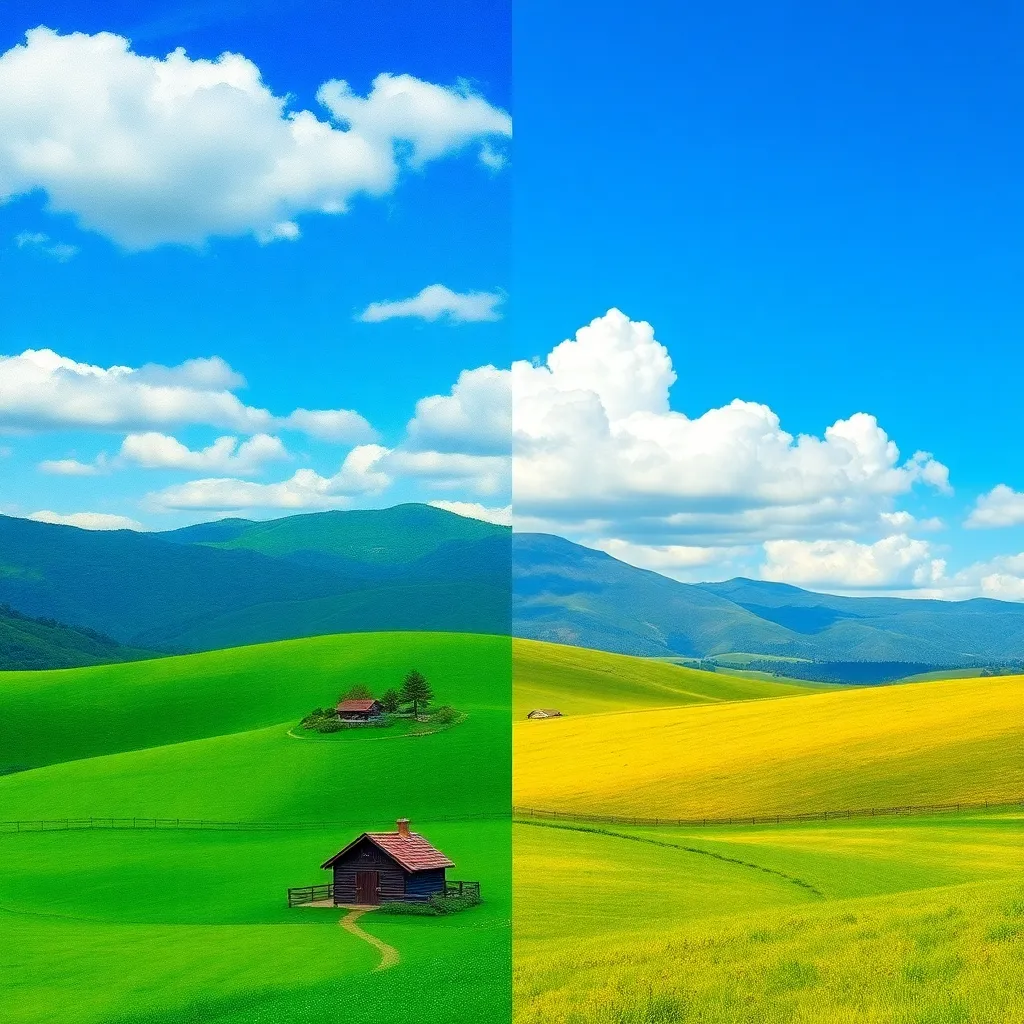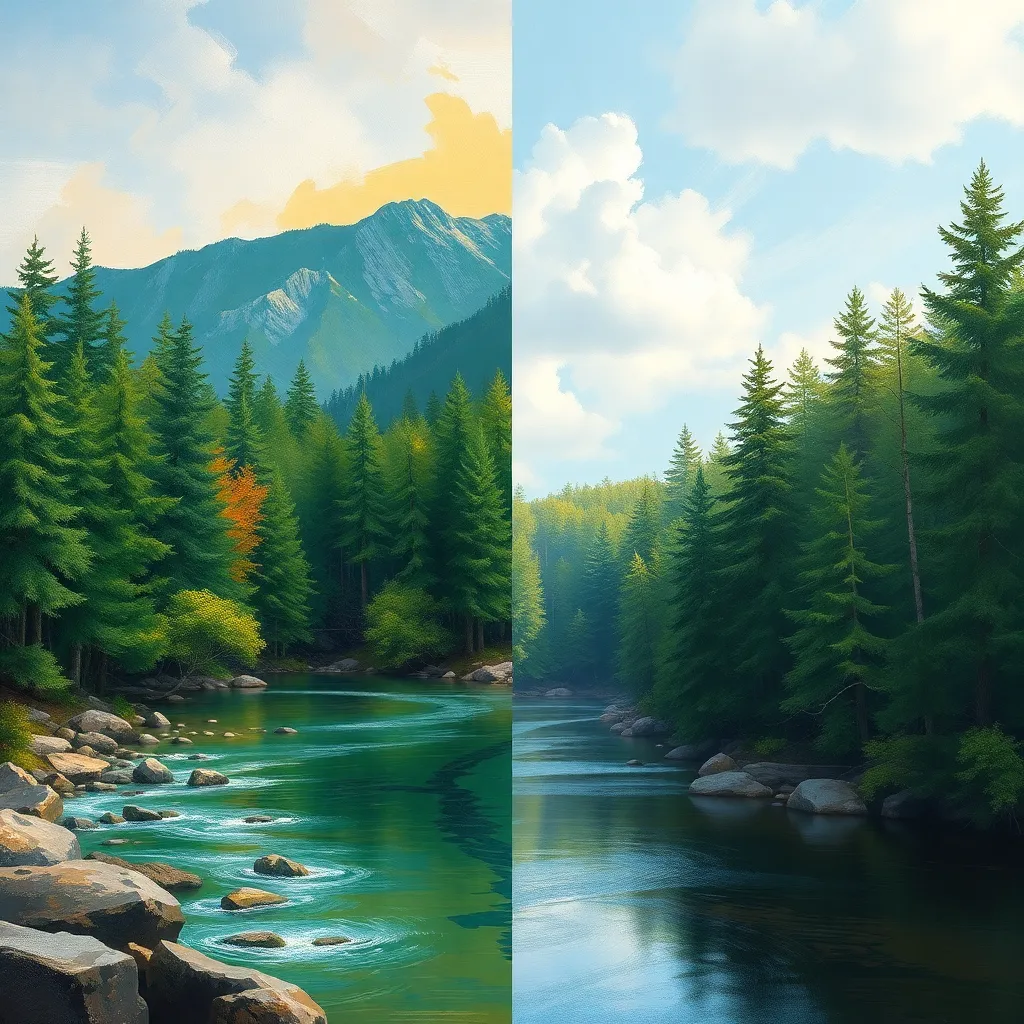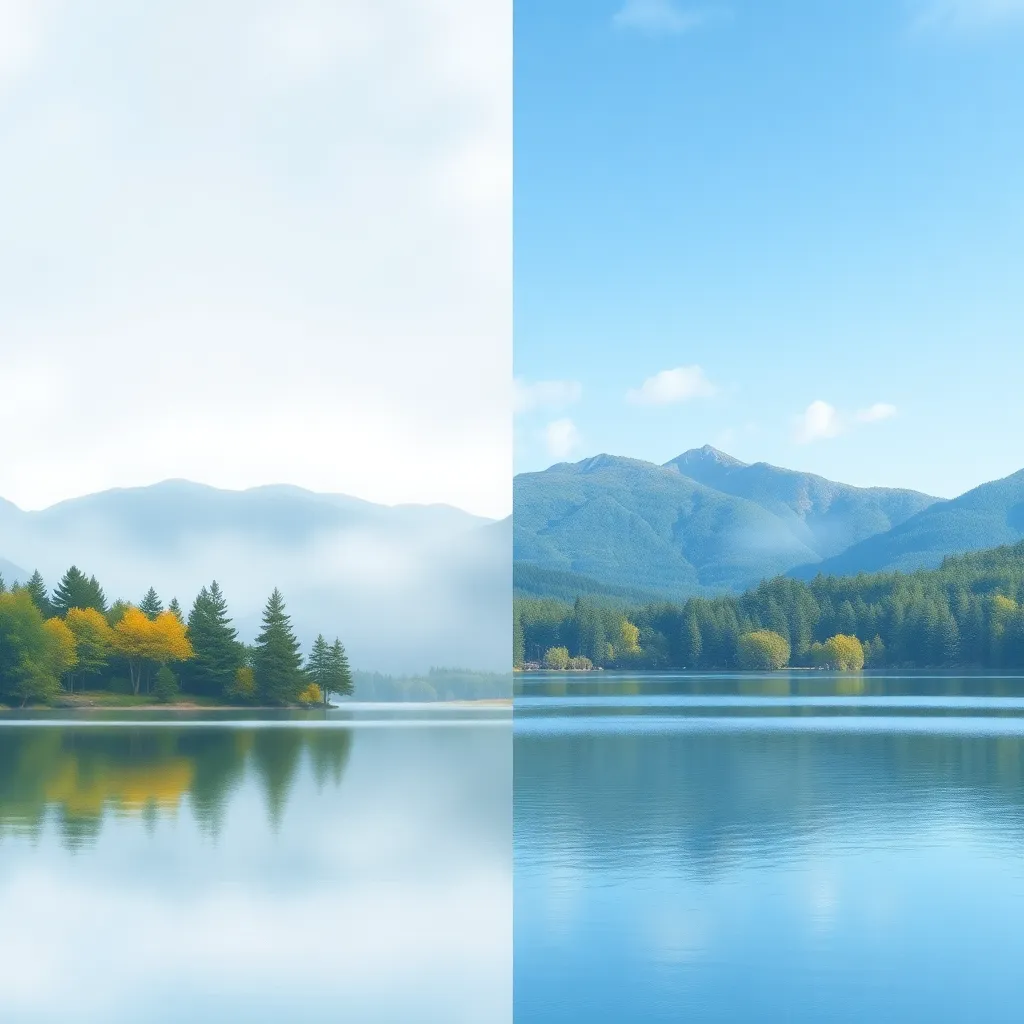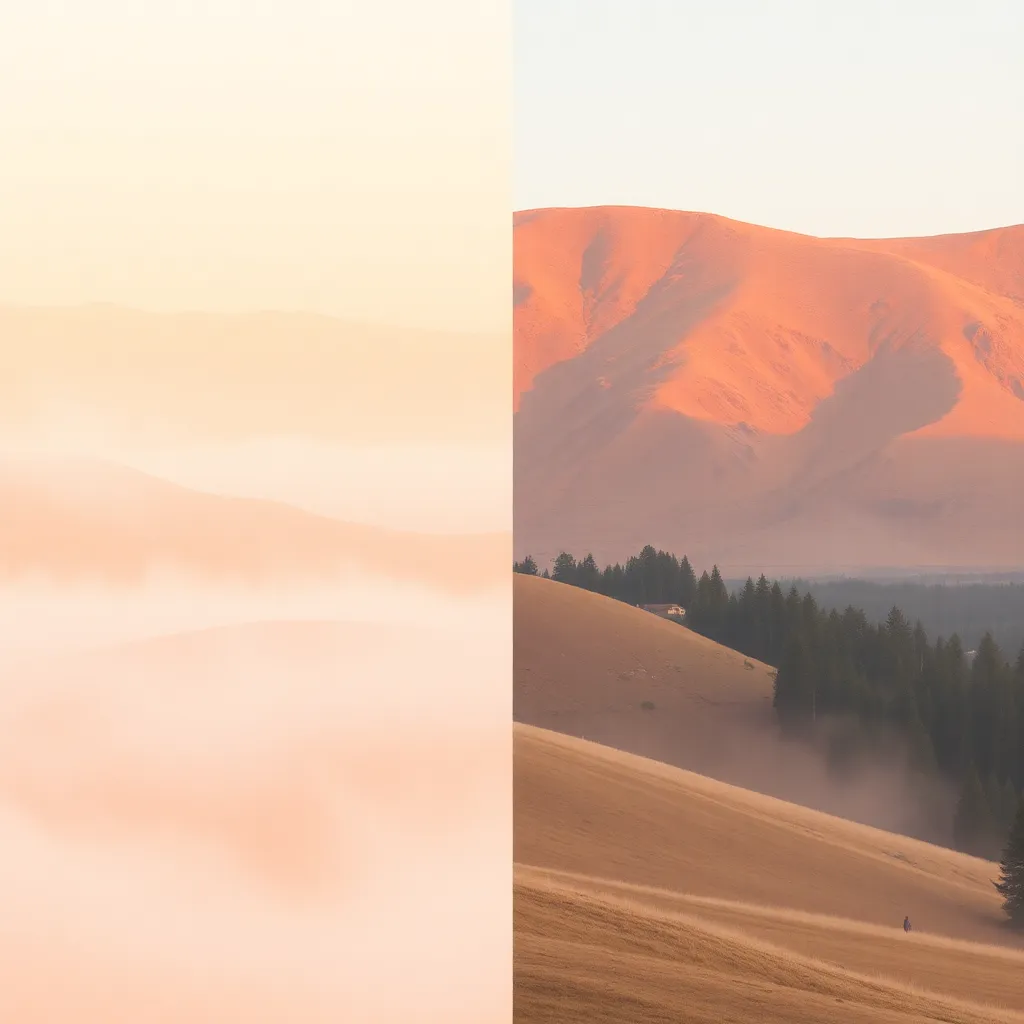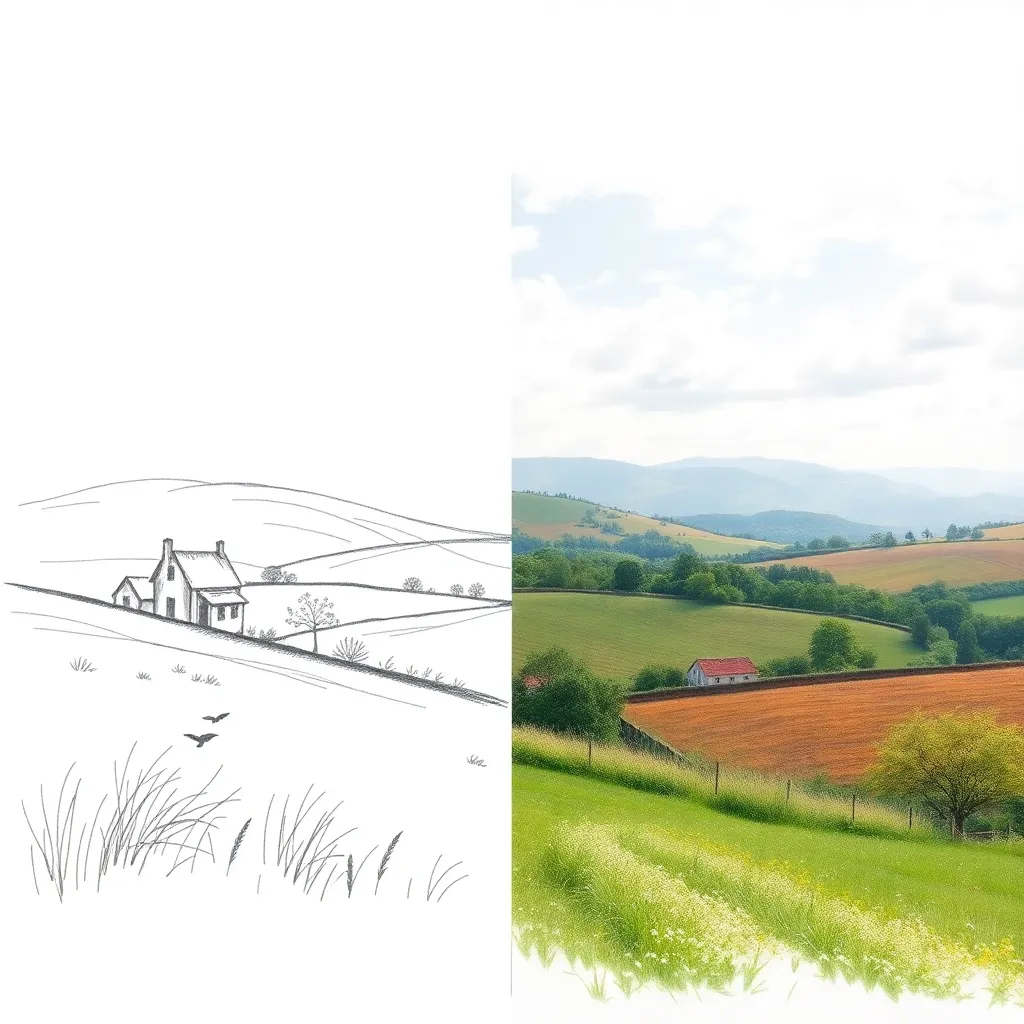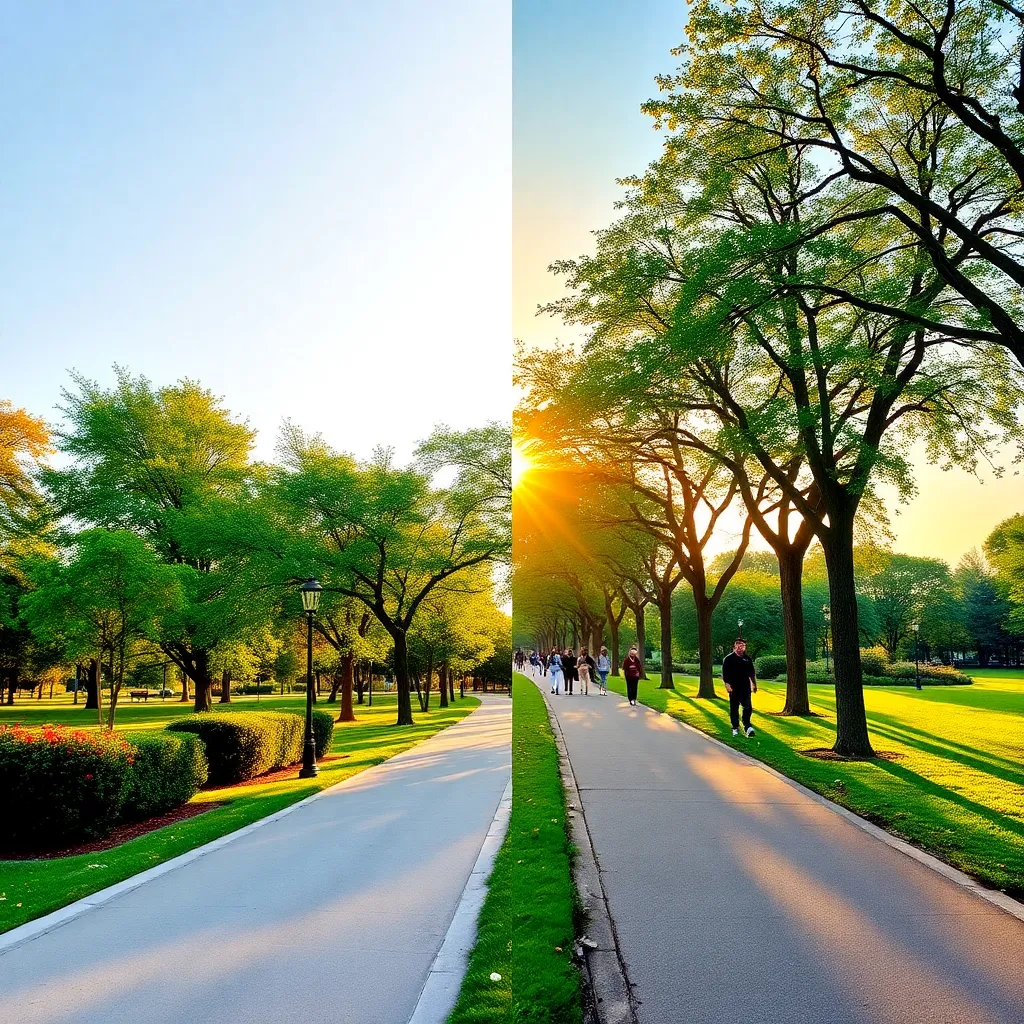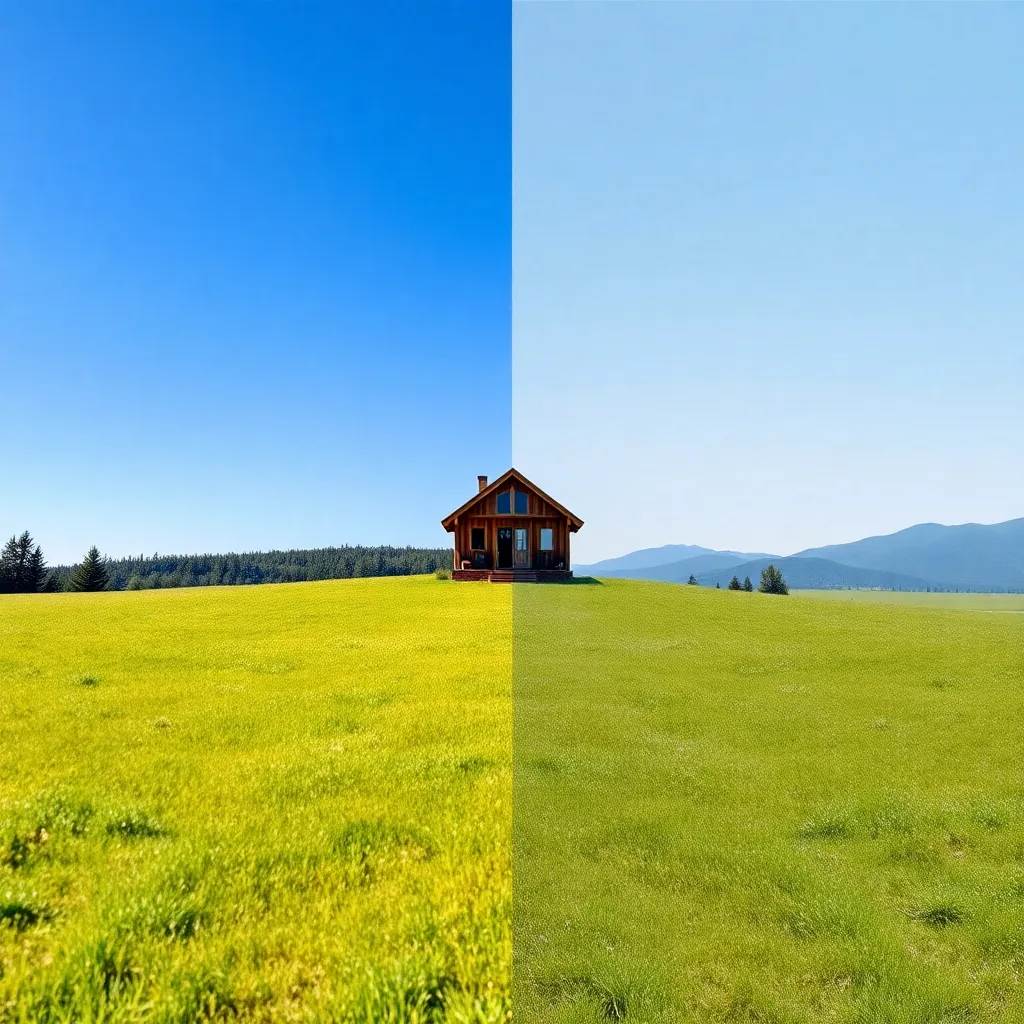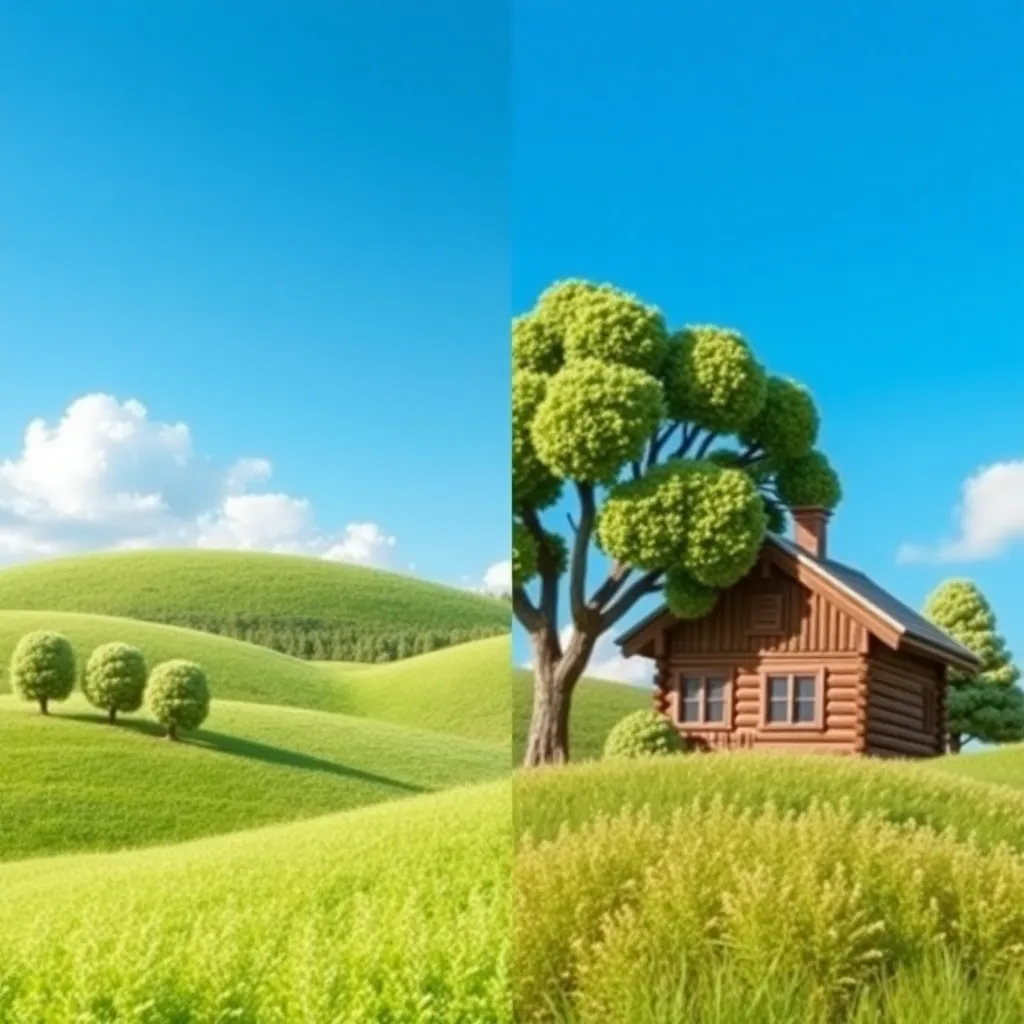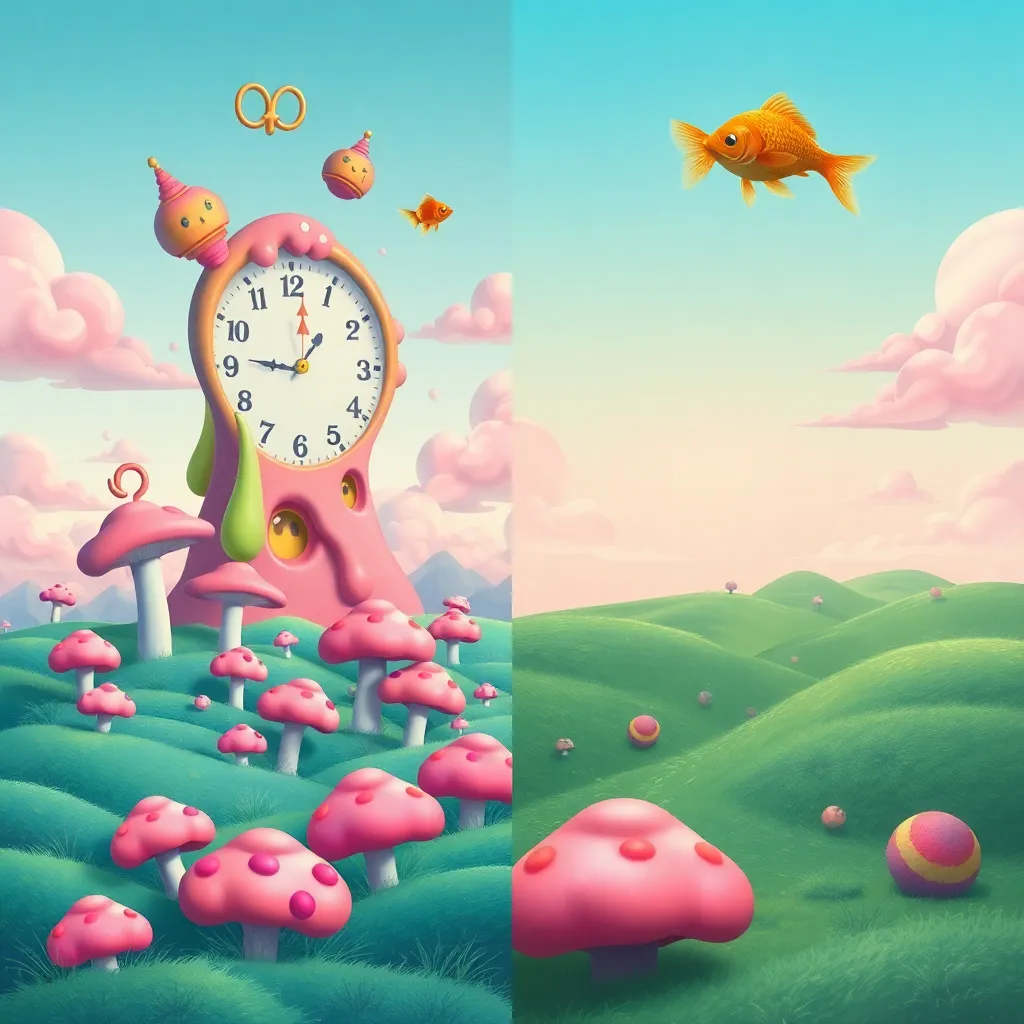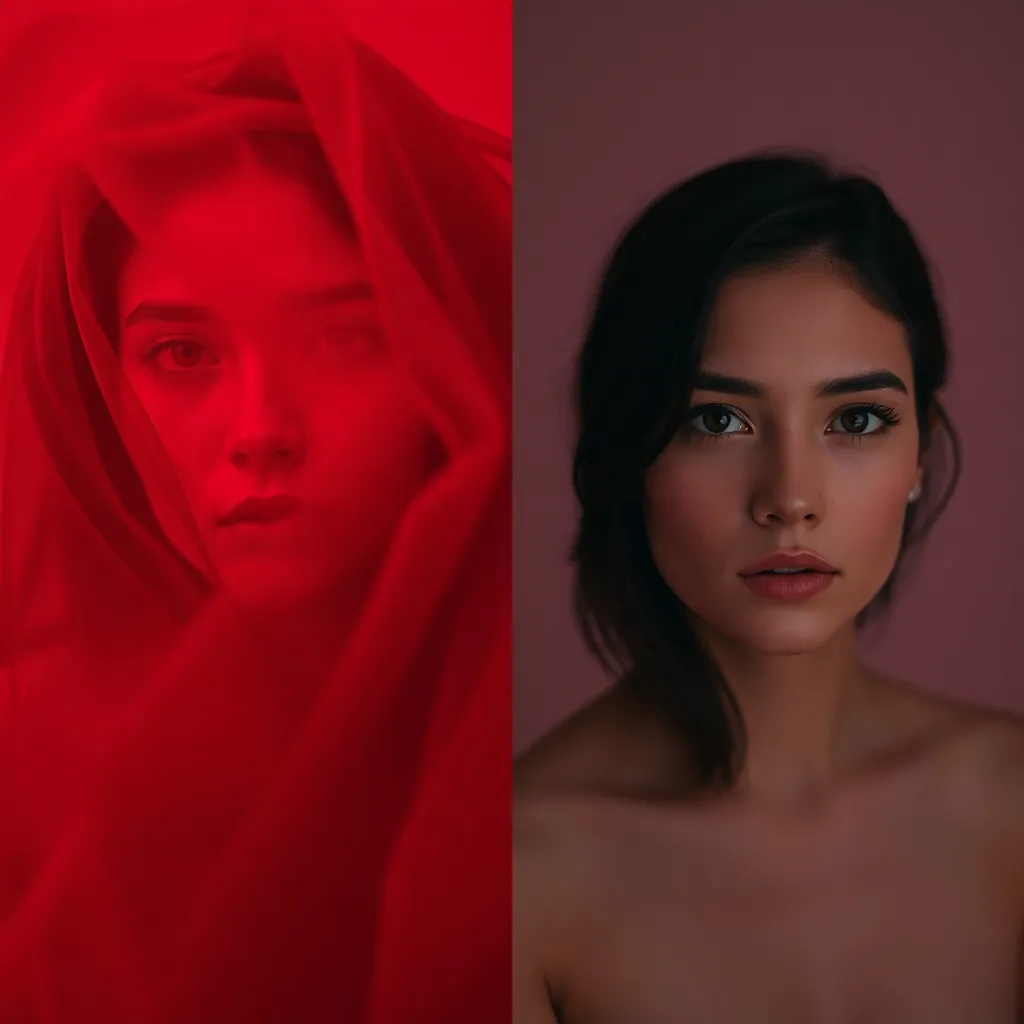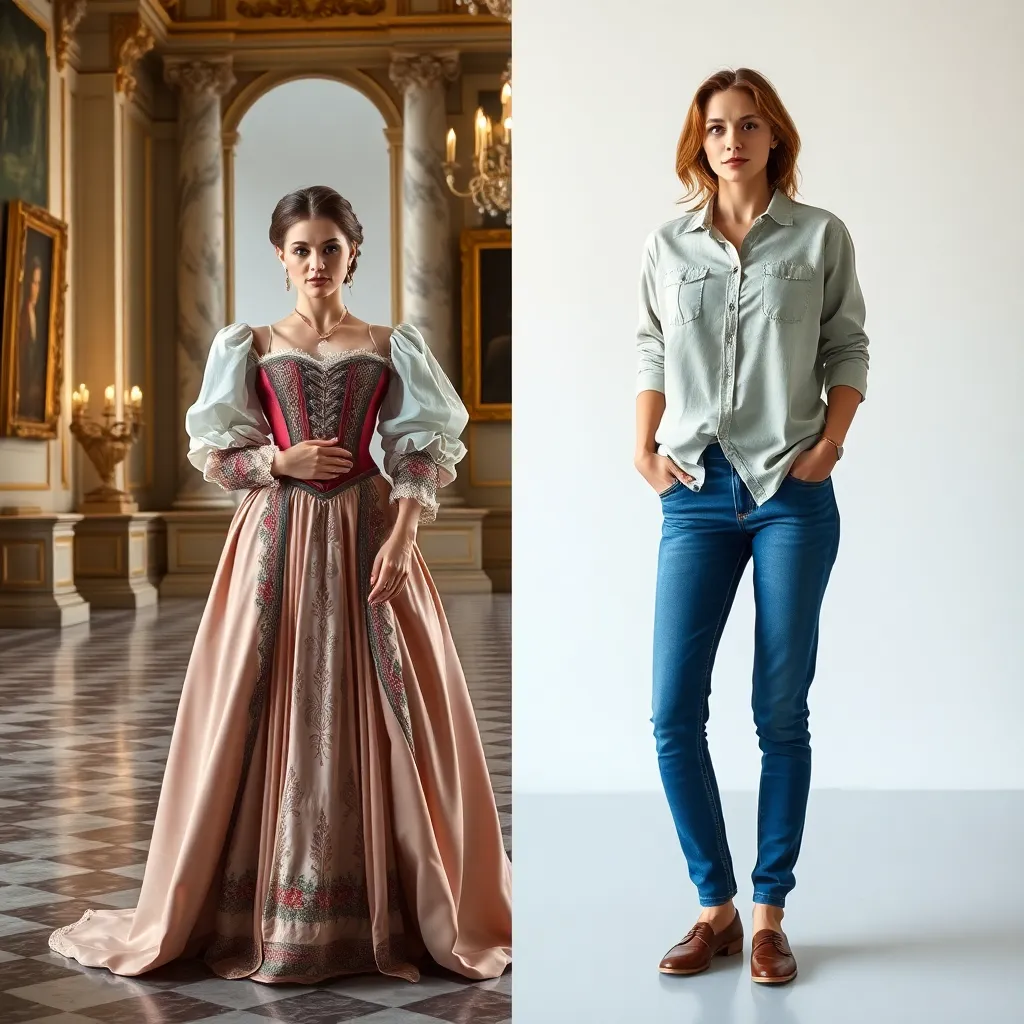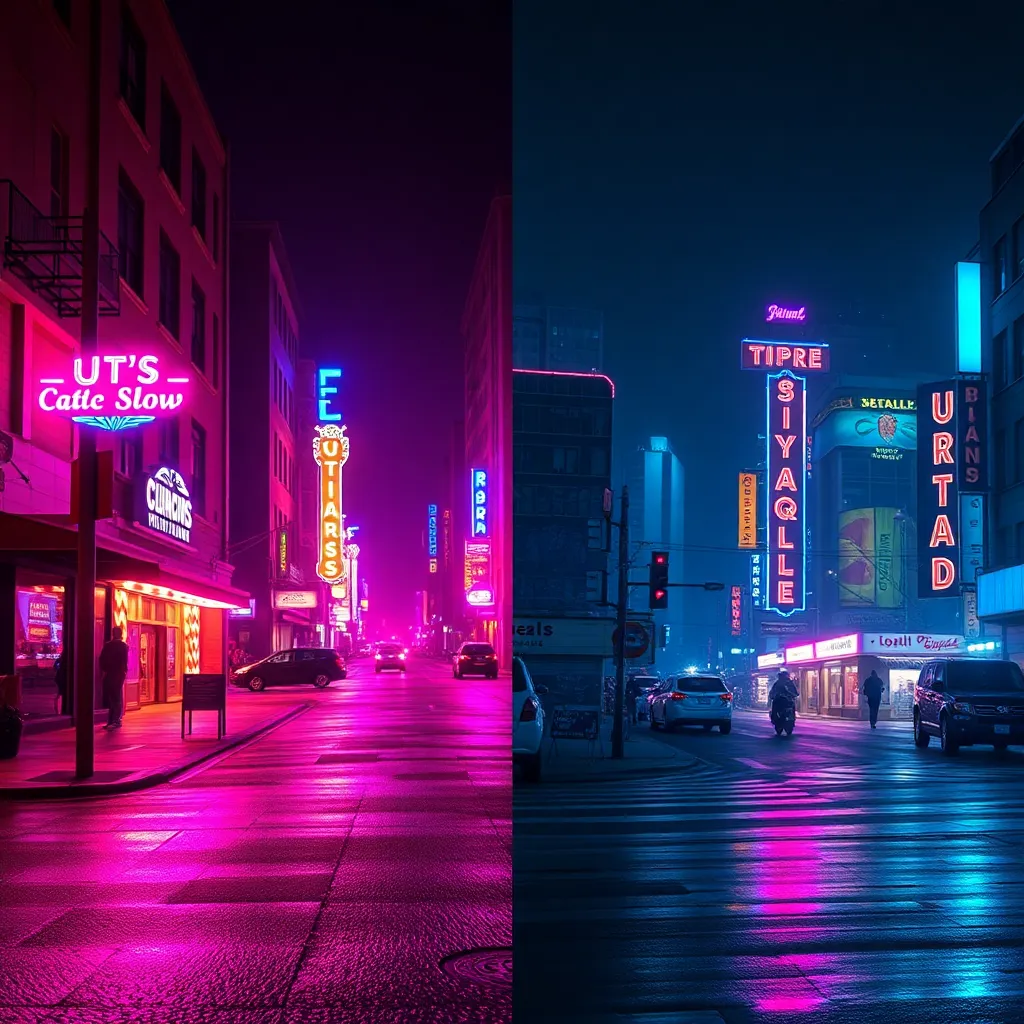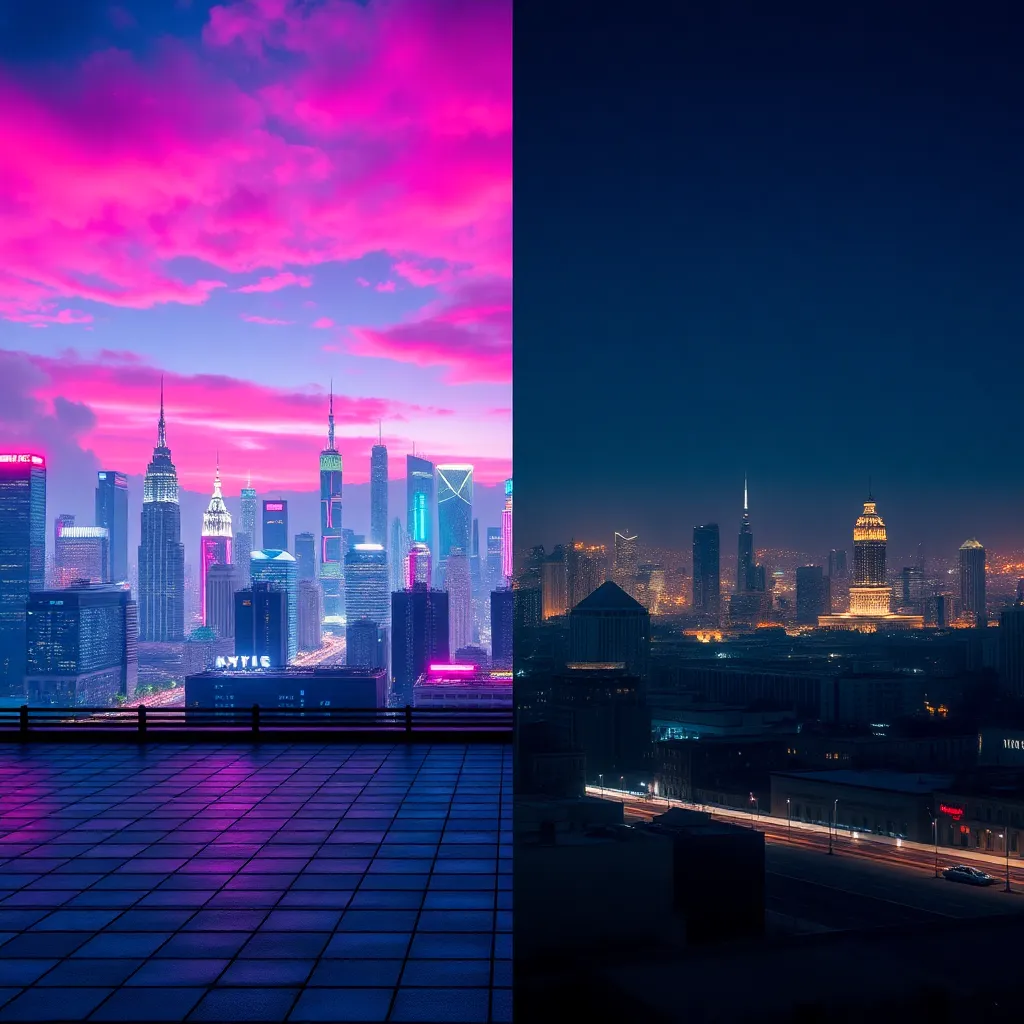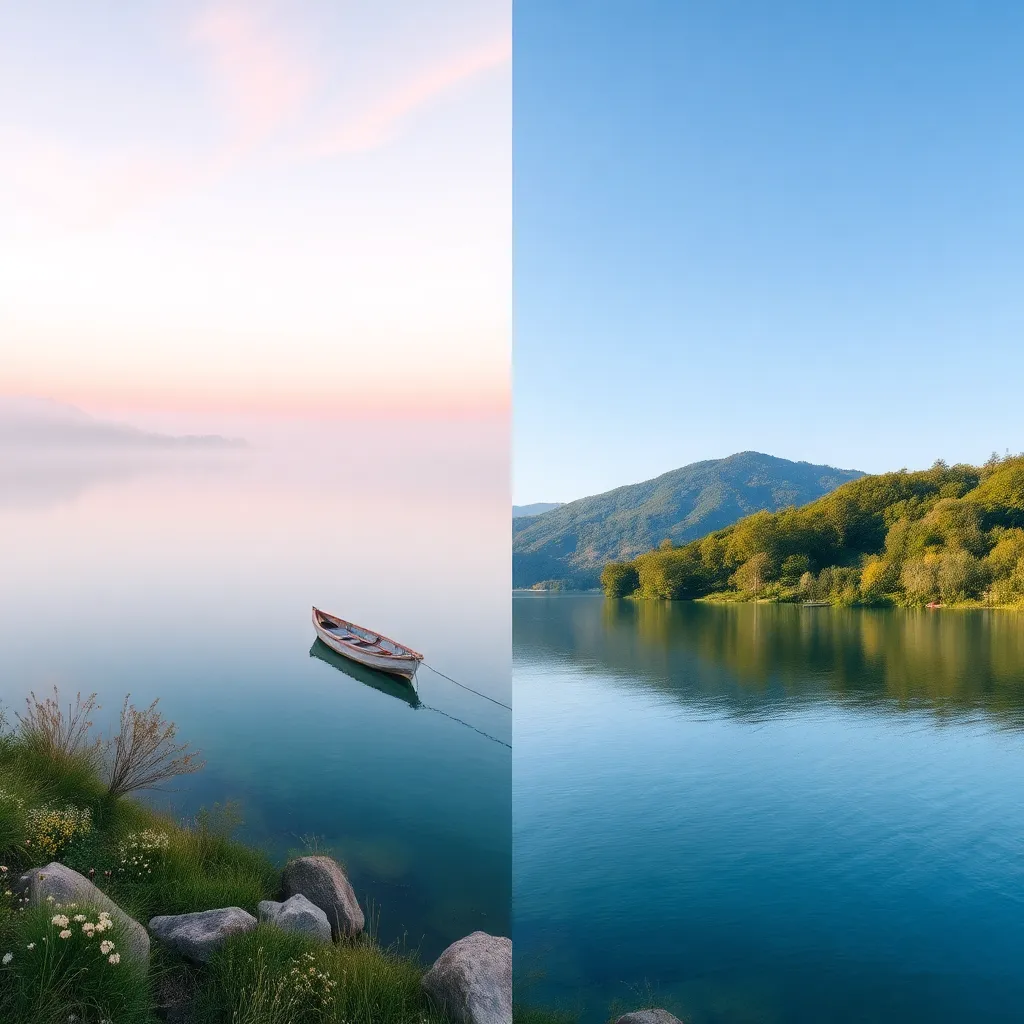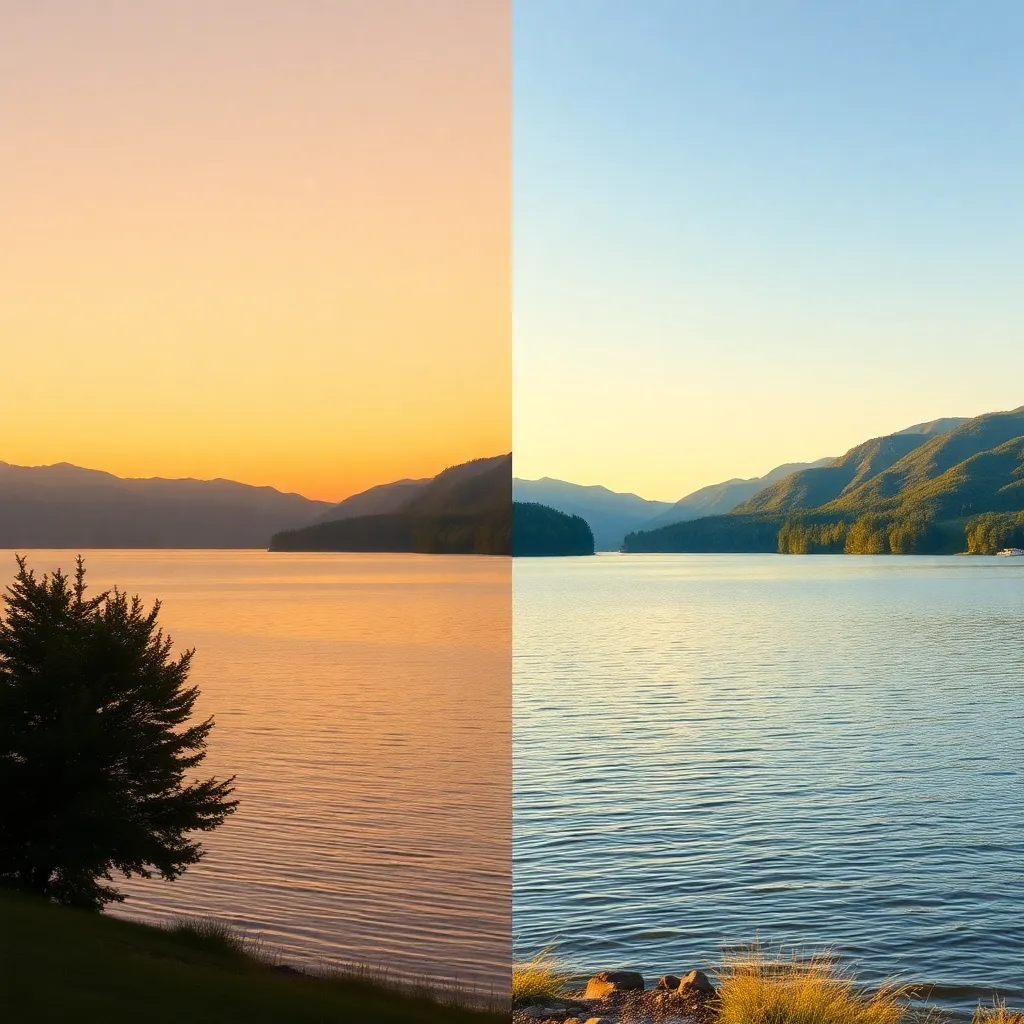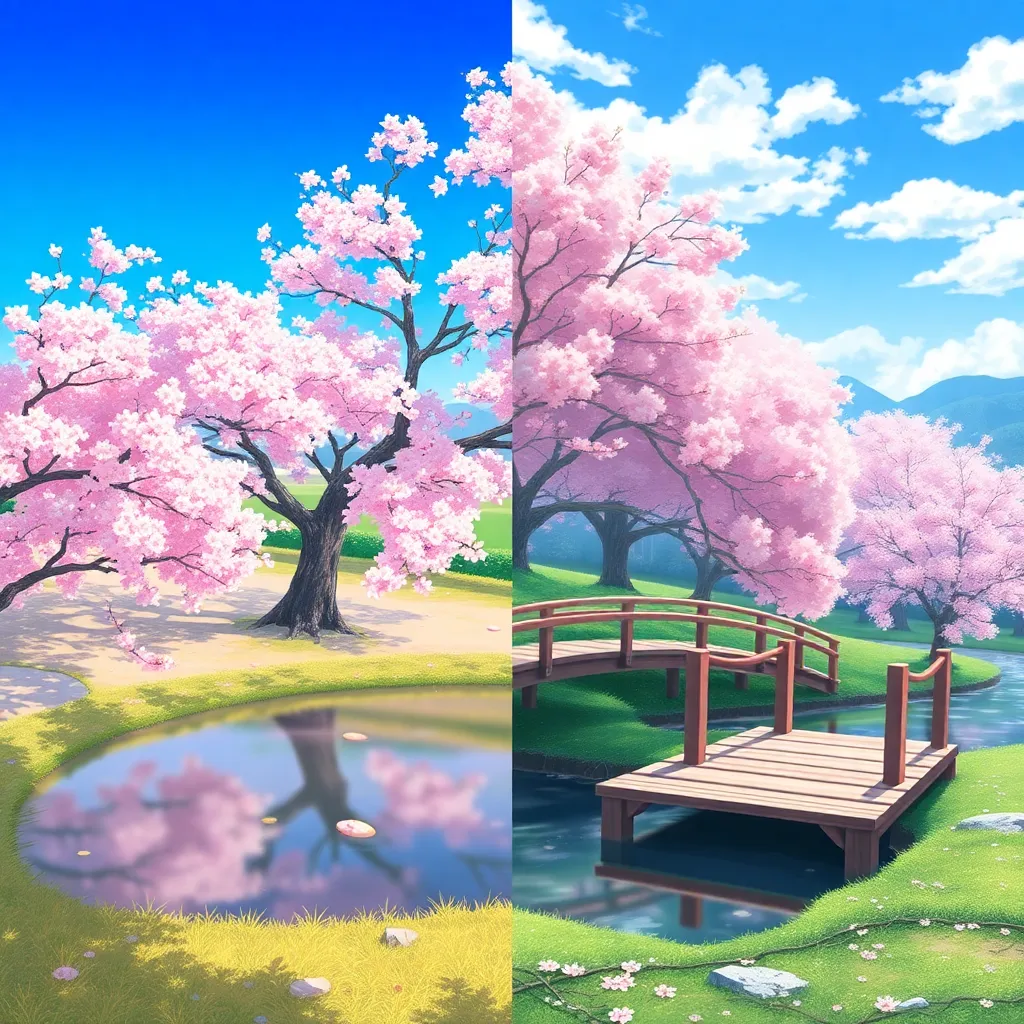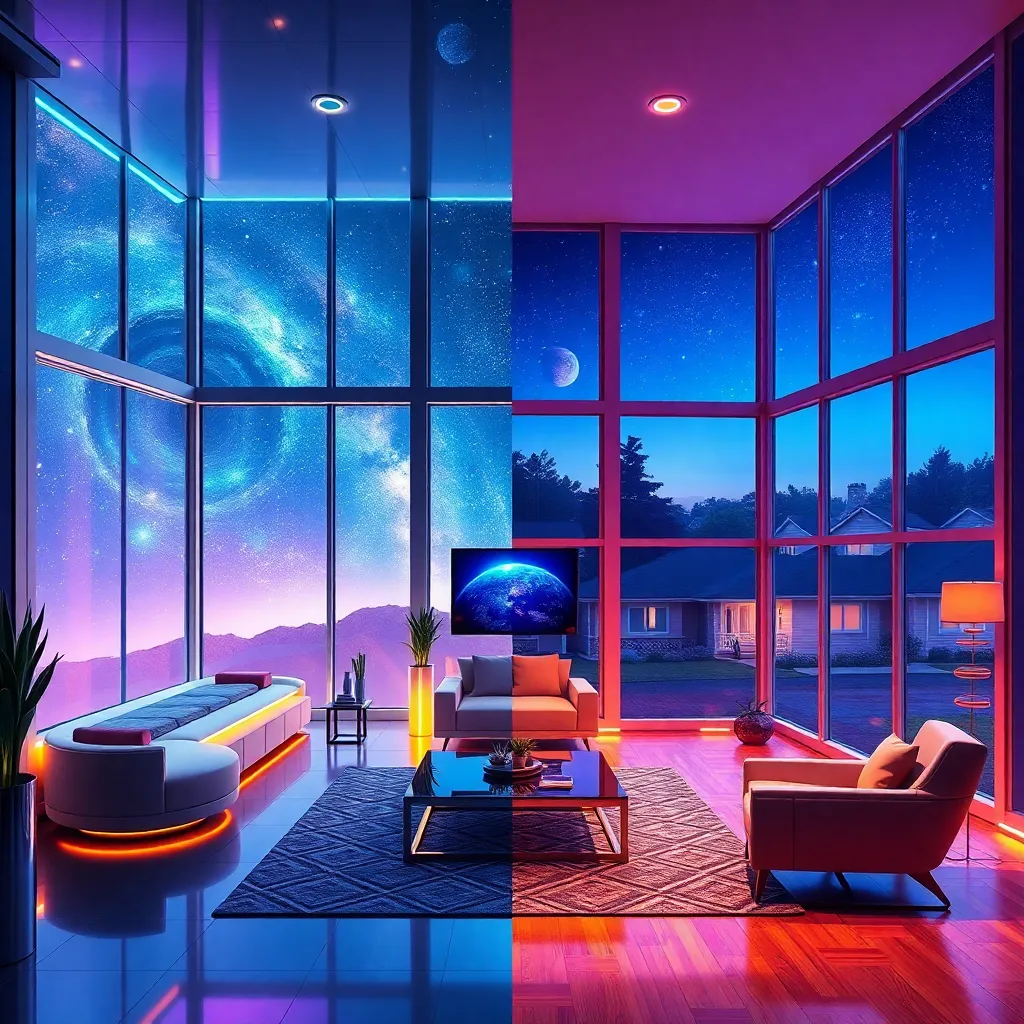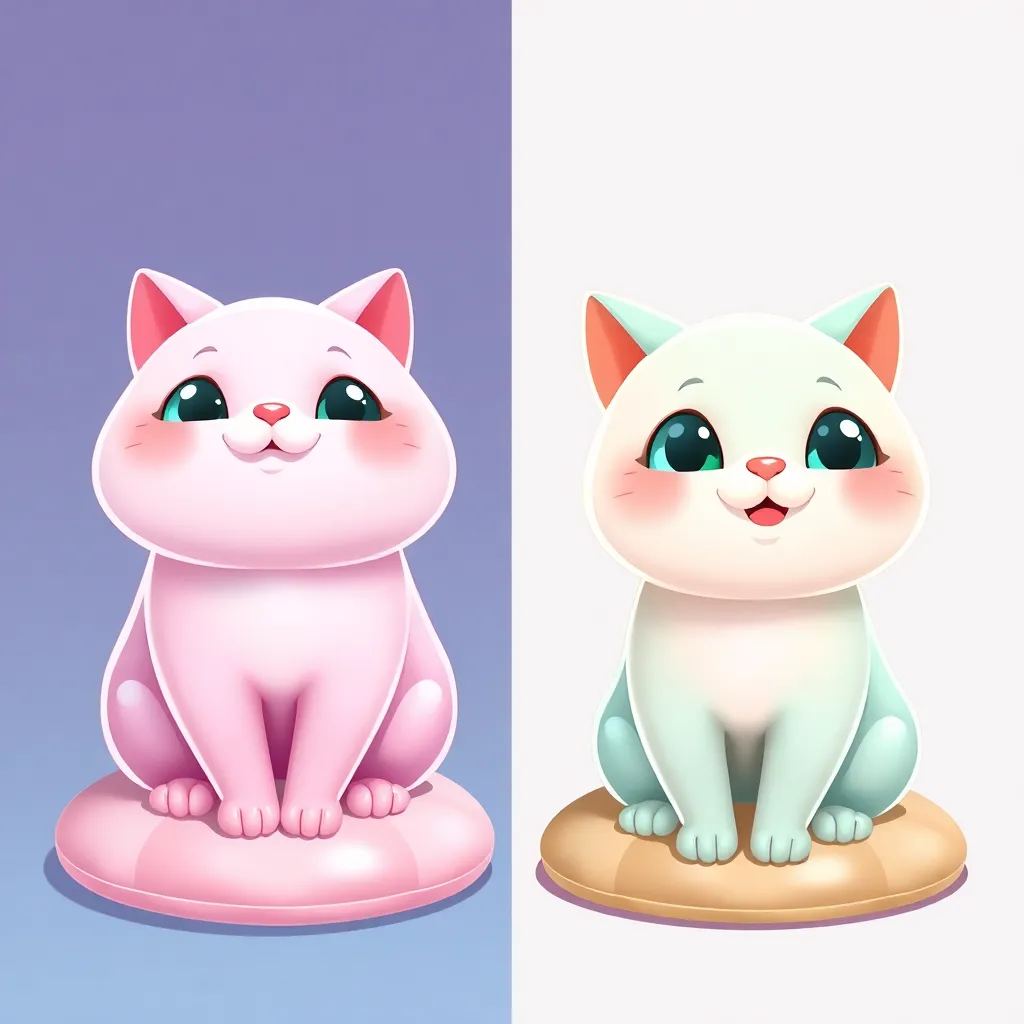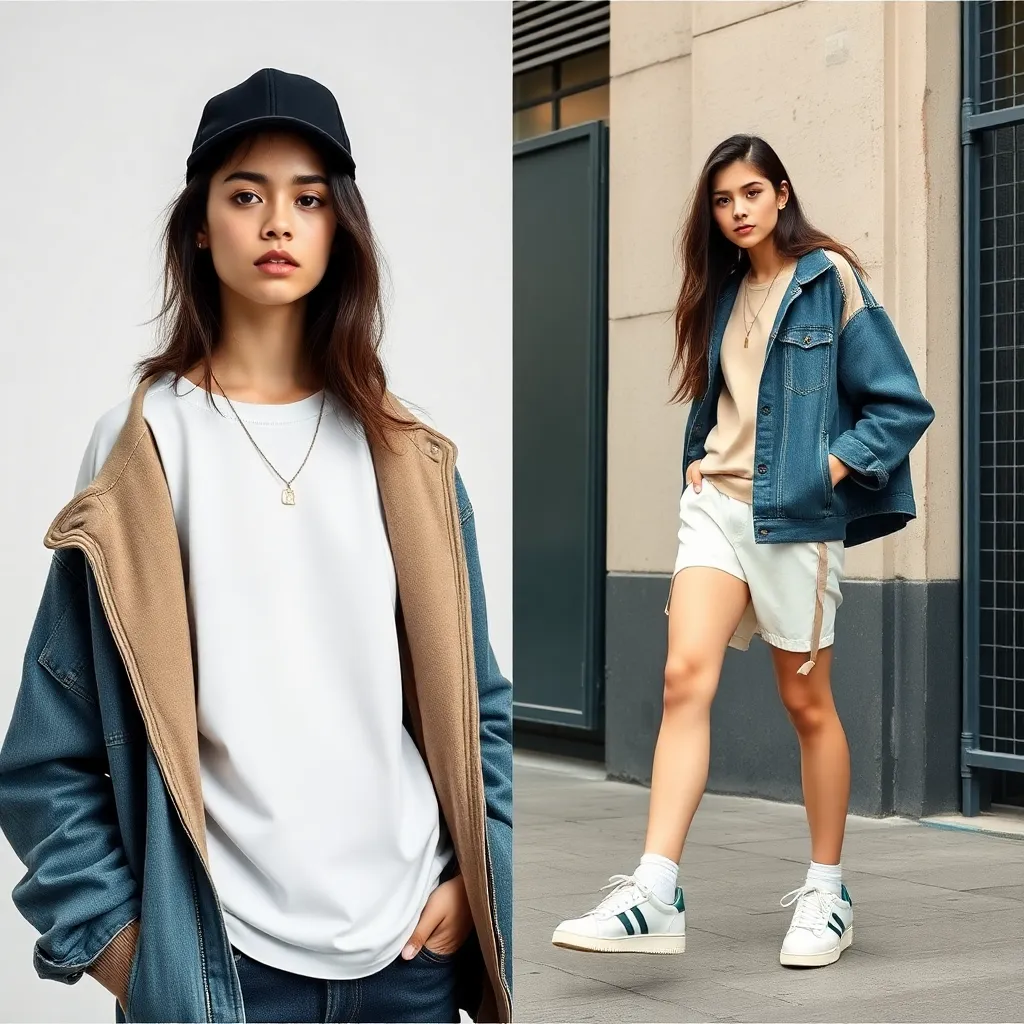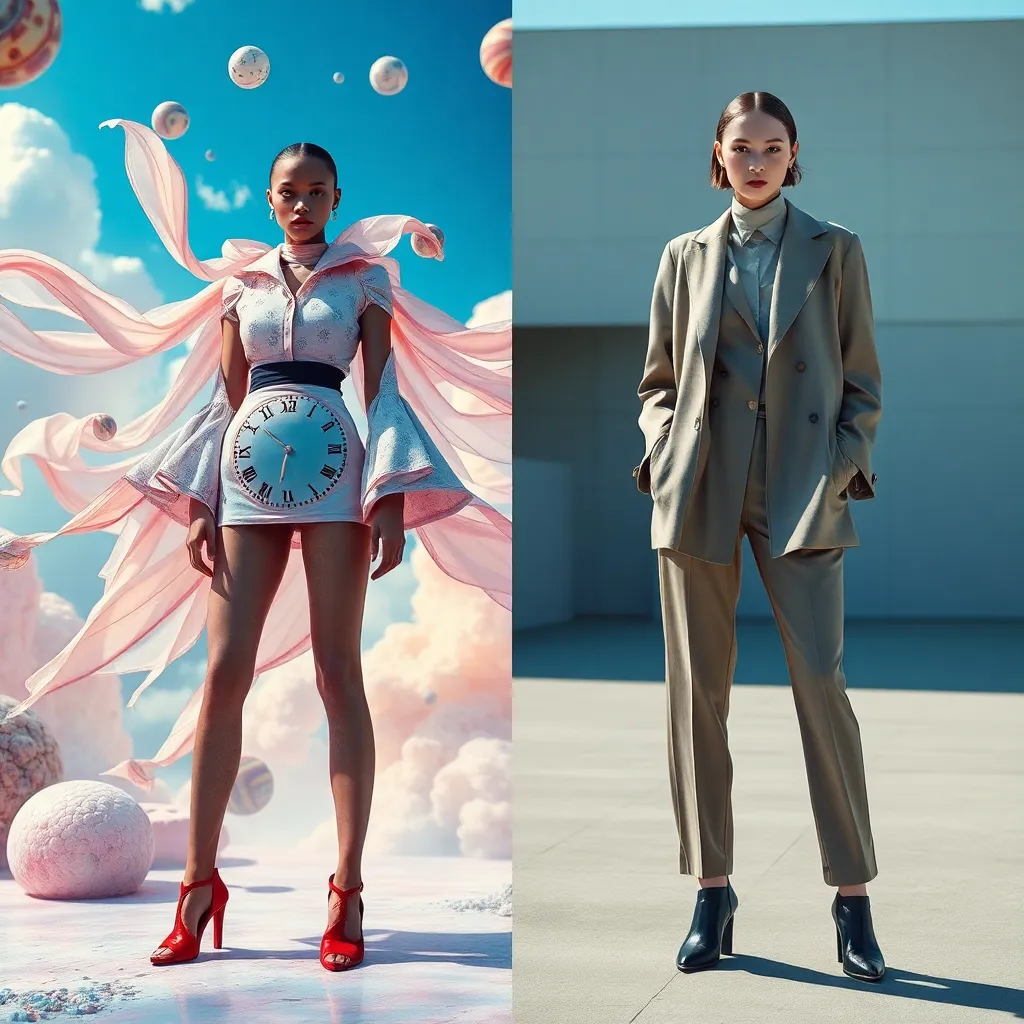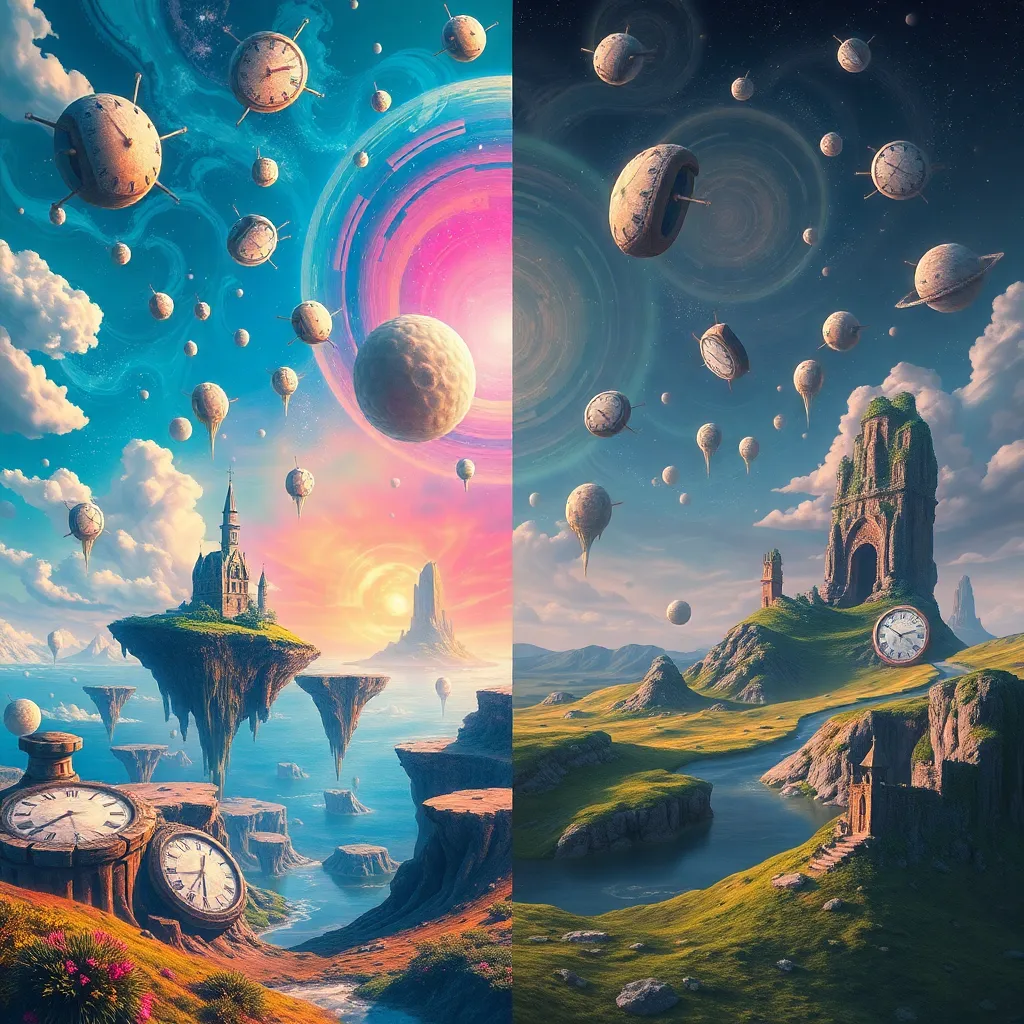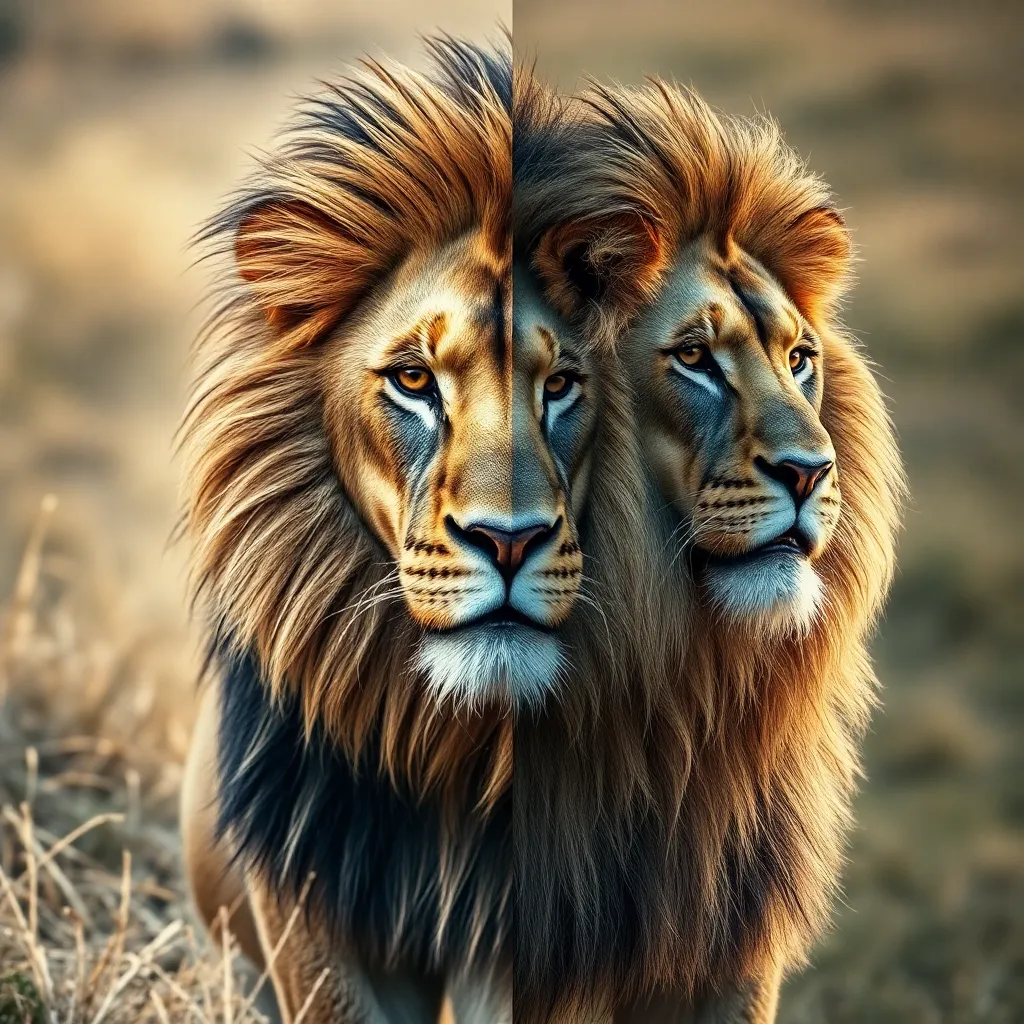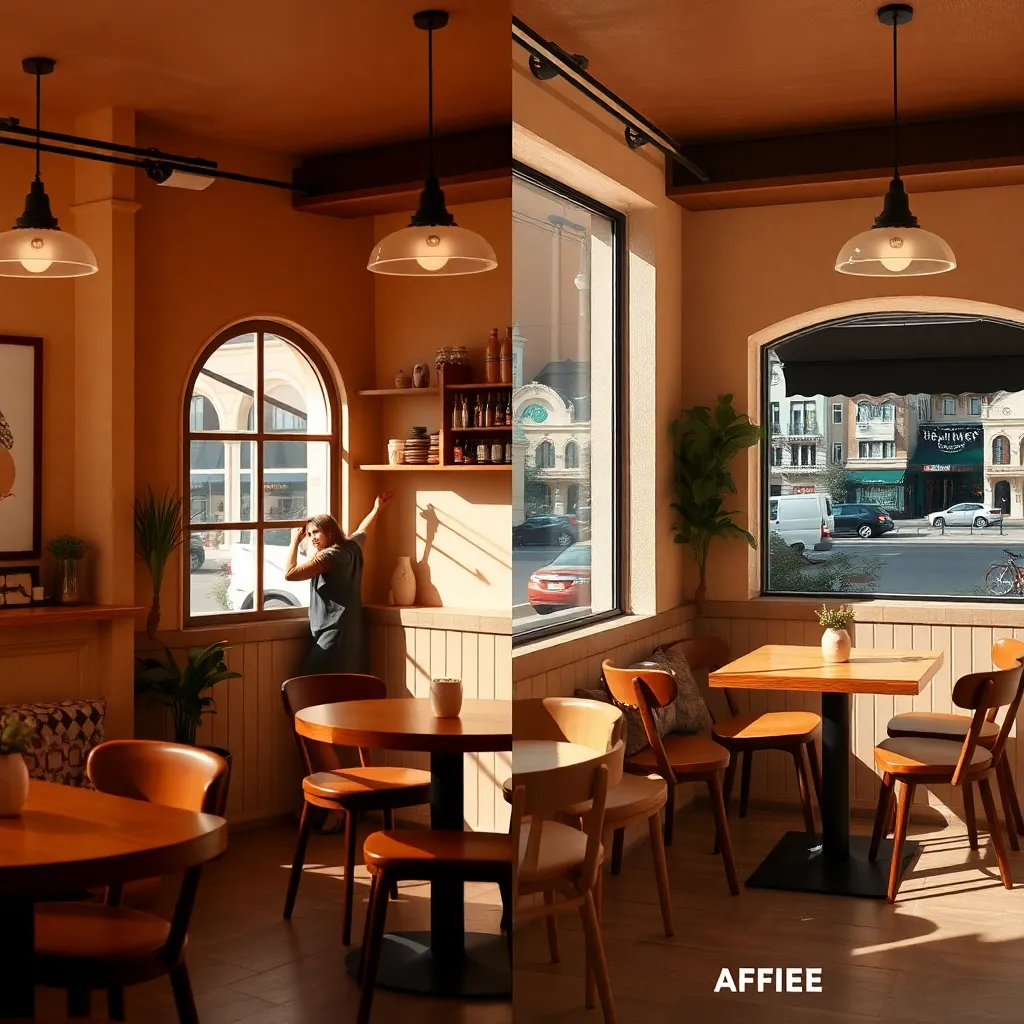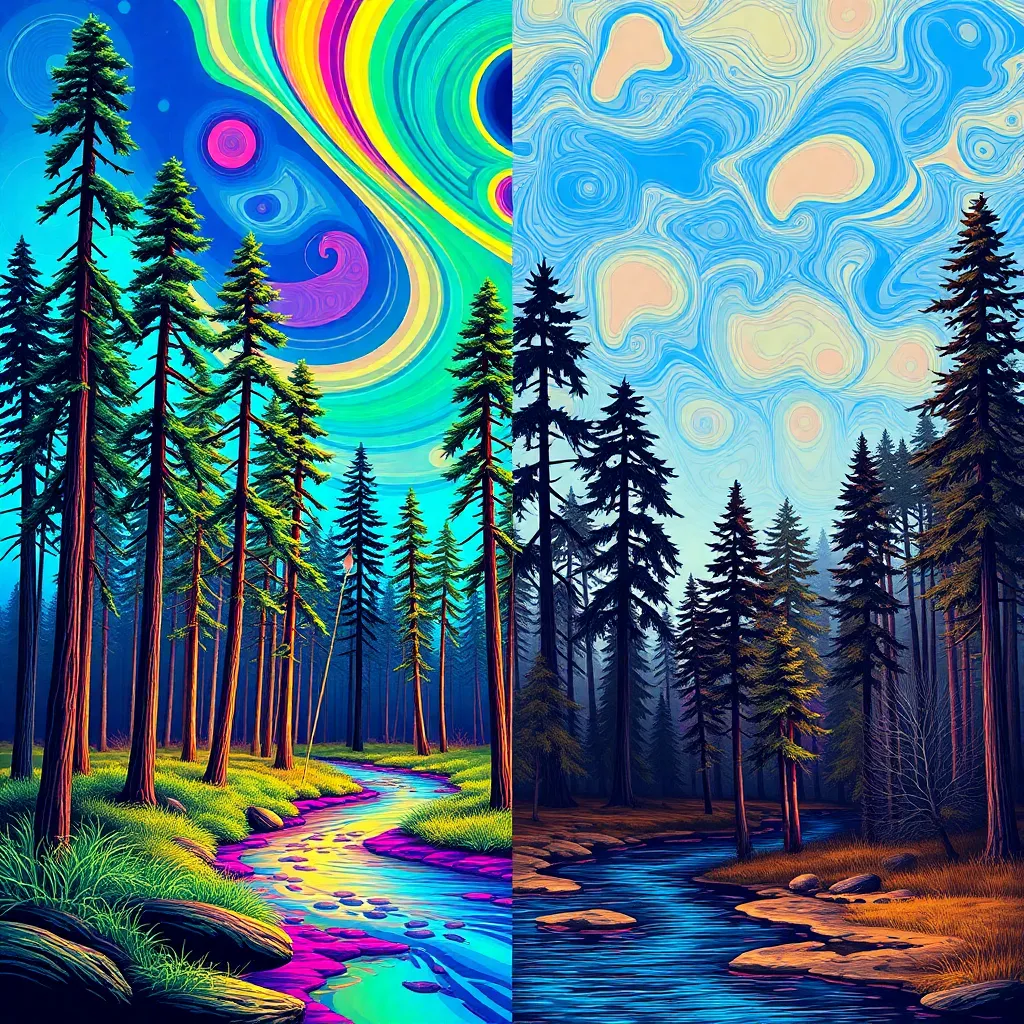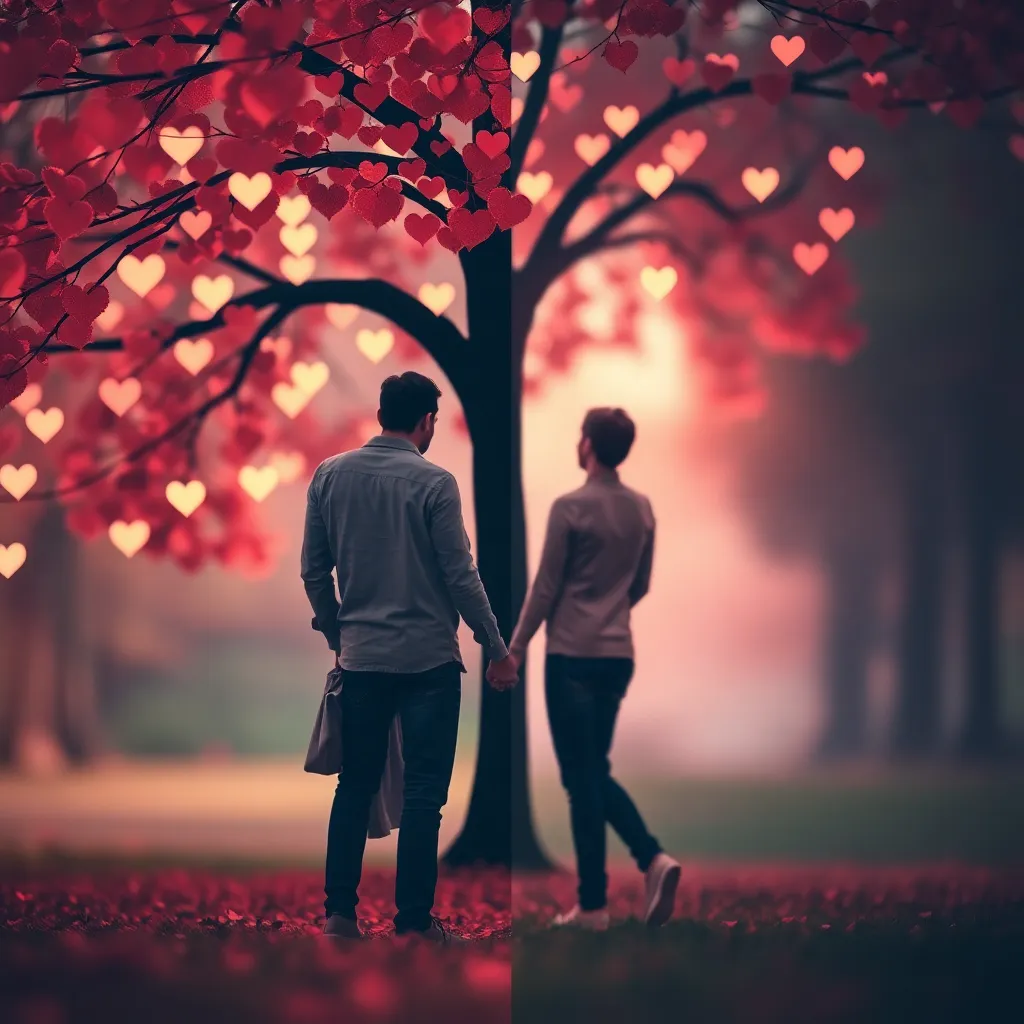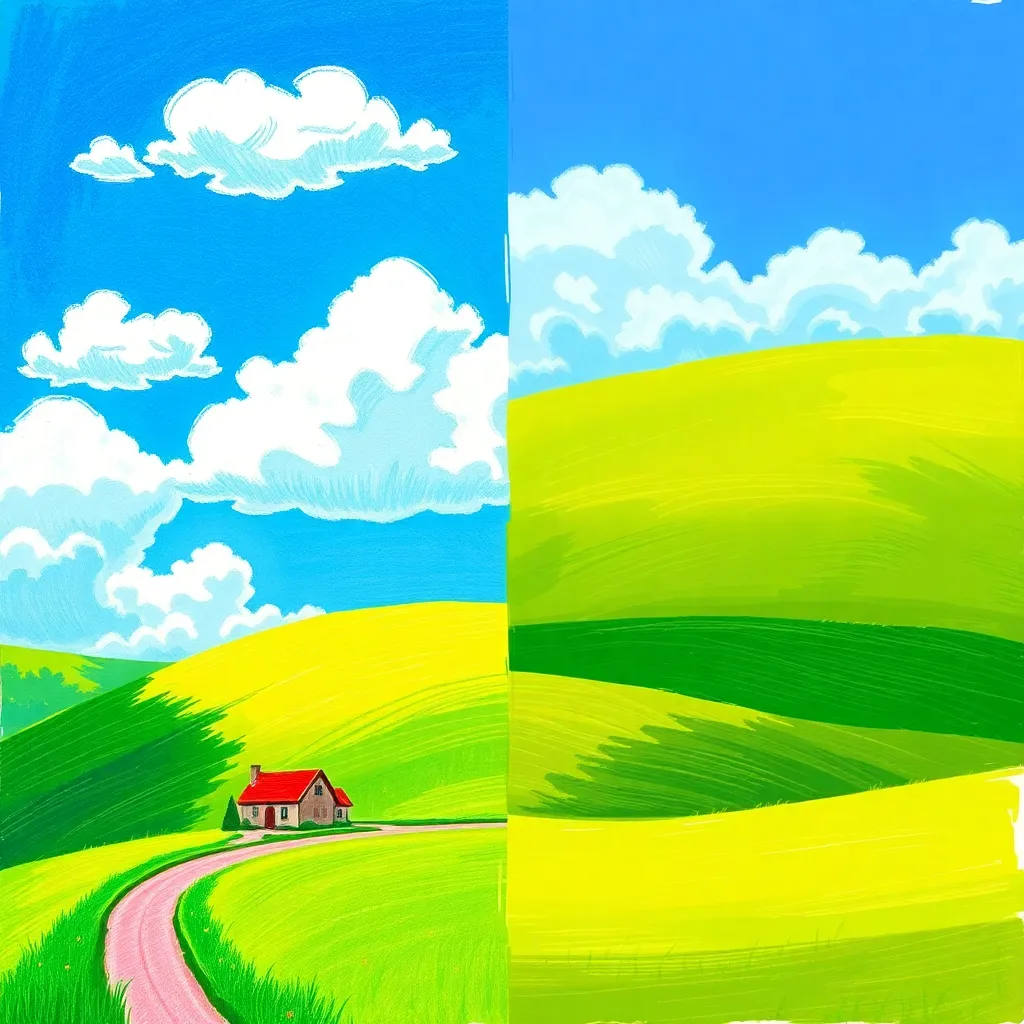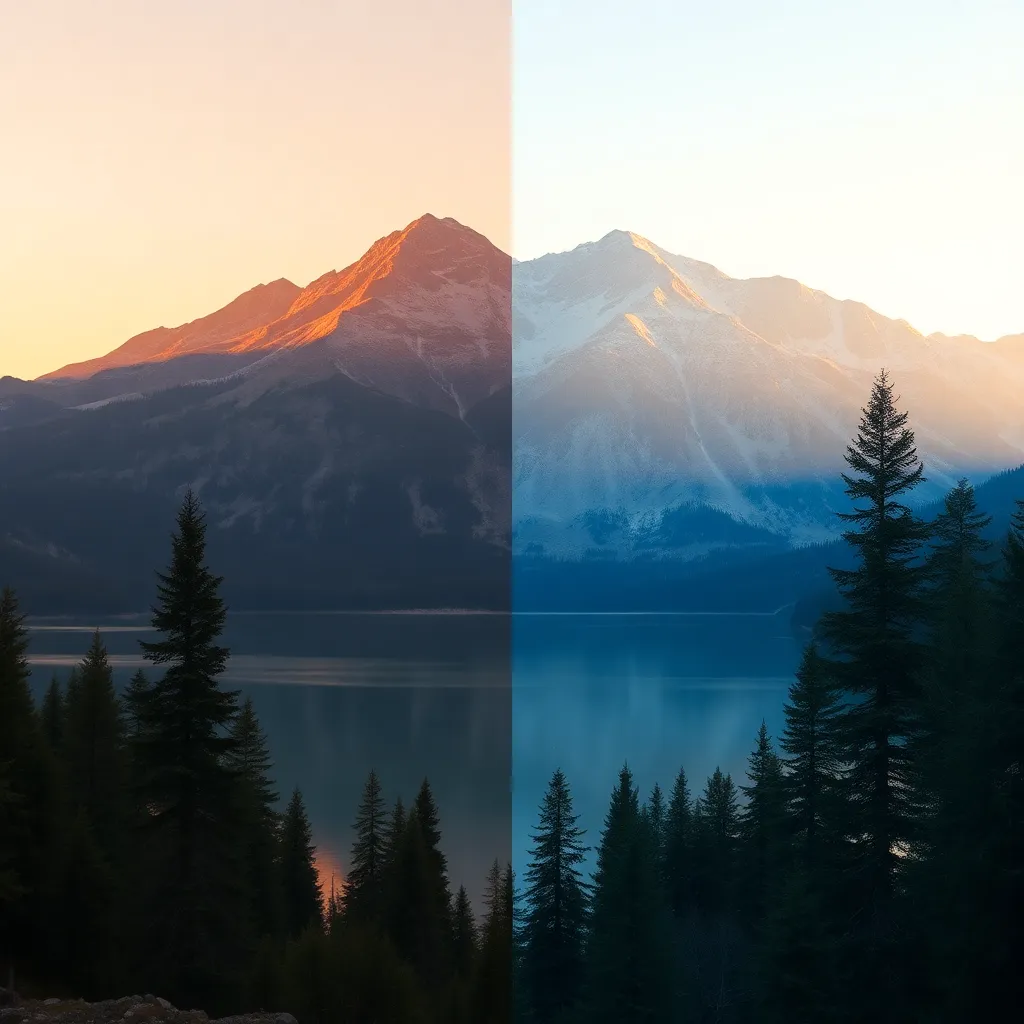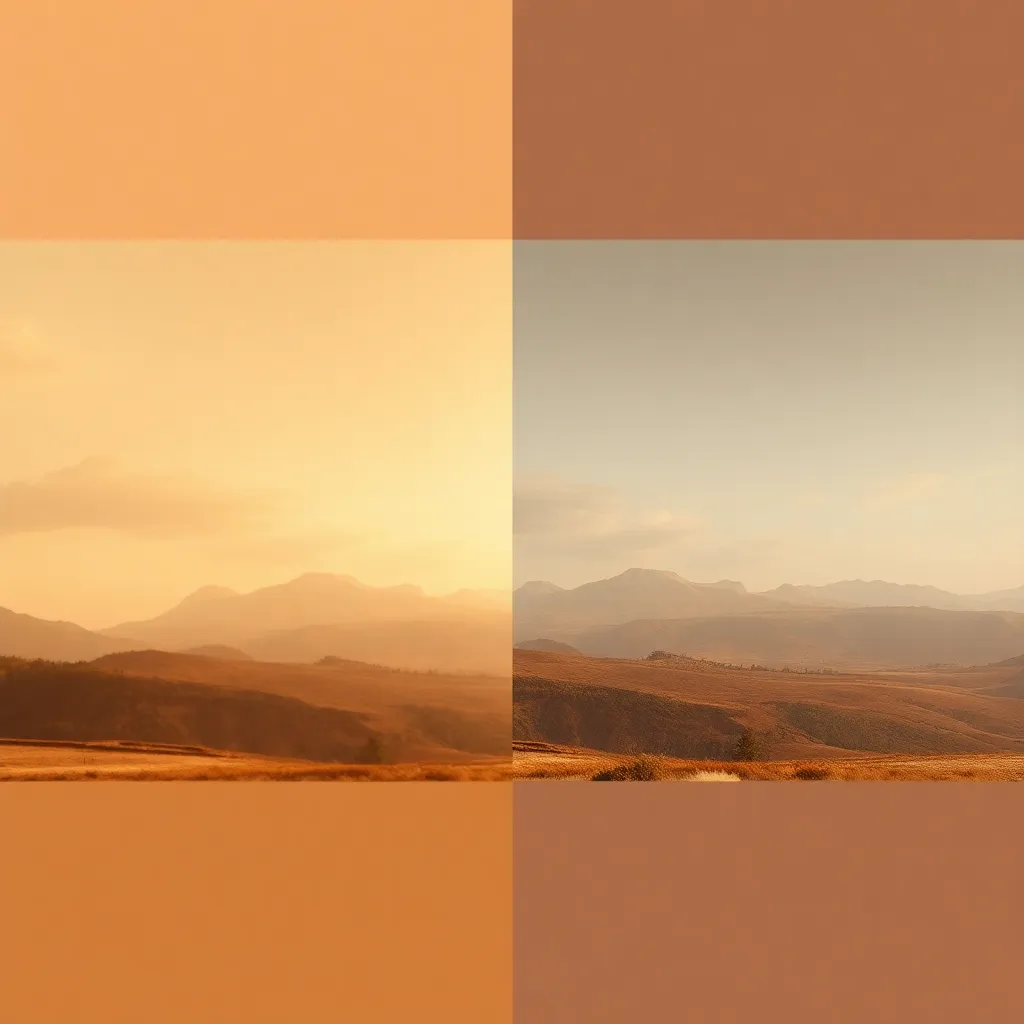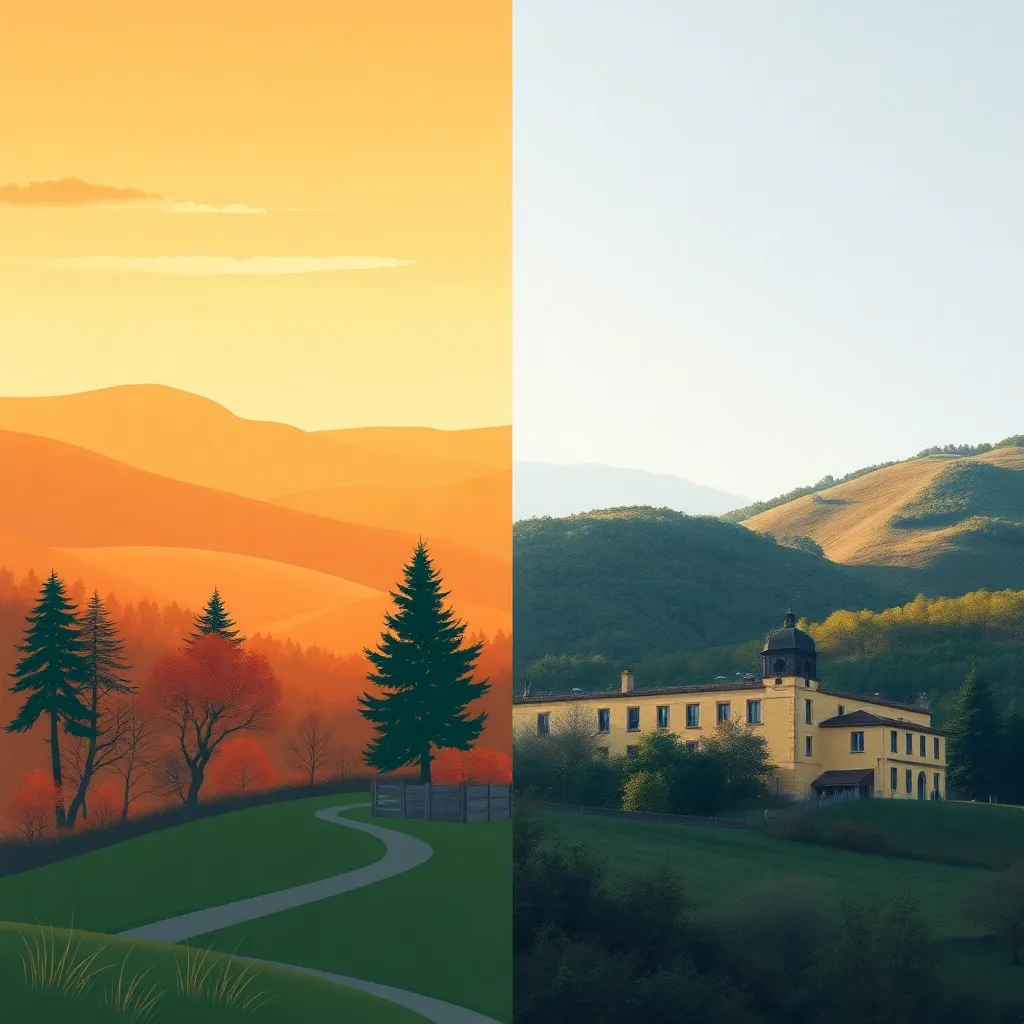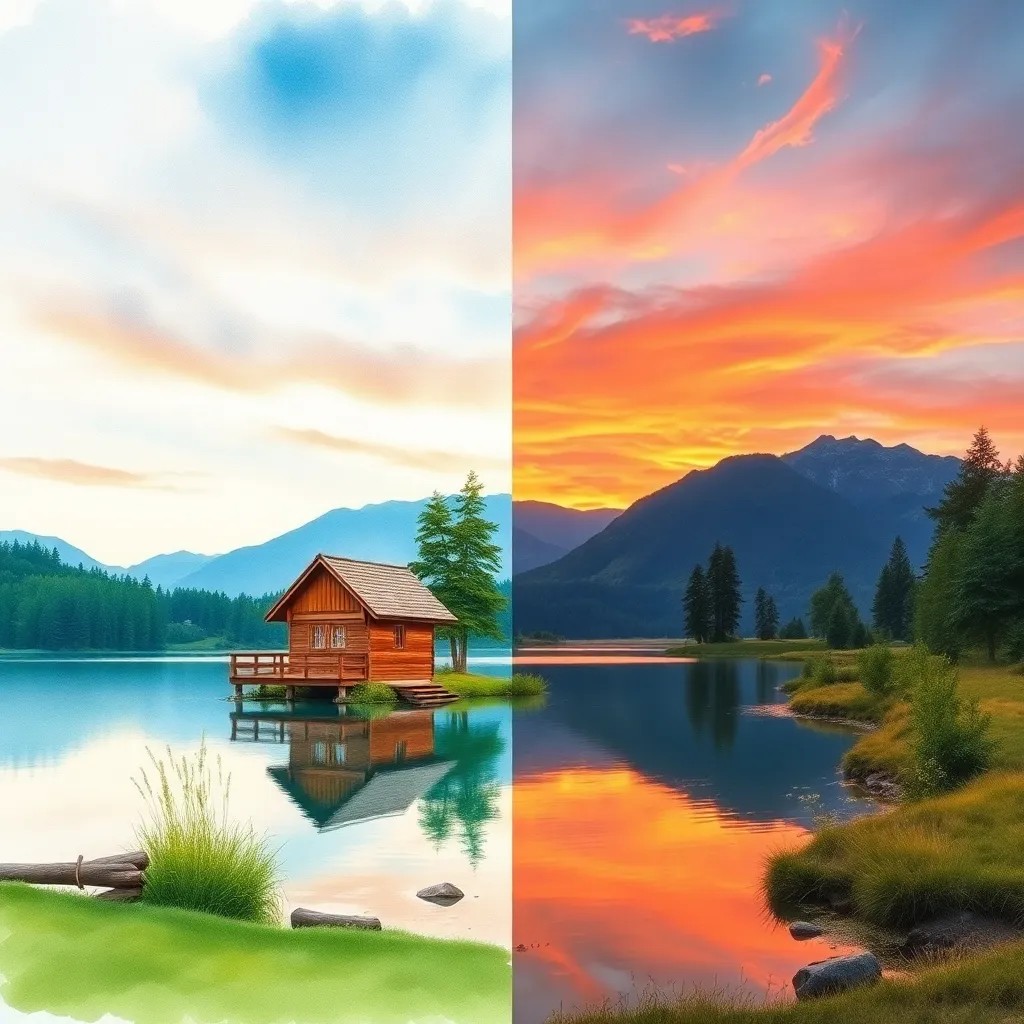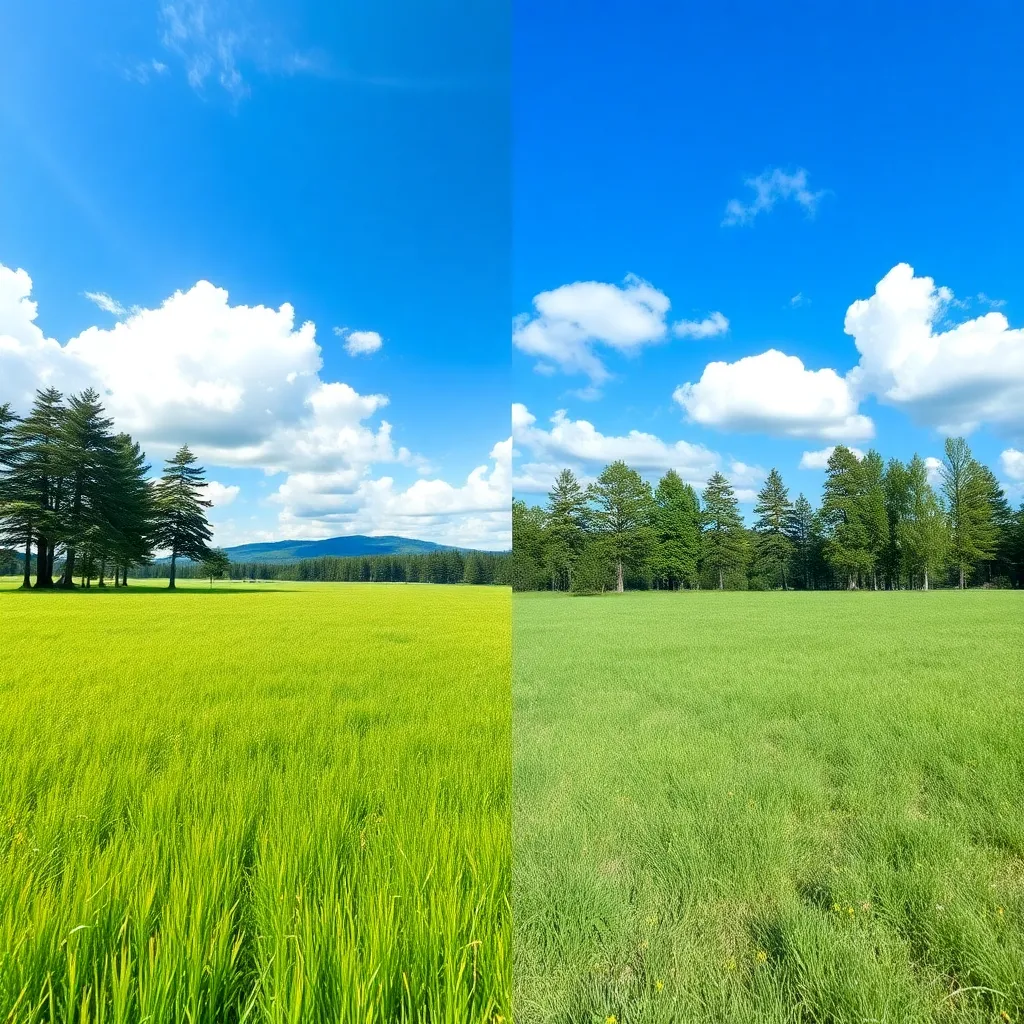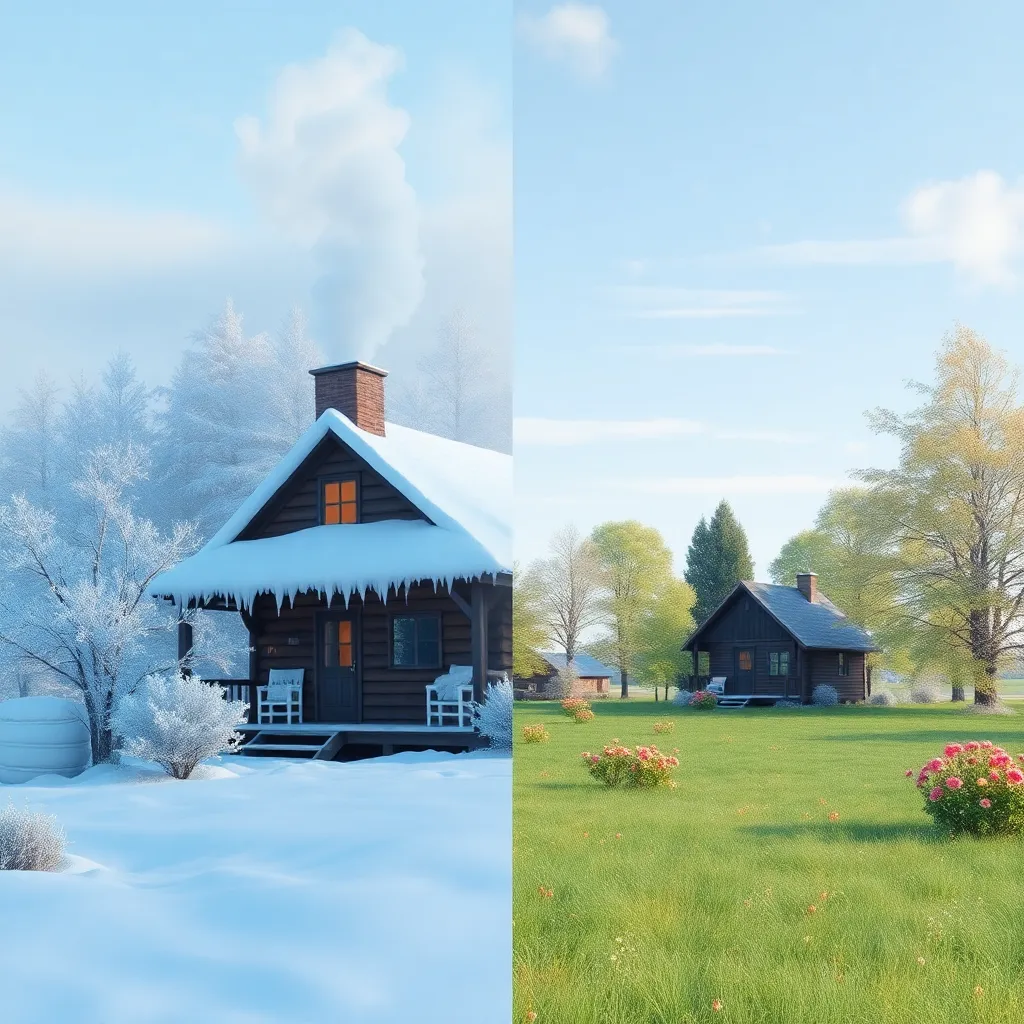What is Illustration Style? Description and History
Illustration Style in photography is a transformative visual effect that converts traditional photographs into images that mimic the look and feel of hand-drawn or digital illustrations. Unlike simple filters, Illustration Style applies sophisticated artistic techniques—such as bold outlines, stylized color fields, and textural brushwork—to reimagine a photo as a piece of expressive artwork. This approach bridges the gap between realism and creativity, offering a new way to tell stories, convey information, or express emotion through imagery.
History of Illustration Style
The roots of Illustration Style can be traced back to classical illustration in print media, including books, magazines, and posters. Early illustrators used pen, ink, watercolor, and later digital tools to create artwork for editorial and commercial purposes. With the rise of digital photography and advanced editing software, artists began to merge photography with illustration techniques. Today, AI-powered tools and advanced photo editors make it possible for anyone to apply illustration effects to their photos, blending the authenticity of a photograph with the artistic freedom of illustration.
Who is Using Illustration Style?
Illustration Style enjoys popularity across multiple creative industries:
- Graphic Designers and Illustrators: Use the effect to create eye-catching book covers, posters, and branding visuals.
- Publishers and Editors: Apply Illustration Style to editorial images in magazines, newspapers, and children’s books to add narrative flair.
- Content Creators and Marketers: Leverage the style for social media avatars, infographics, and marketing campaigns, making their visuals stand out.
- Educators: Use illustrated visuals in teaching materials to simplify complex concepts and engage learners.
- Event Planners and Promoters: Choose Illustration Style for event posters and invitations to communicate excitement and creativity.
The accessibility and versatility of Illustration Style make it suitable for professionals as well as hobbyists who want to add a personal touch to their photos.
How Does Illustration Style Enhance Photos?
Illustration Style enhances photos in several compelling ways:
1. Adds Visual Storytelling
By transforming a photo into an illustrated artwork, the style emphasizes narrative elements. Characters, environments, and moods become more pronounced, making the story behind the image clearer and more engaging.
2. Highlights Key Elements
Illustration Style allows creators to direct the viewer’s attention to specific details—such as facial expressions, objects, or landmarks—by using bold outlines, selective color, or exaggerated proportions. This is especially effective in editorial, educational, and commercial contexts.
3. Simplifies and Stylizes
Complex scenes can be simplified, unnecessary distractions removed, and the essence of the subject accentuated. Stylization can also soften harsh details, making the image more approachable and universal.
4. Evokes Emotion and Personality
With playful lines, vibrant colors, and expressive brushwork, Illustration Style infuses photos with emotion and personality. Each image gains a unique voice, making it memorable to viewers.
5. Increases Engagement
Illustrated visuals tend to attract more attention in print, digital, and social media contexts. Their distinctive look stands out in crowded feeds, inviting viewers to pause and engage with the content.
Use Cases of Illustration Style
Illustration Style is versatile and shines in a variety of photography and design scenarios:
1. Children’s Books and Storytelling
Illustration Style brings characters and scenes to life, captivating young readers and making stories memorable. Whimsical colors and imaginative details foster creativity and emotional connection.
2. Editorial and Magazine Design
Editorial illustrations clarify complex topics, add visual interest to articles, and break up dense text. The style can convey tone—serious, playful, or informative—at a glance.
Illustrated avatars and profile images set individuals apart on platforms like Instagram, Twitter, and LinkedIn. They communicate personality, creativity, and professionalism.
4. Travel Guides and Maps
Illustrated maps are both informative and inviting, helping readers navigate cities and attractions. Artistic elements make landmarks and routes easy to understand and remember.
5. Culinary Content and Recipe Cards
Illustrated recipe cards add warmth and charm to food photography, making recipes not only easy to follow but visually appealing—ideal for cookbooks, blogs, and social sharing.
6. Event Posters and Promotional Materials
Bold, expressive illustrations generate excitement for concerts, festivals, and community events. They communicate the event’s energy and theme instantly, drawing in potential attendees.
Pro Tips for Using Illustration Style
- Start with a Strong Photo: The best illustrated effects start with clear, well-composed photos. Choose images with distinct subjects and good lighting.
- Match Style to Purpose: Consider the audience and context. Use playful styles for children’s content and cleaner styles for editorial or professional uses.
- Experiment with Color and Linework: Adjust color palettes and outlines to emphasize mood or brand identity. Vibrant colors energize, while muted tones calm.
- Keep It Readable: For maps, recipes, or infographics, clarity is crucial. Ensure that essential details remain legible after the illustration effect is applied.
- Leverage AI Tools: Use AI-based generators, like Photomatic, to quickly experiment with different illustration styles and find the perfect fit for your project.
Conclusion
Illustration Style is a powerful tool for anyone looking to transform ordinary photographs into extraordinary works of art. Its ability to convey stories, highlight information, and engage viewers makes it indispensable across creative fields. Whether you’re designing a children’s book, promoting an event, or building your personal brand, Illustration Style opens up endless possibilities for visual storytelling and artistic expression. Try it today and see your images in a whole new light!
